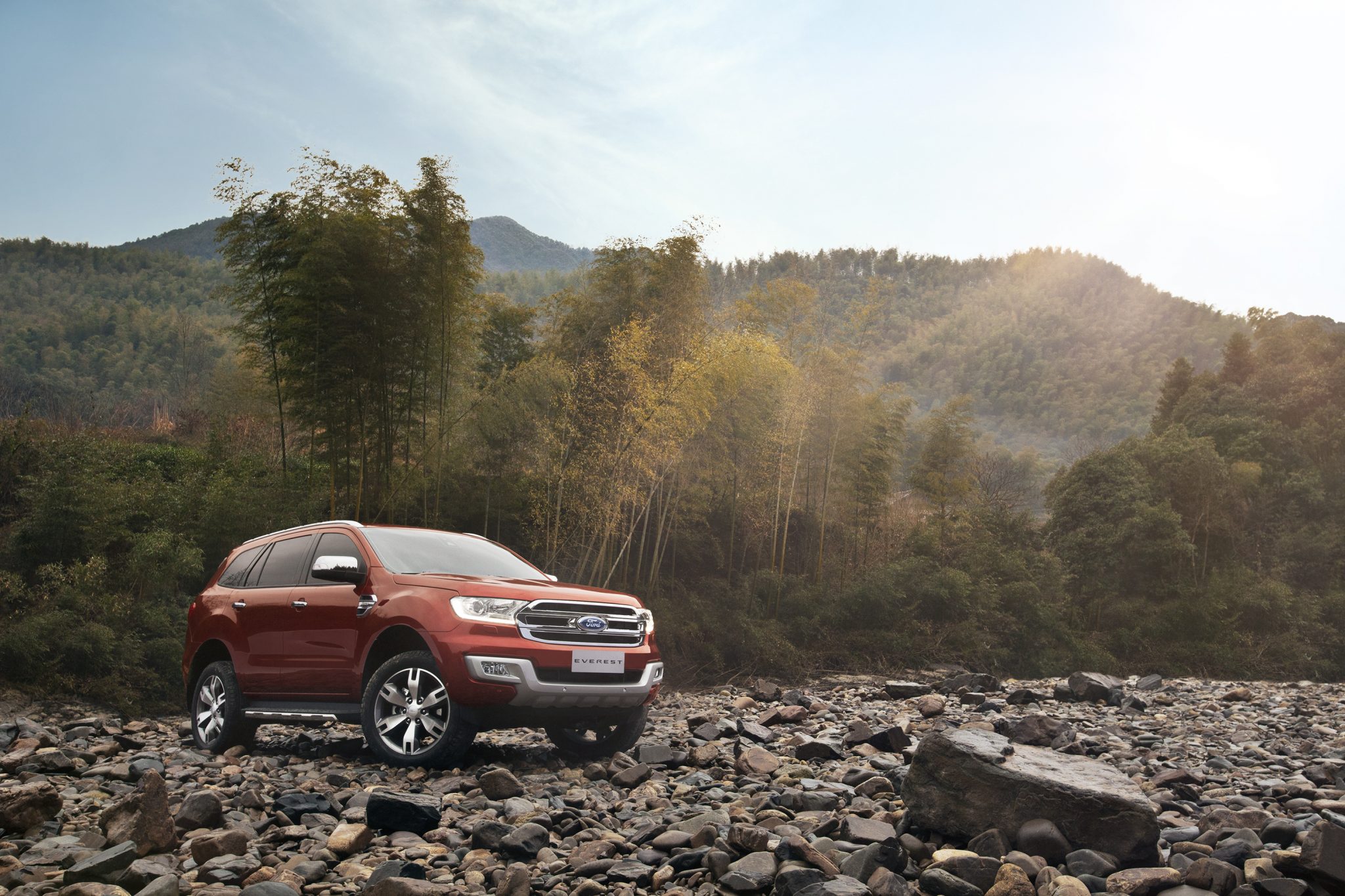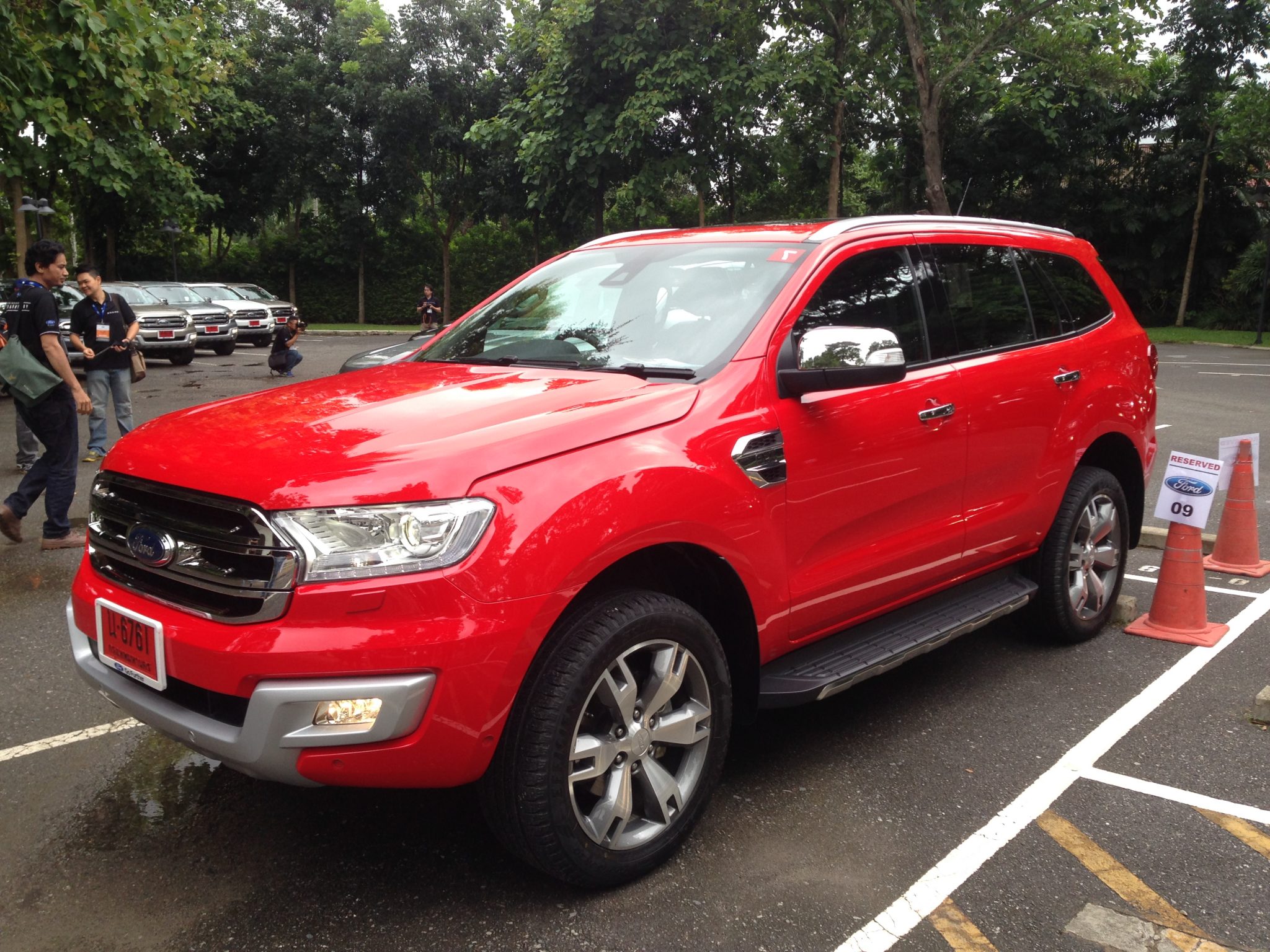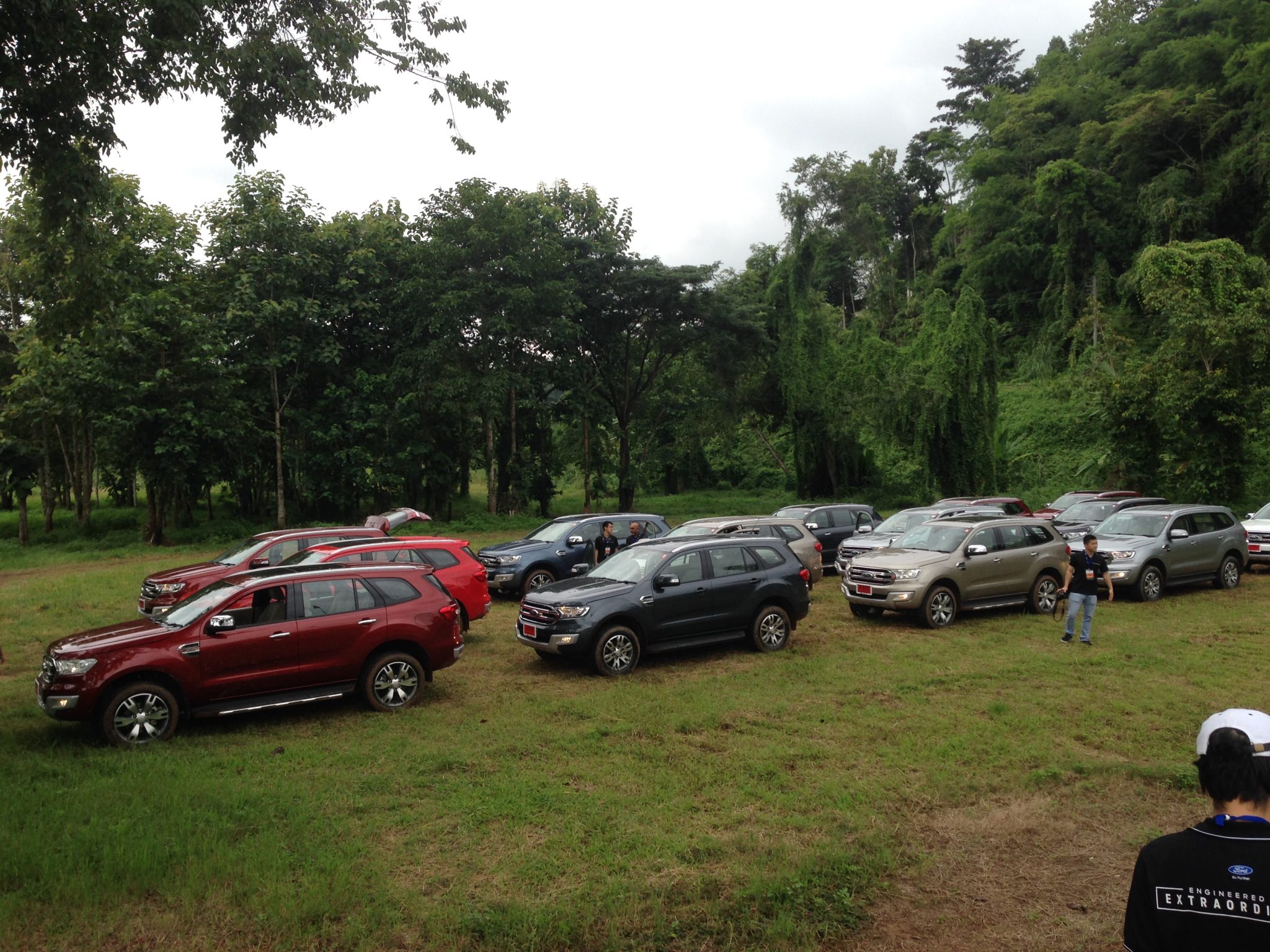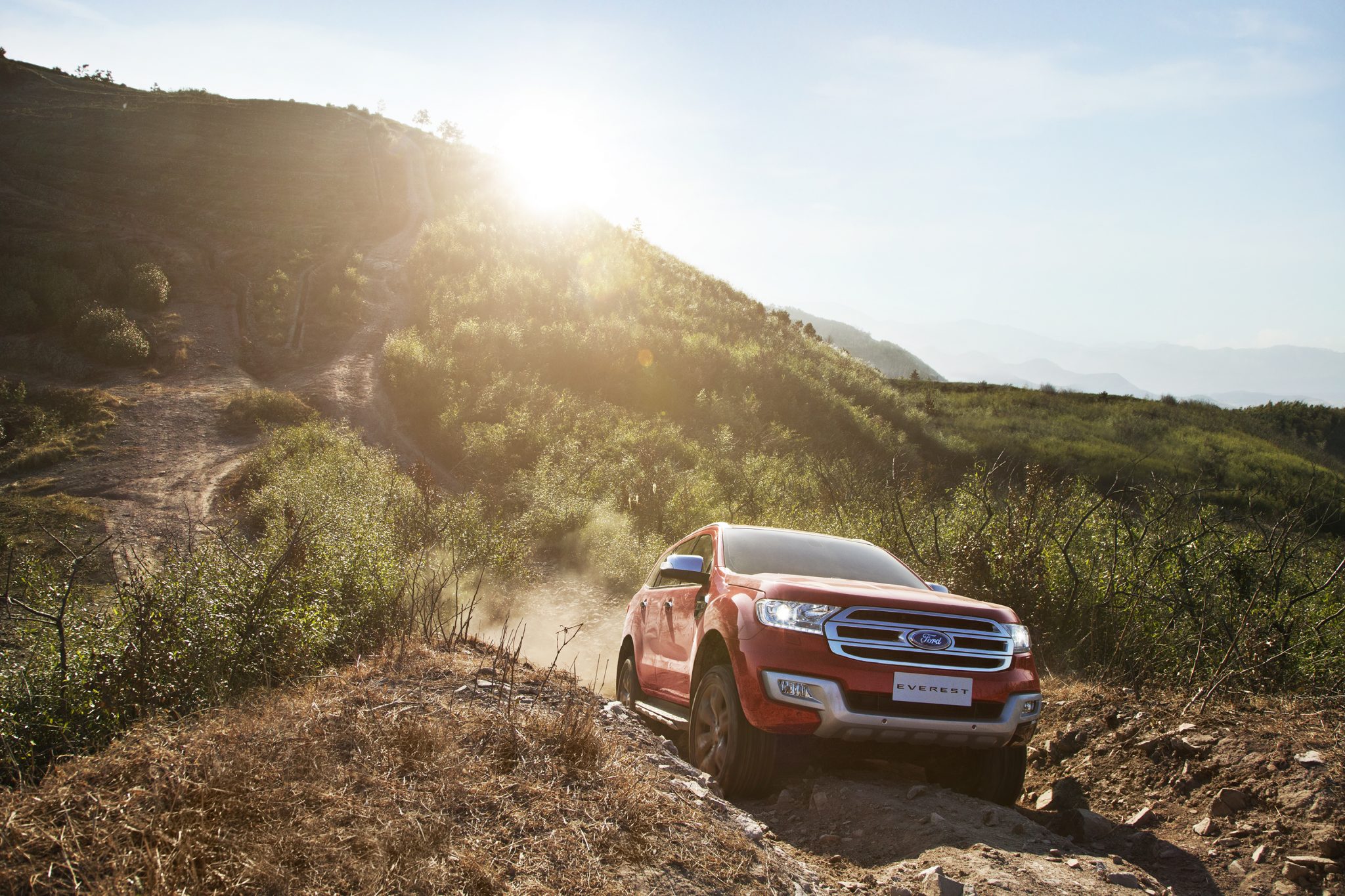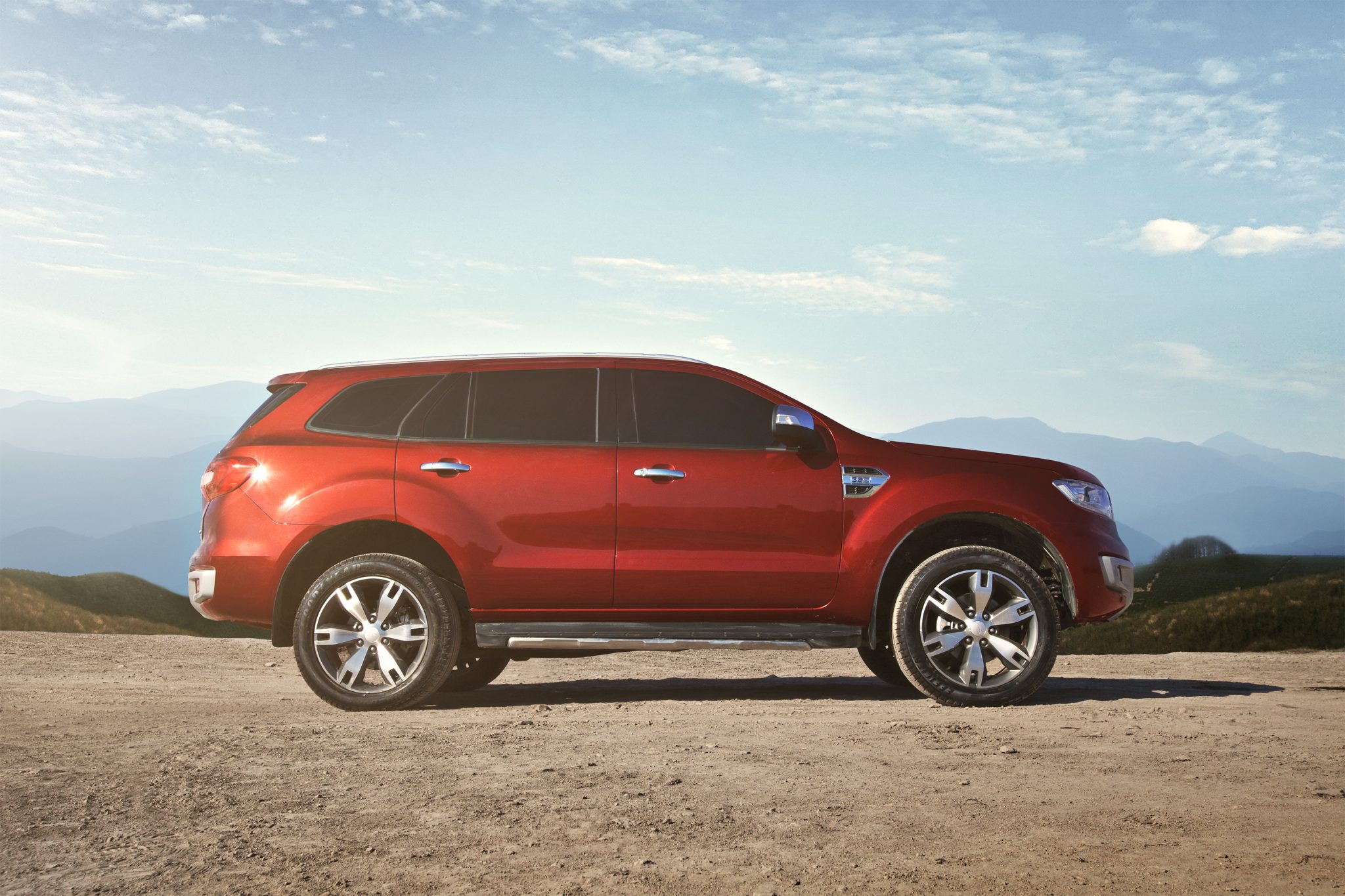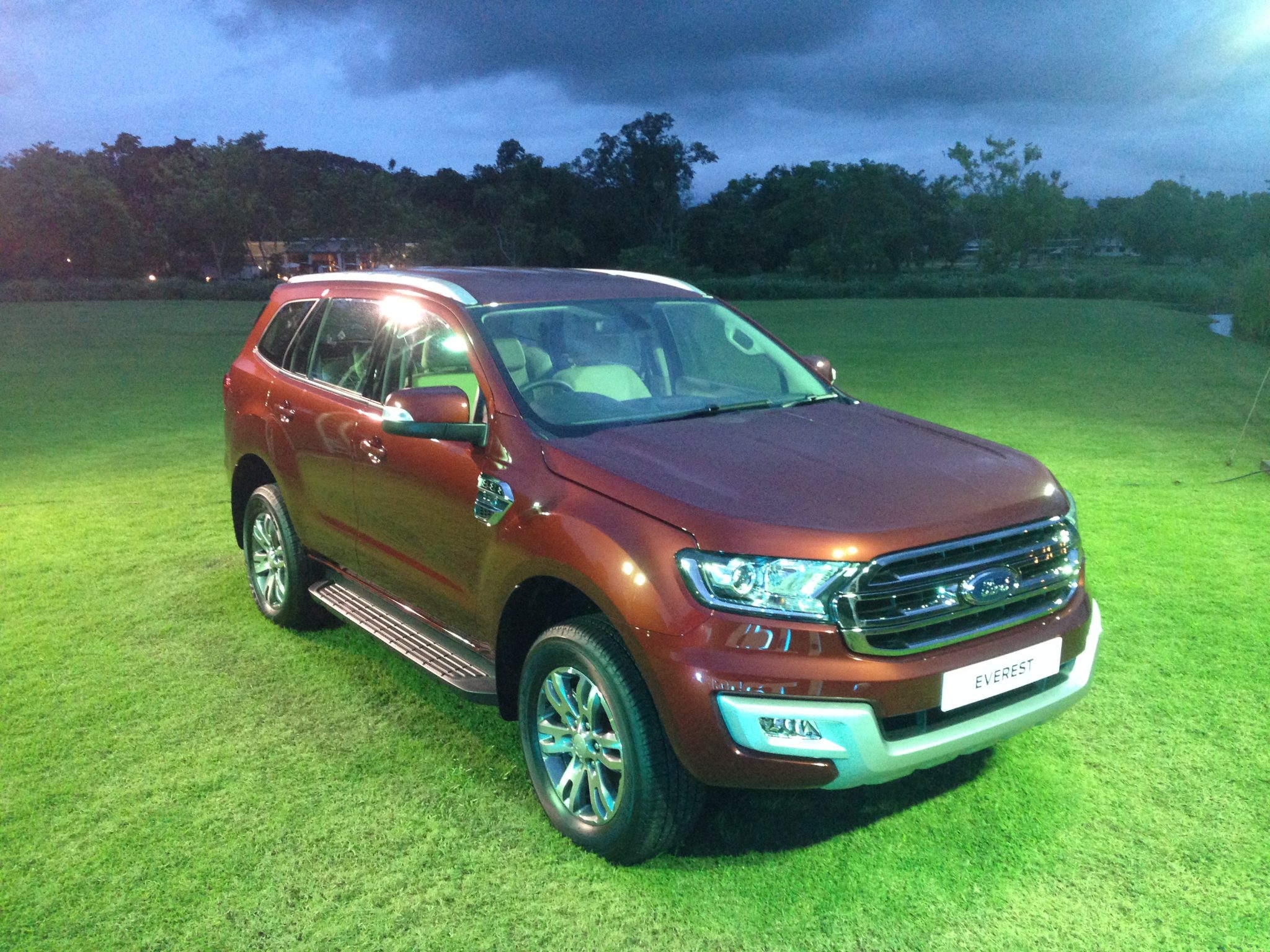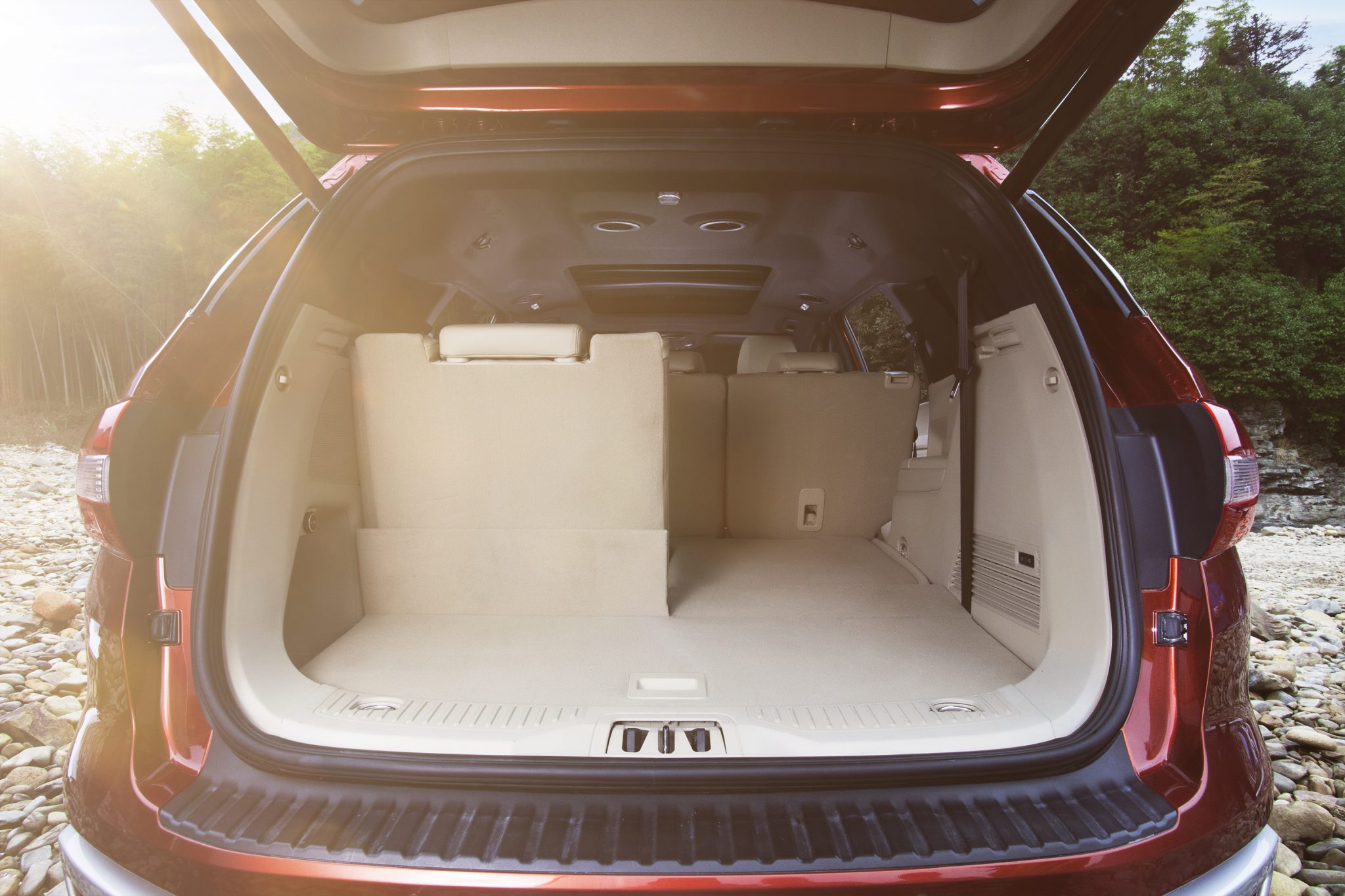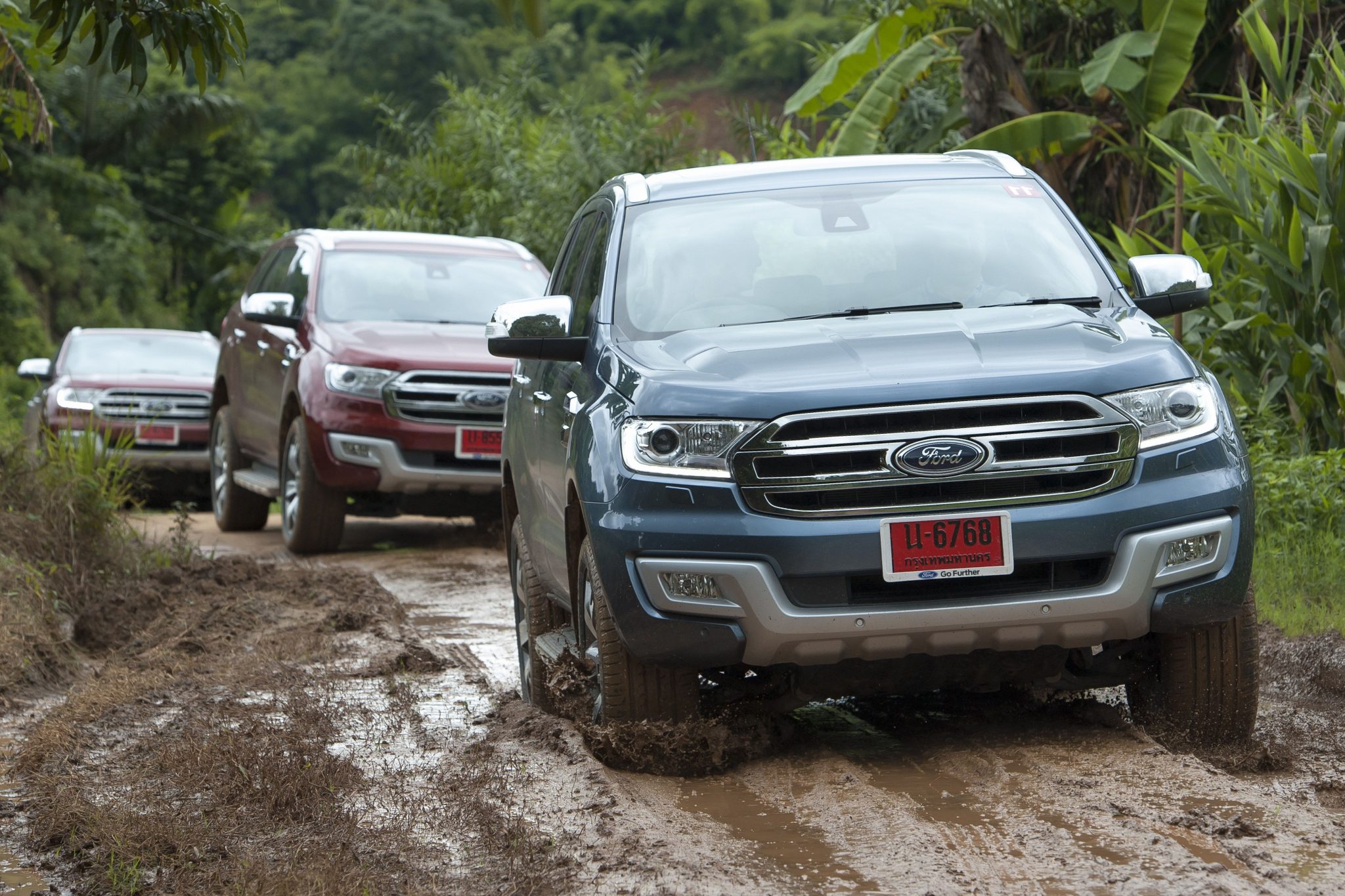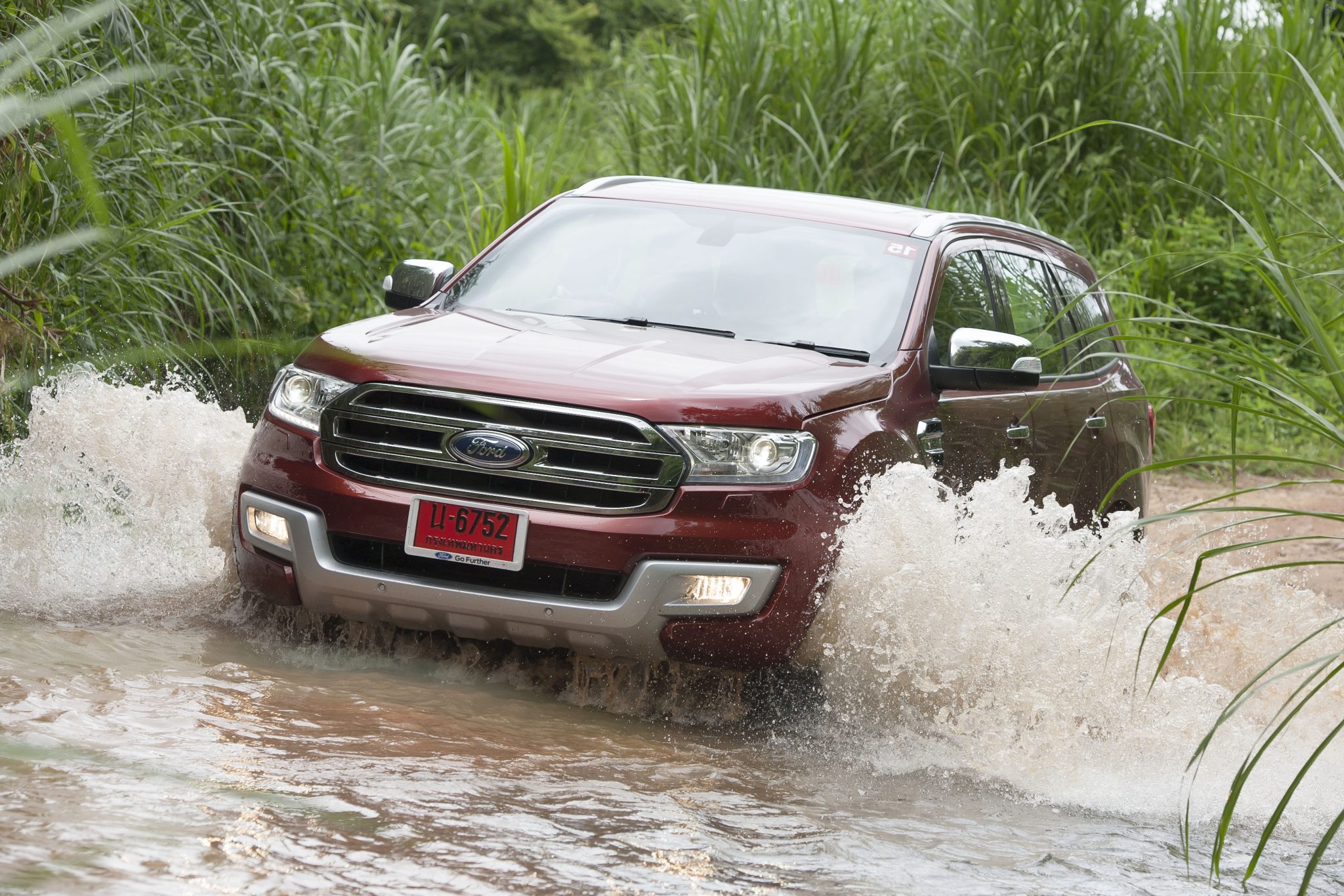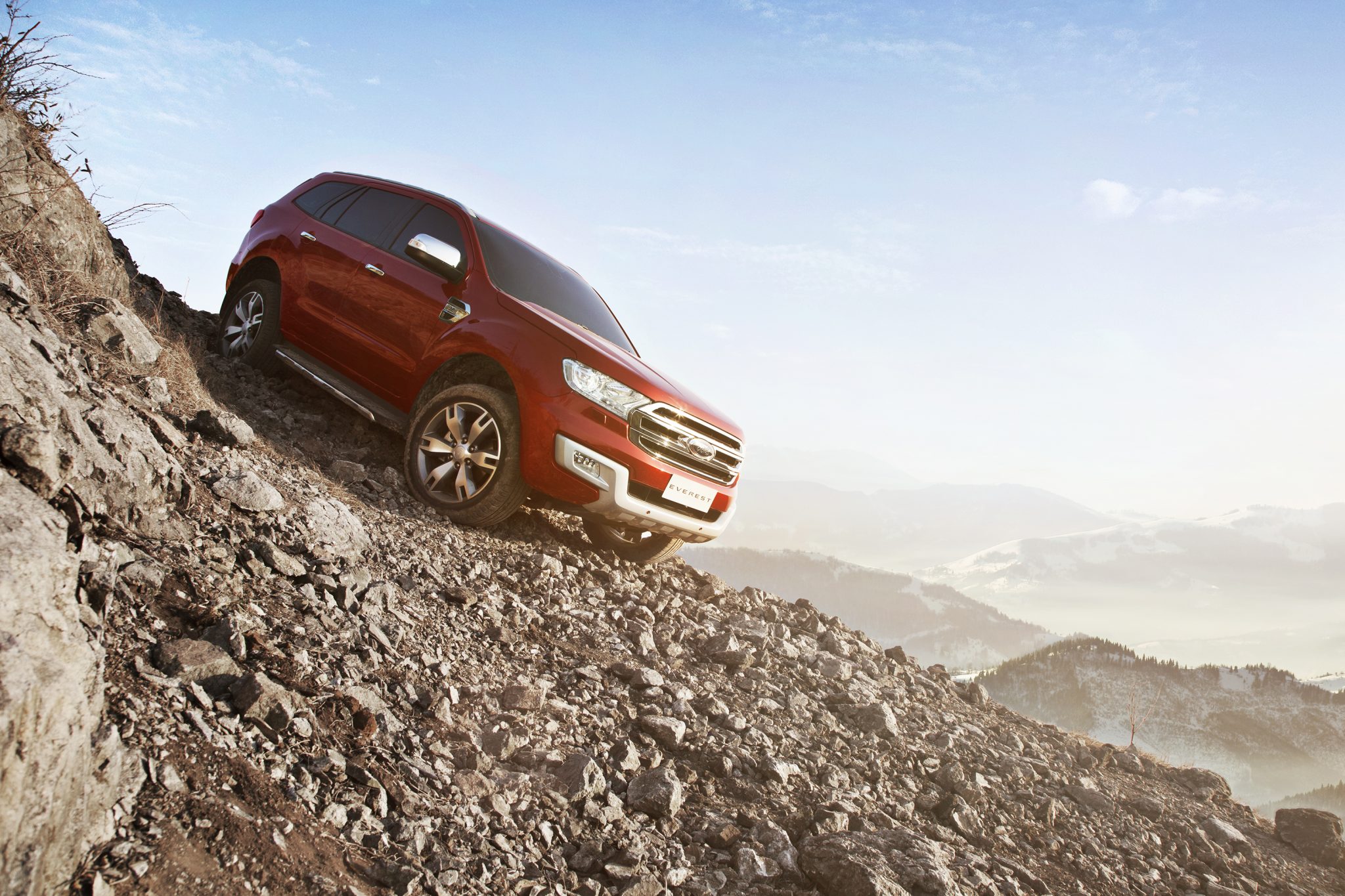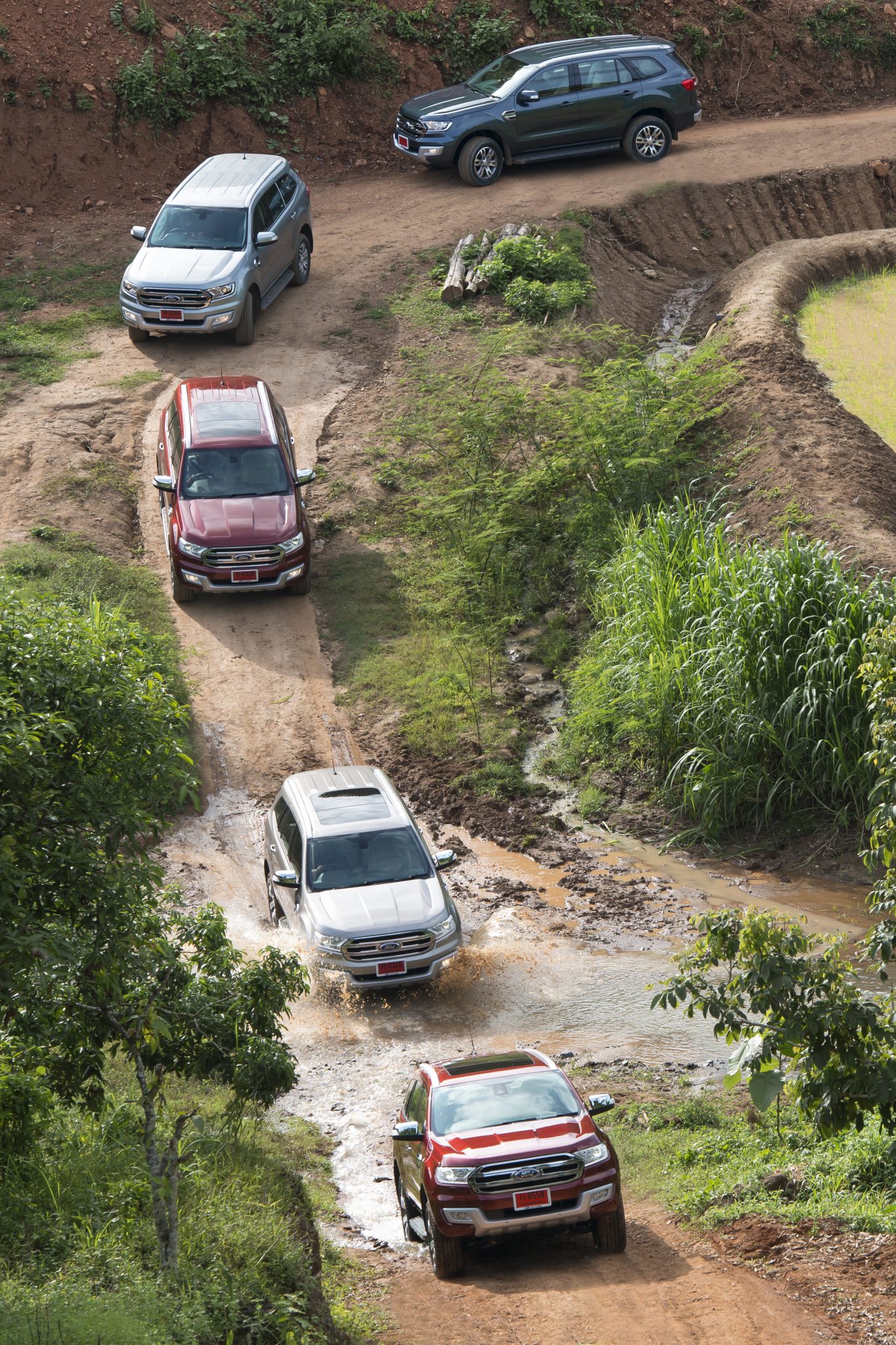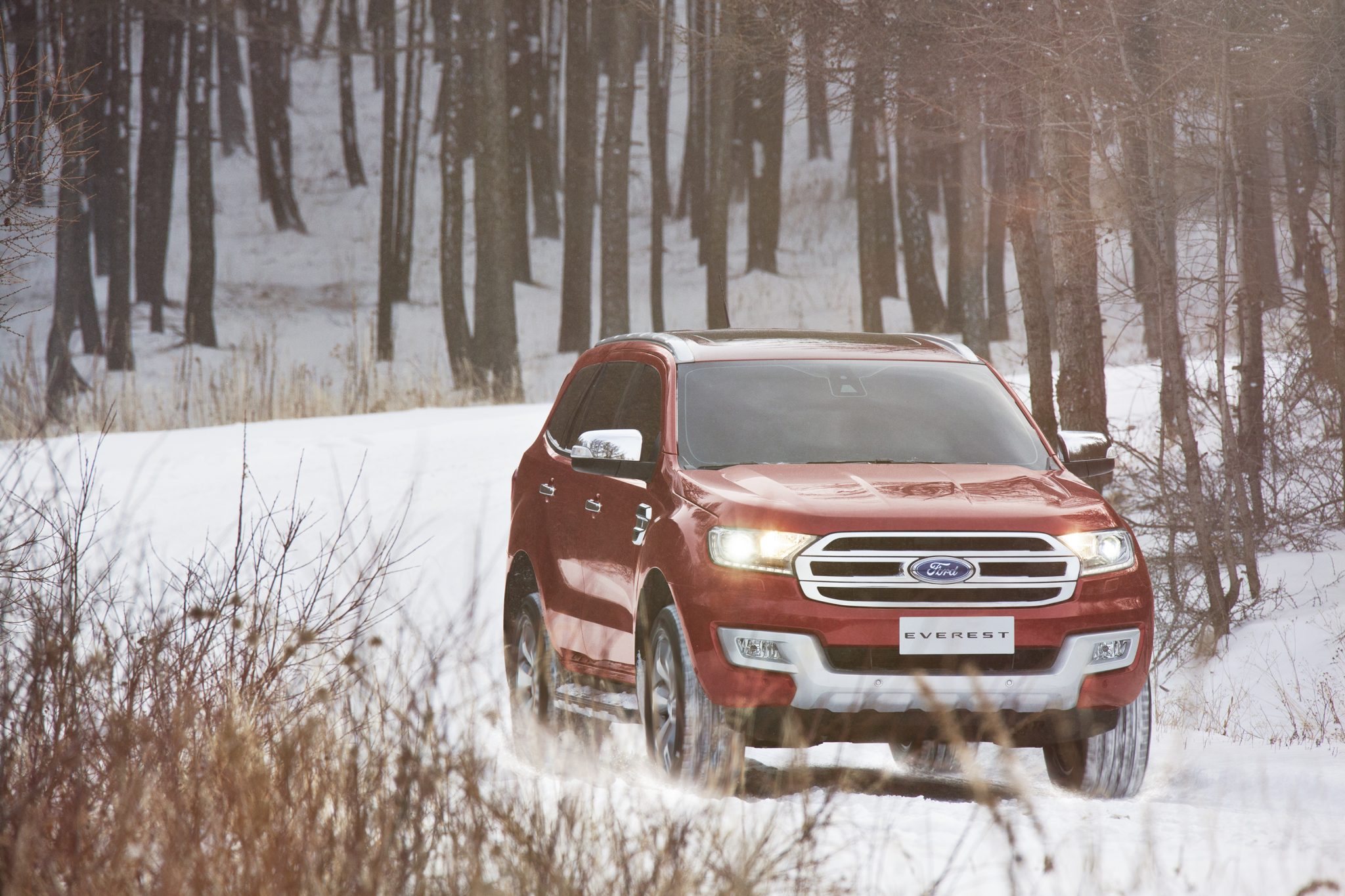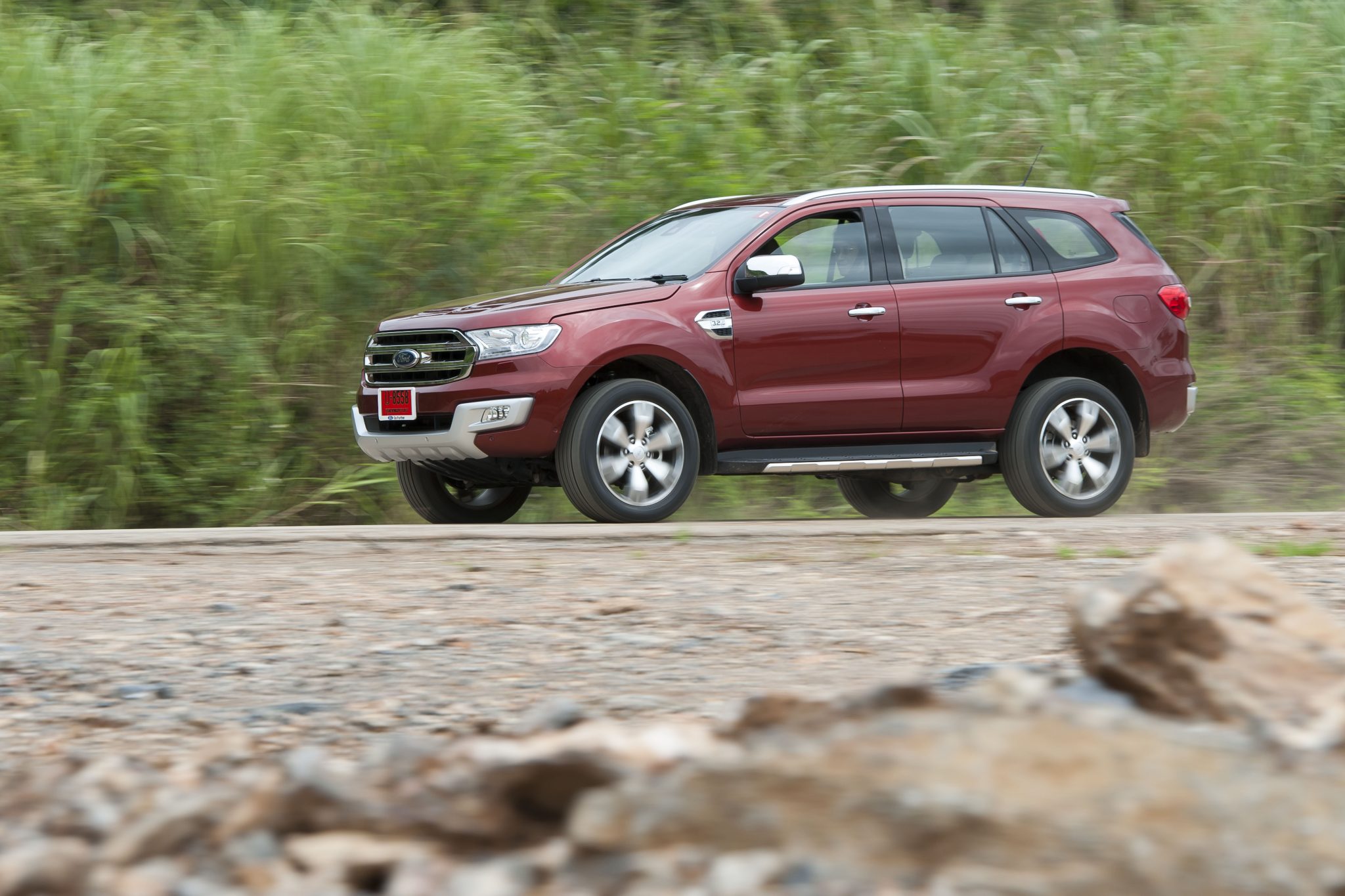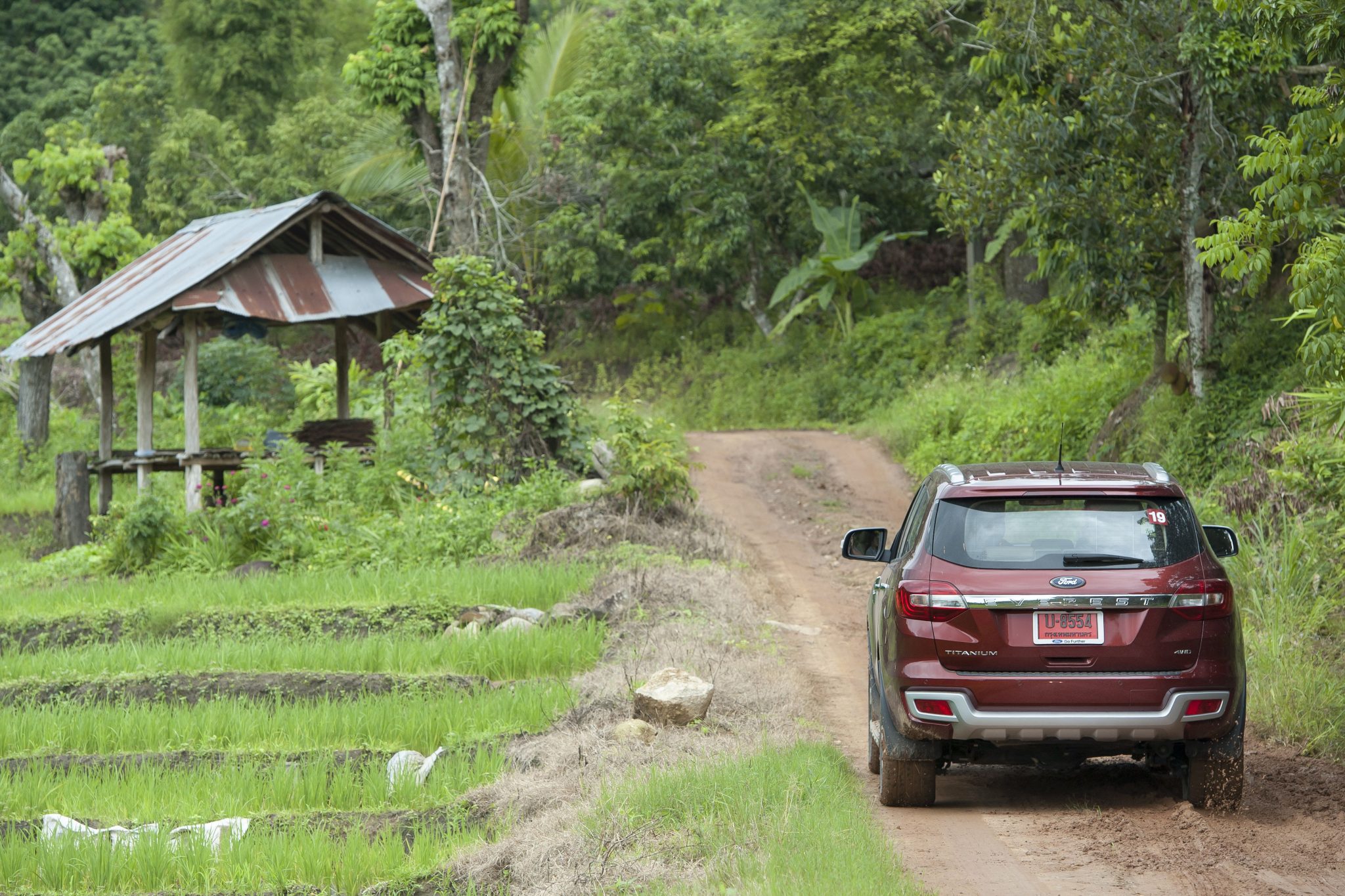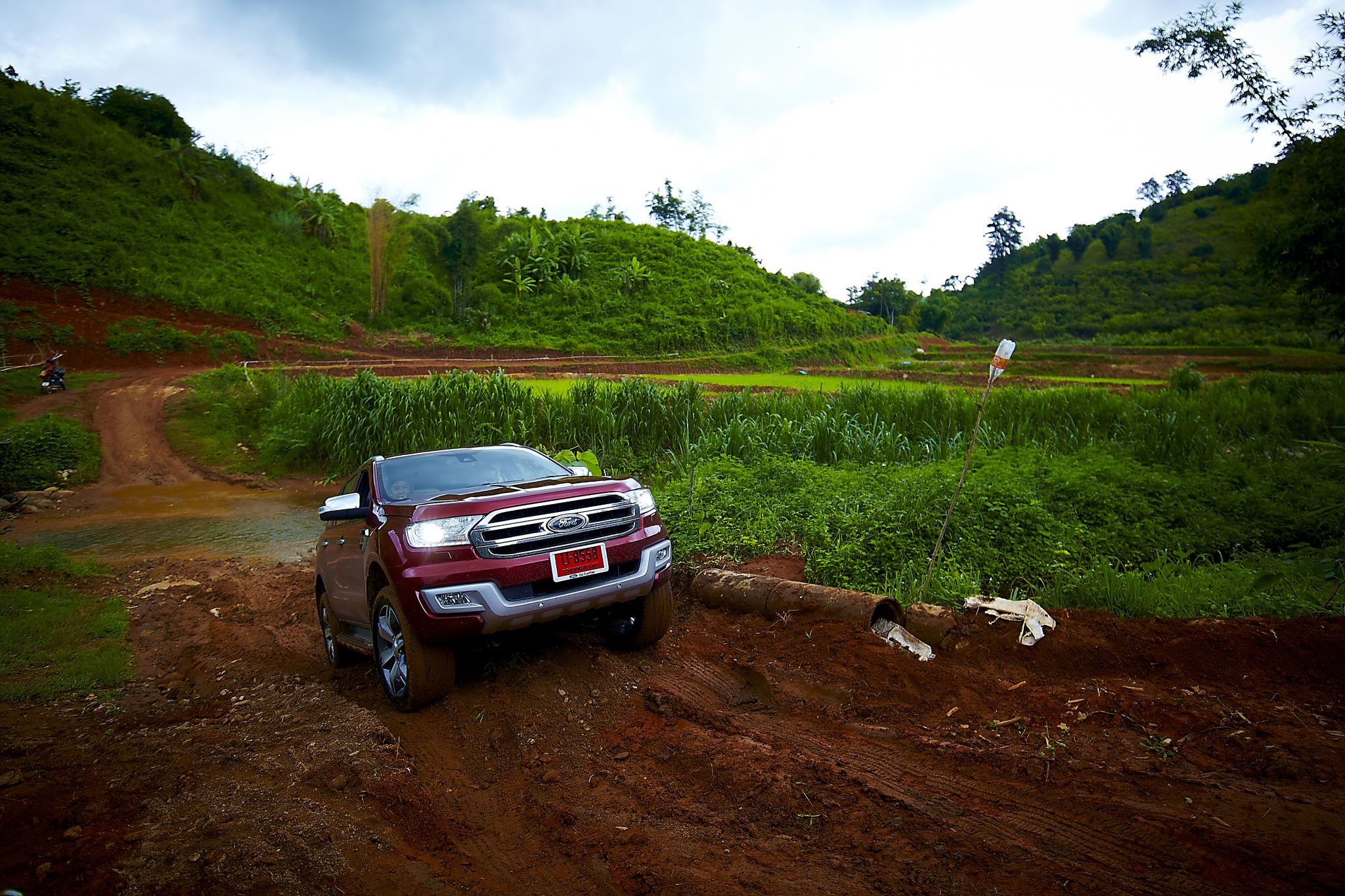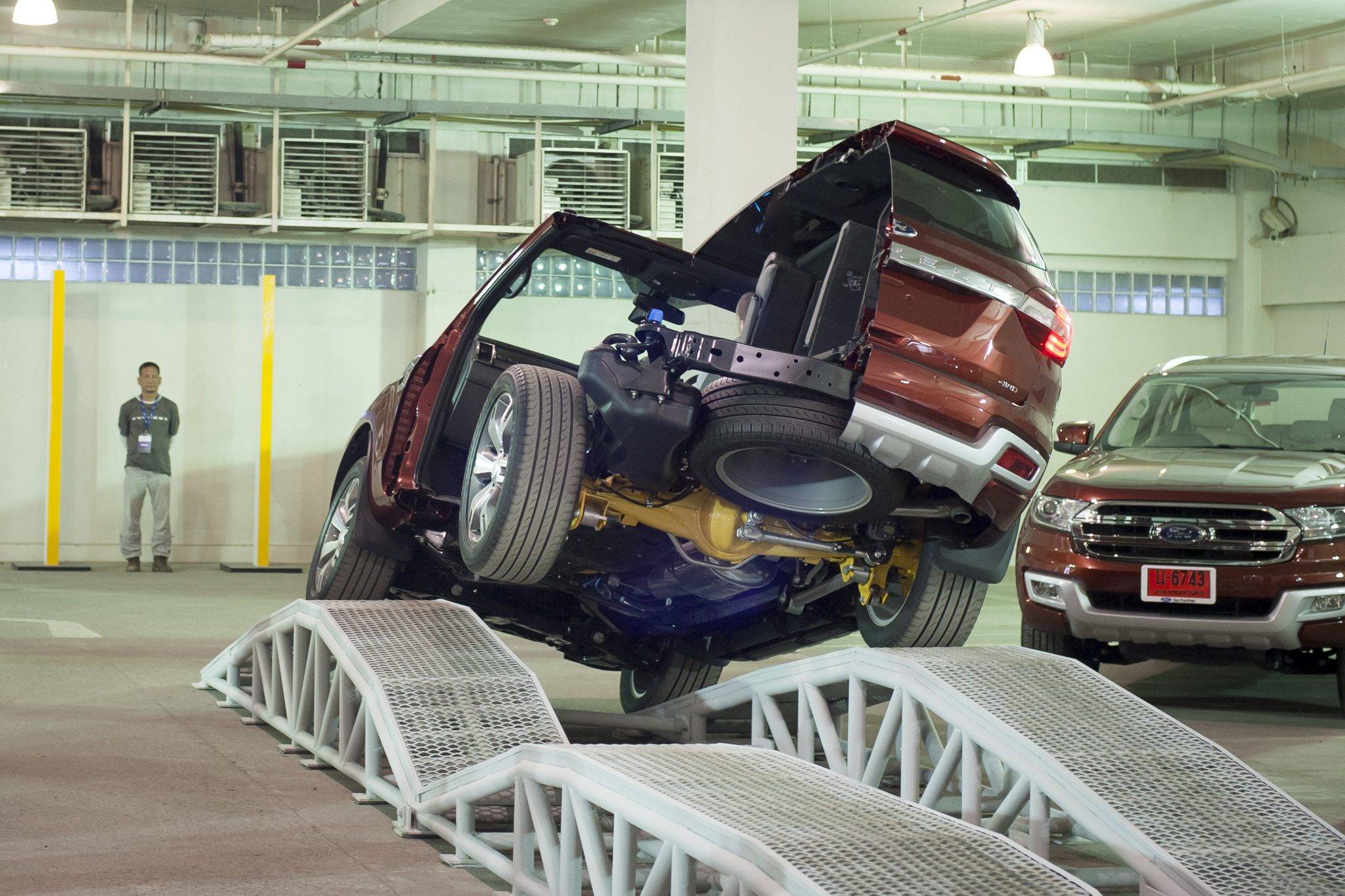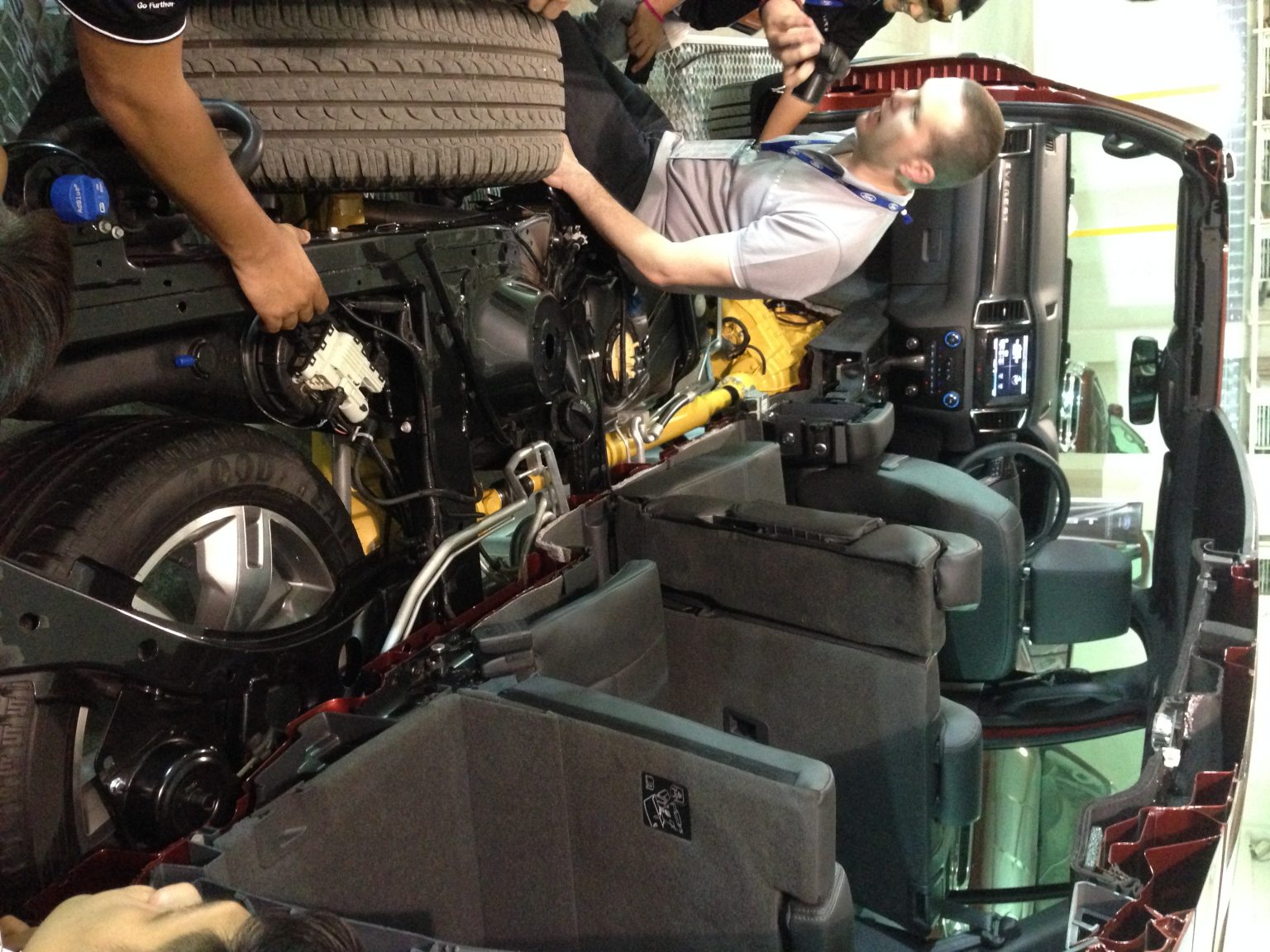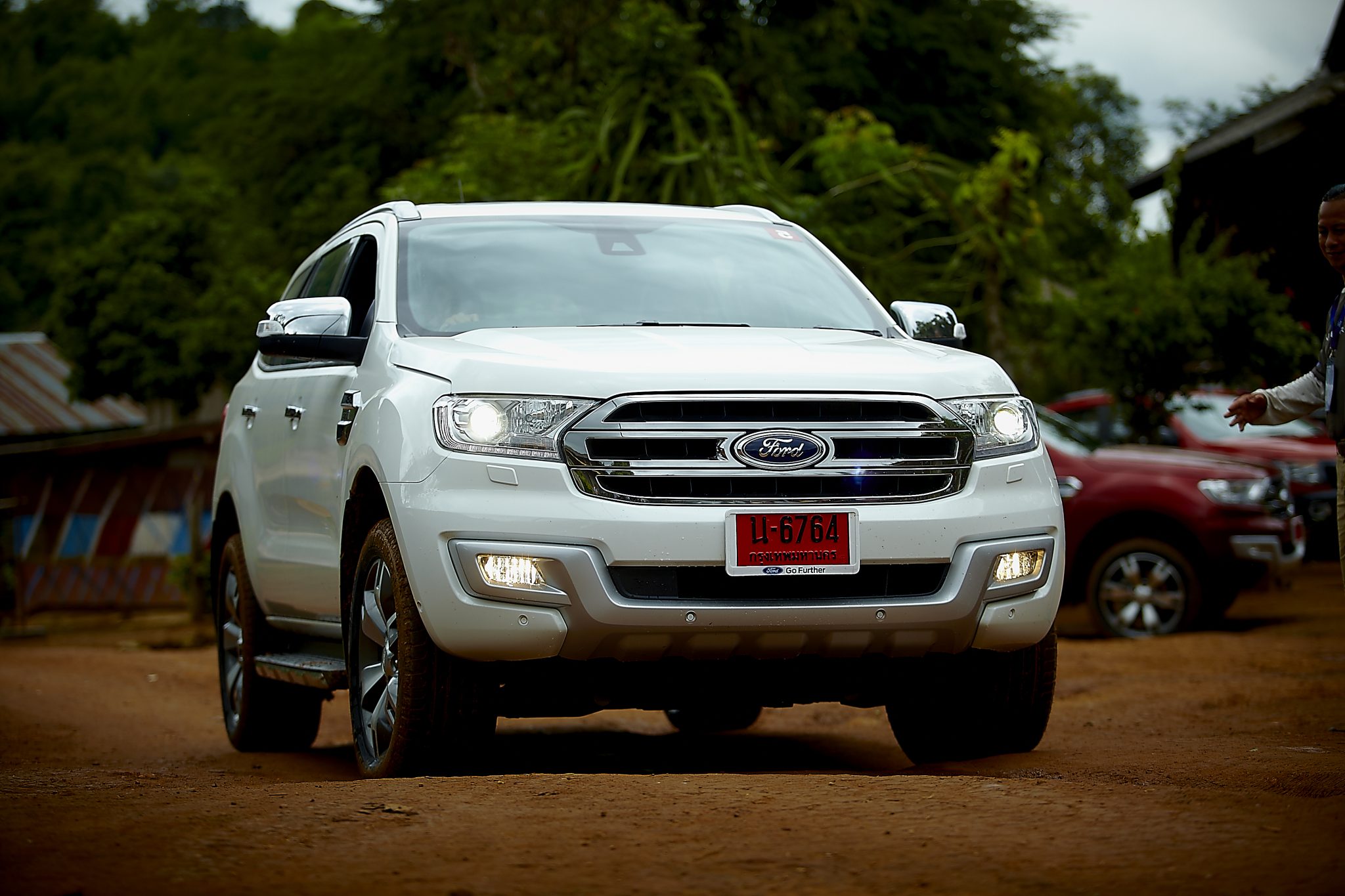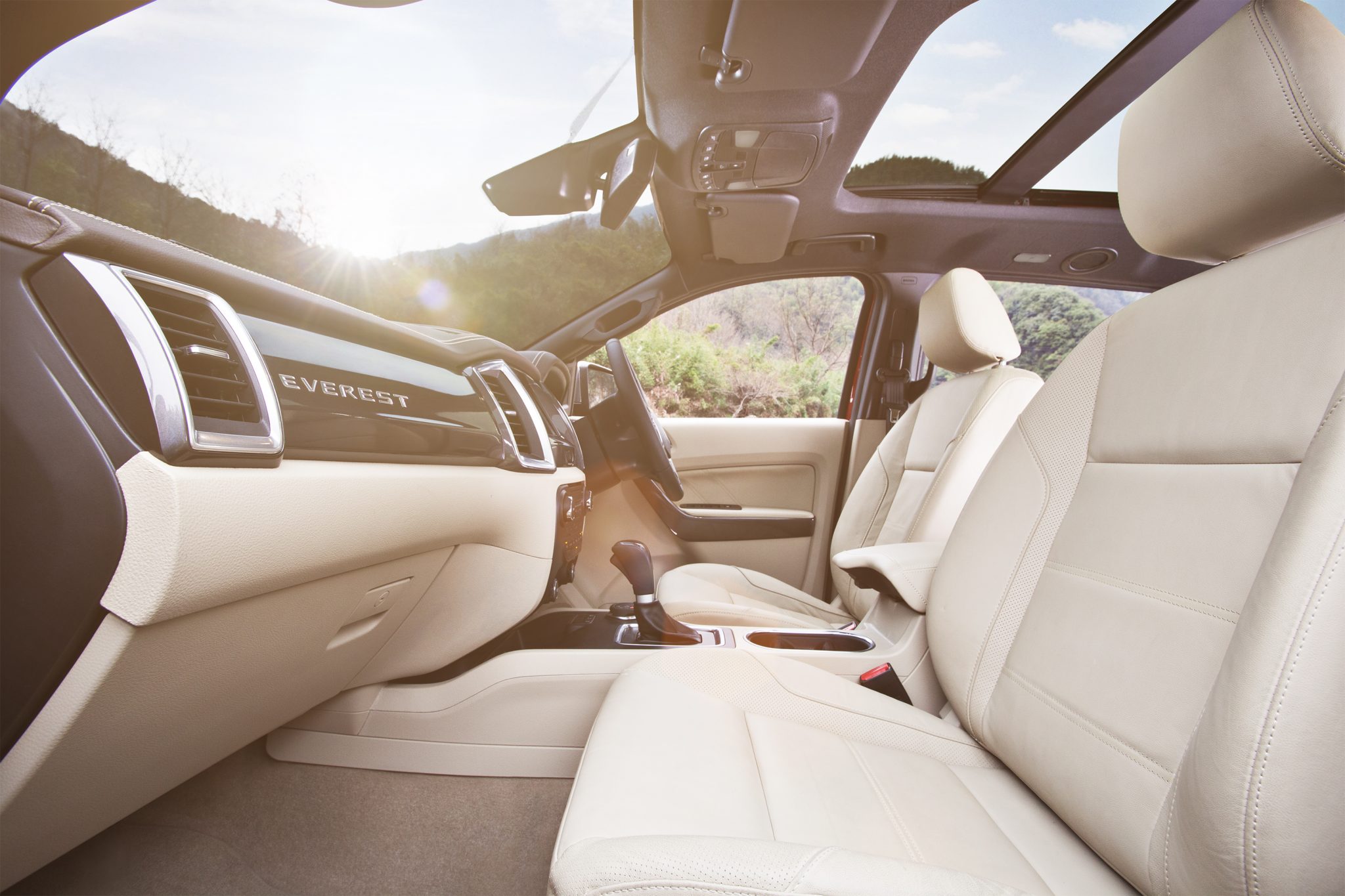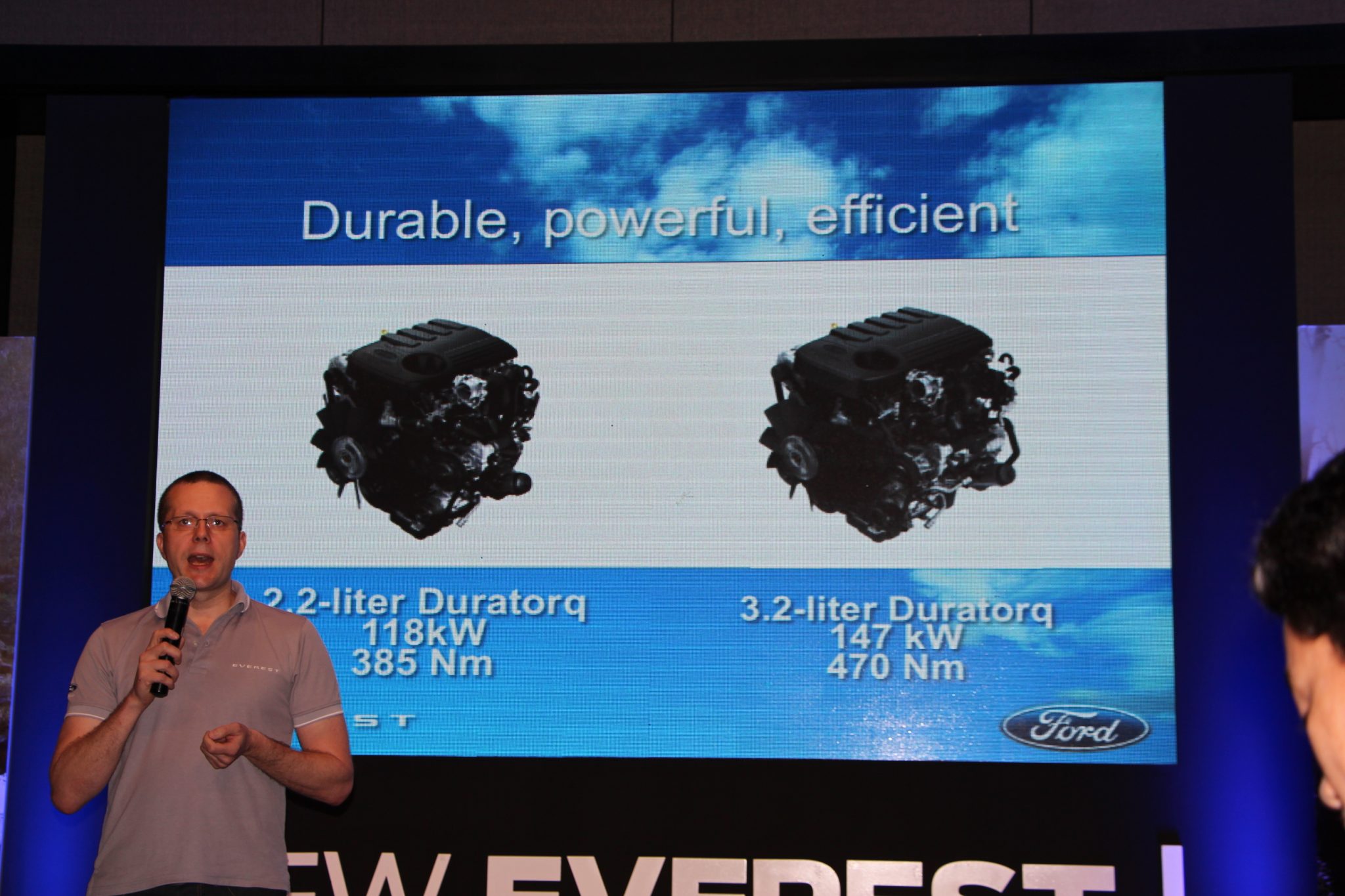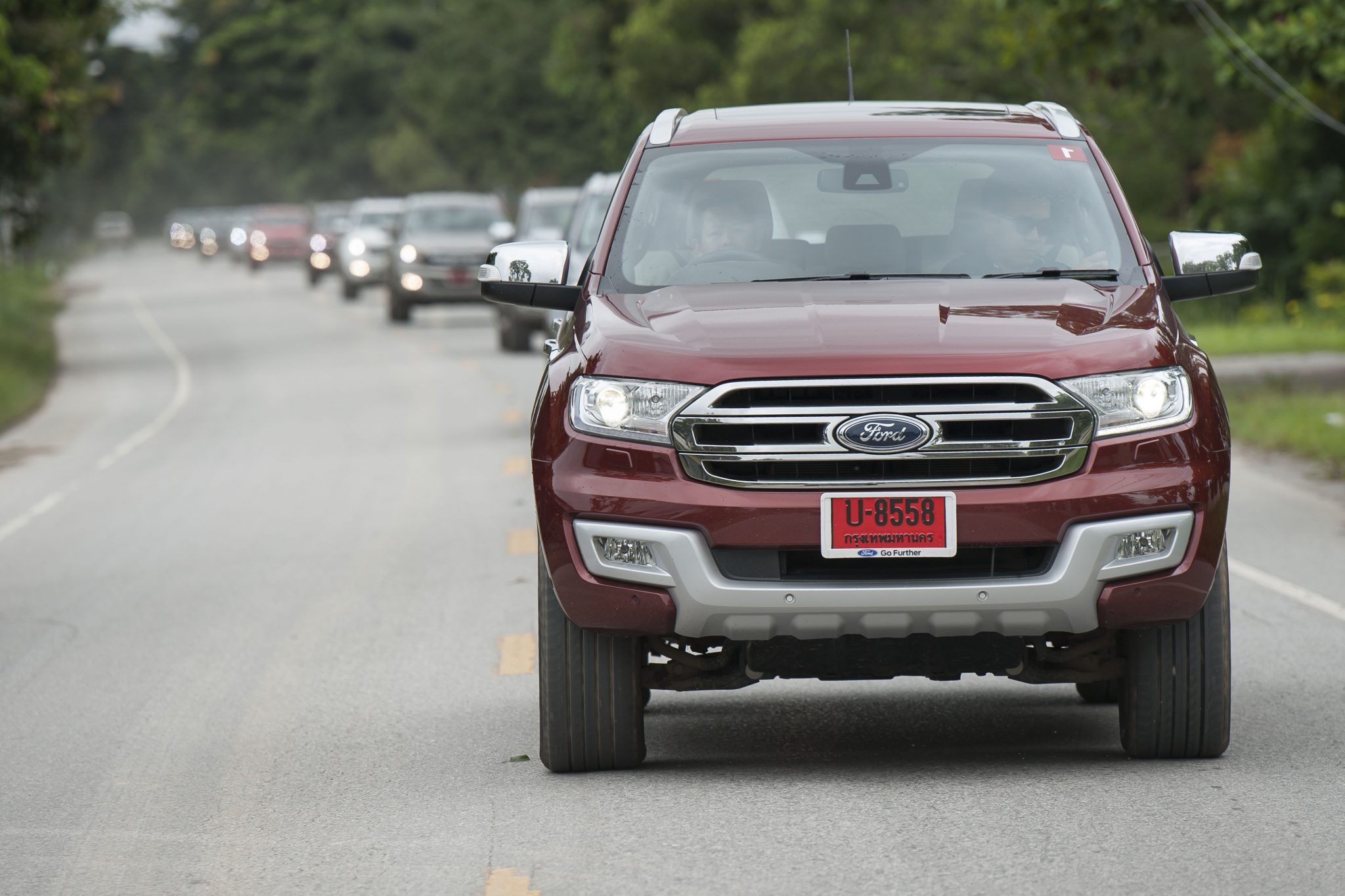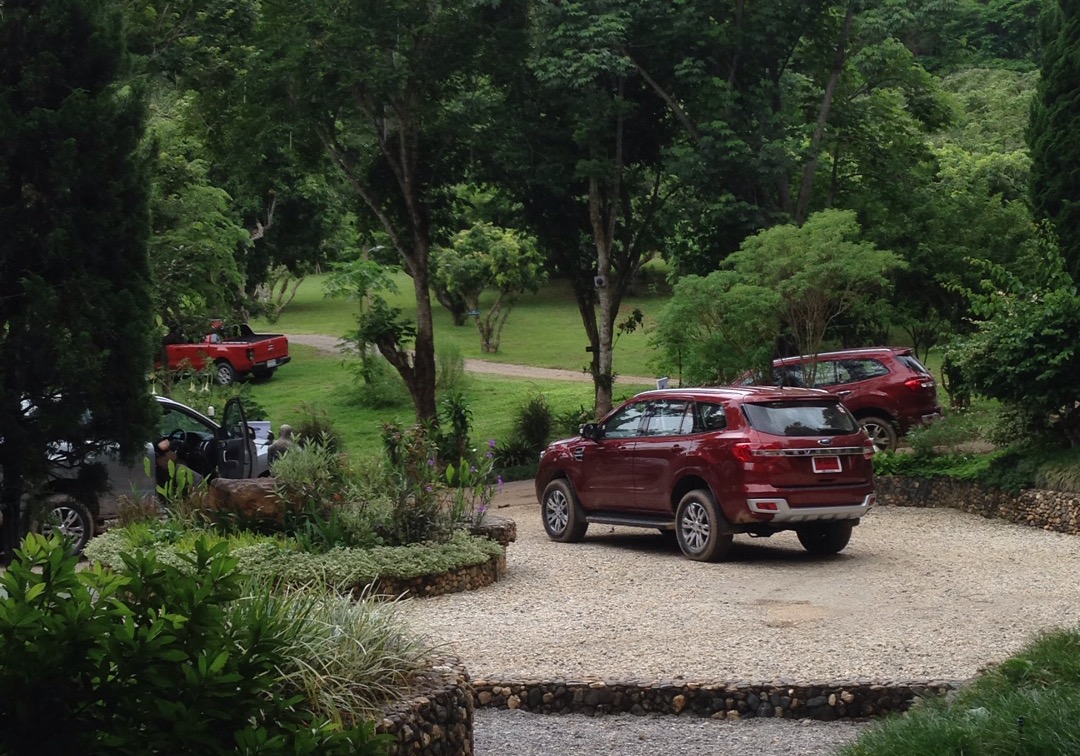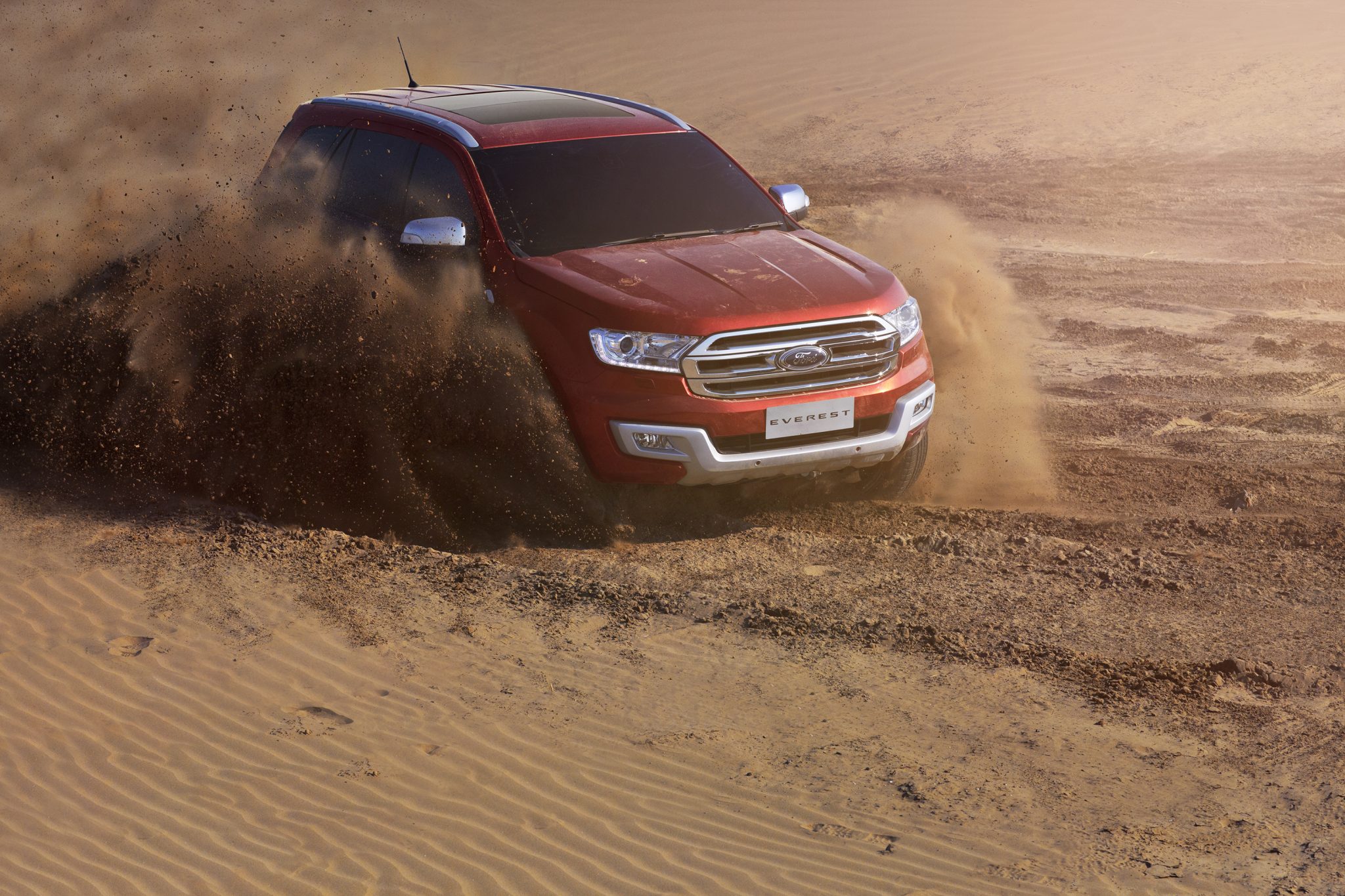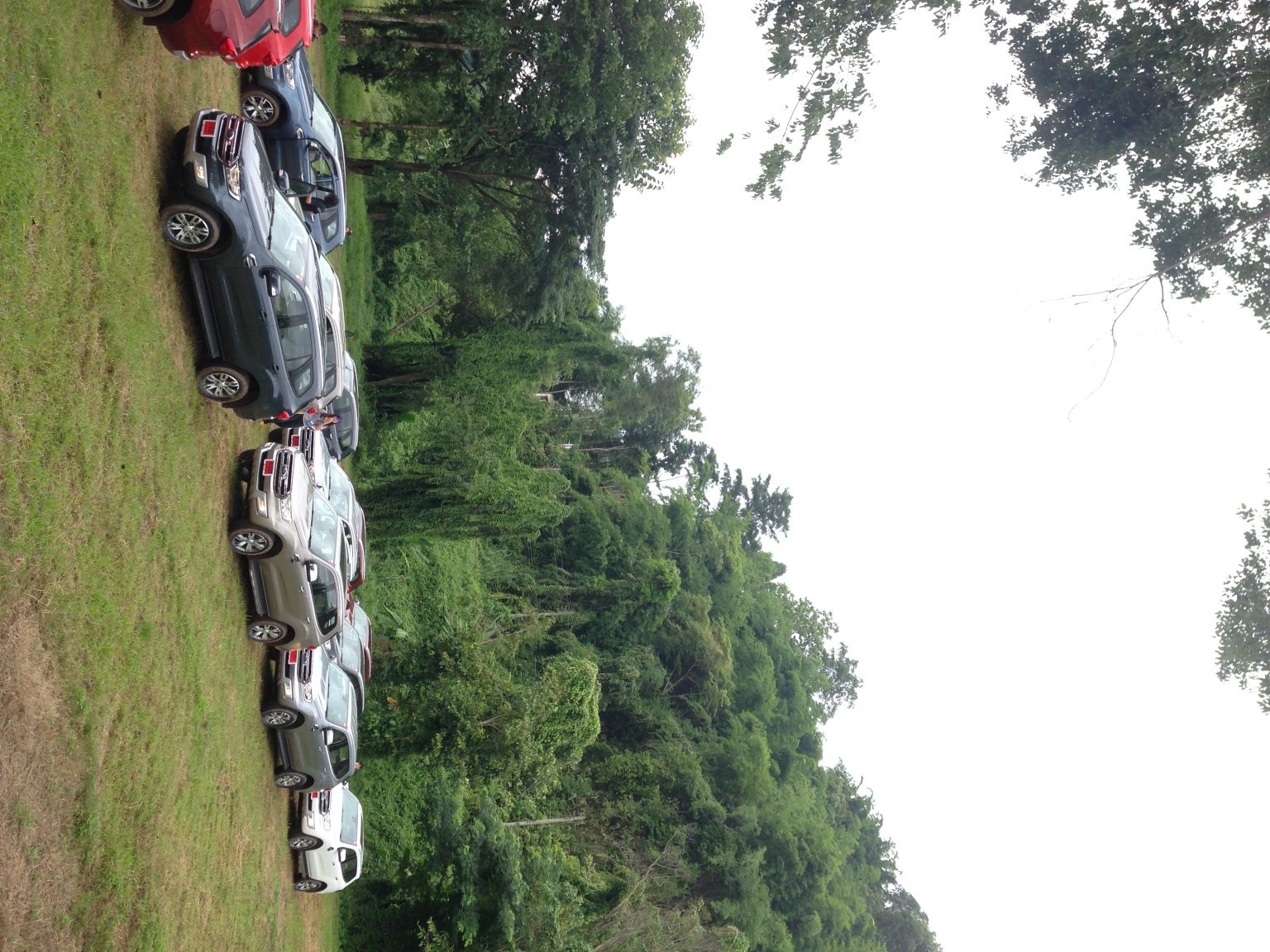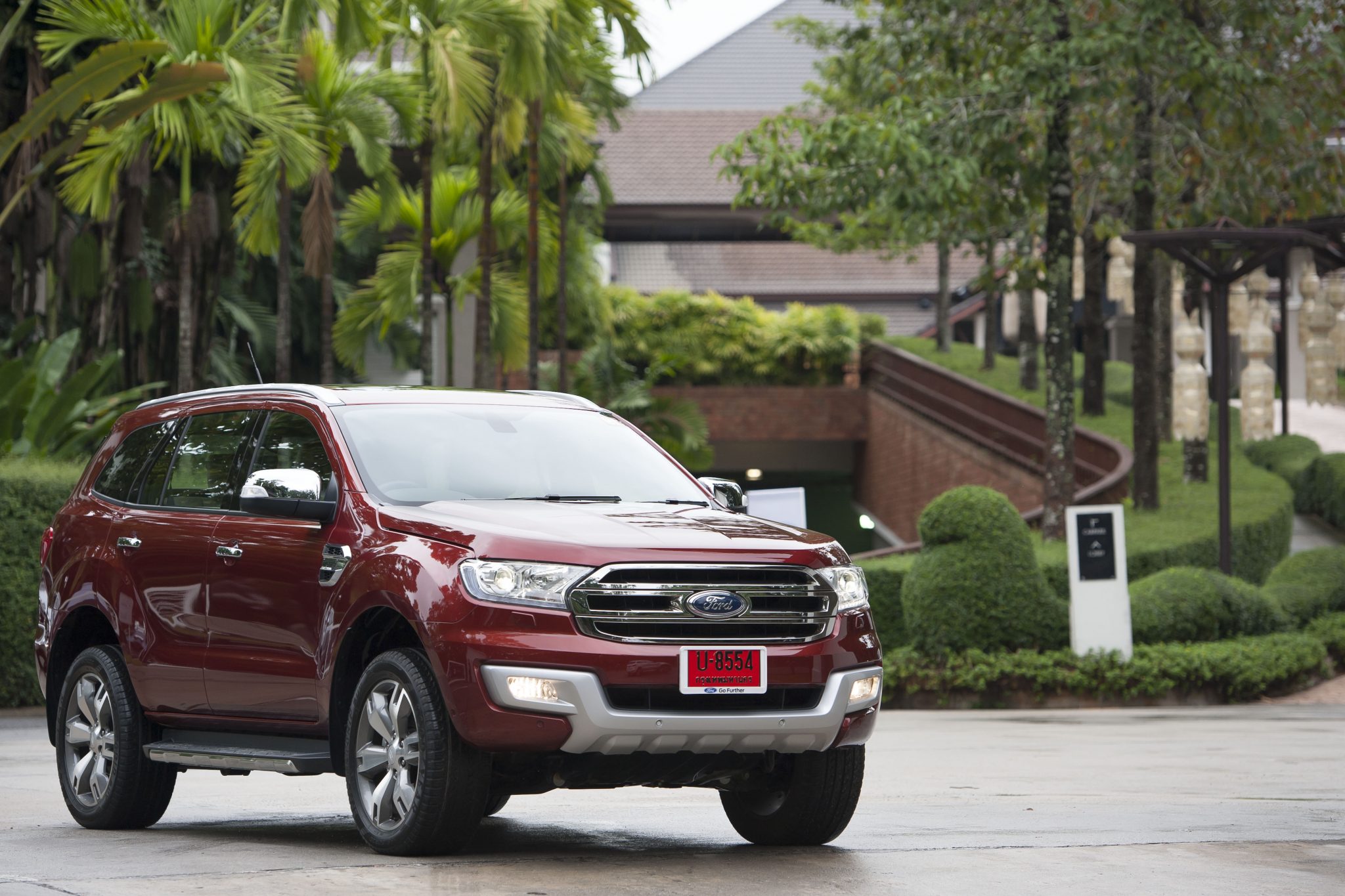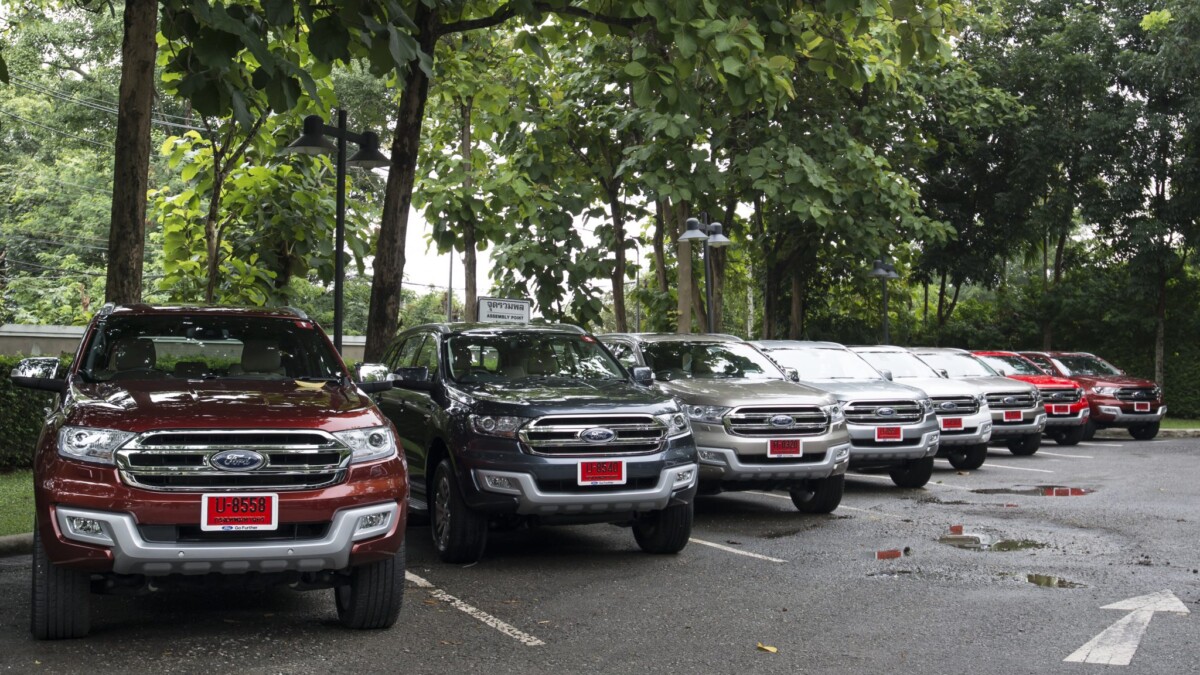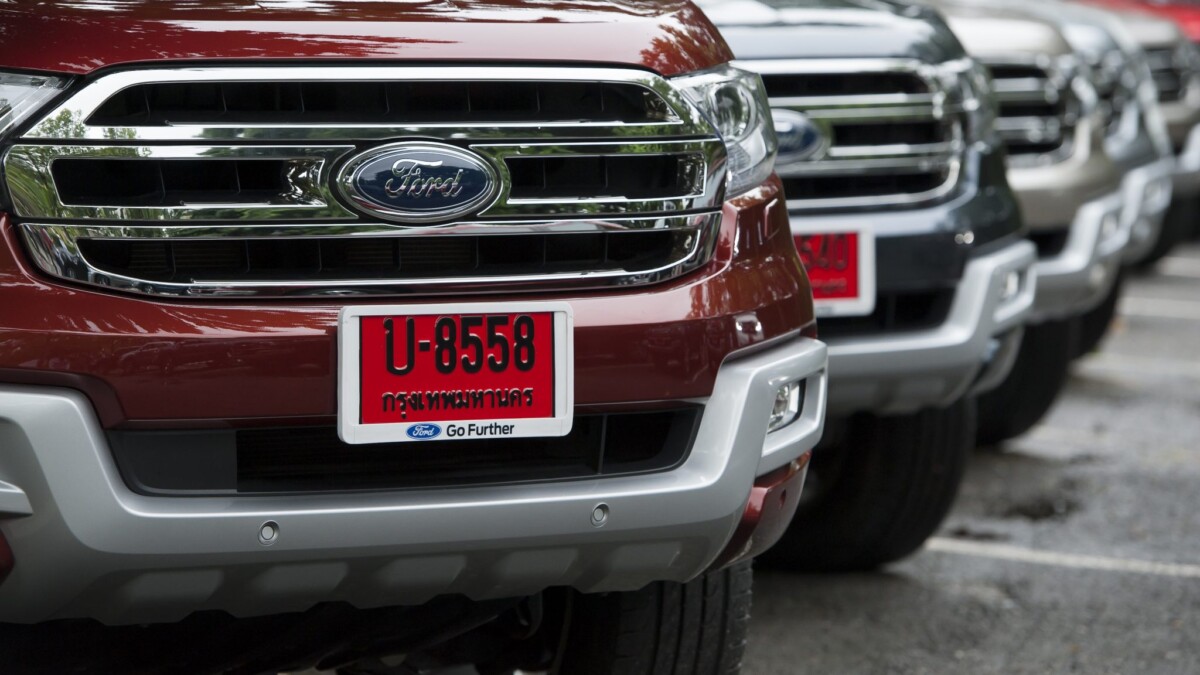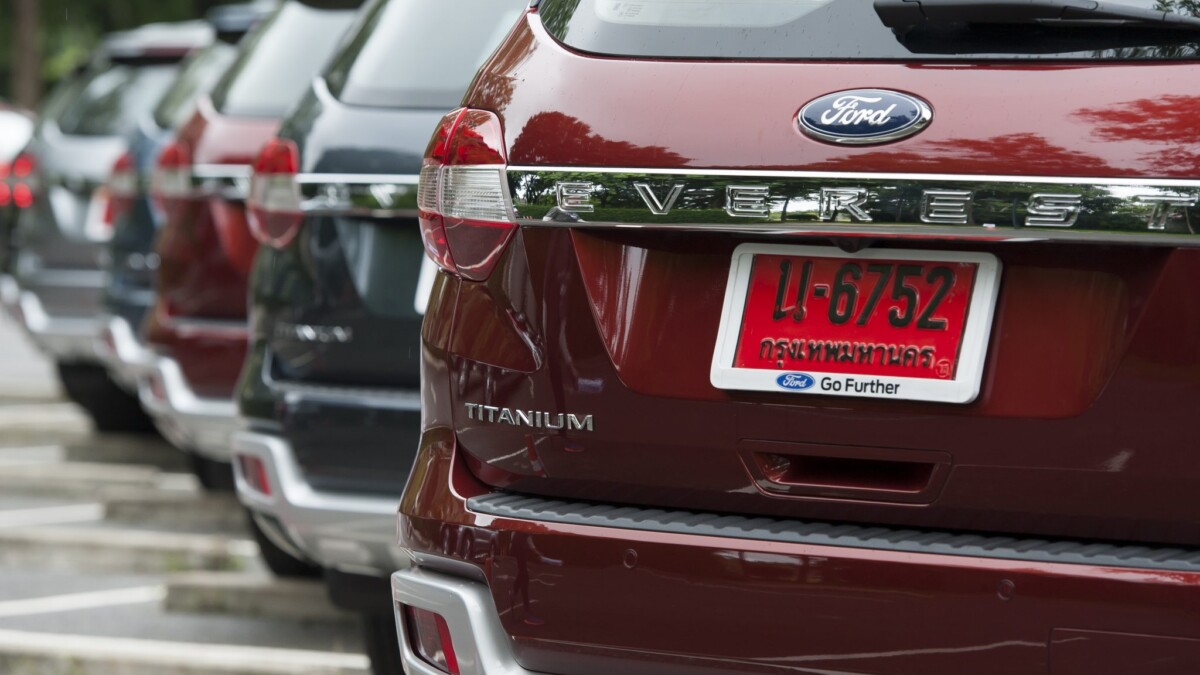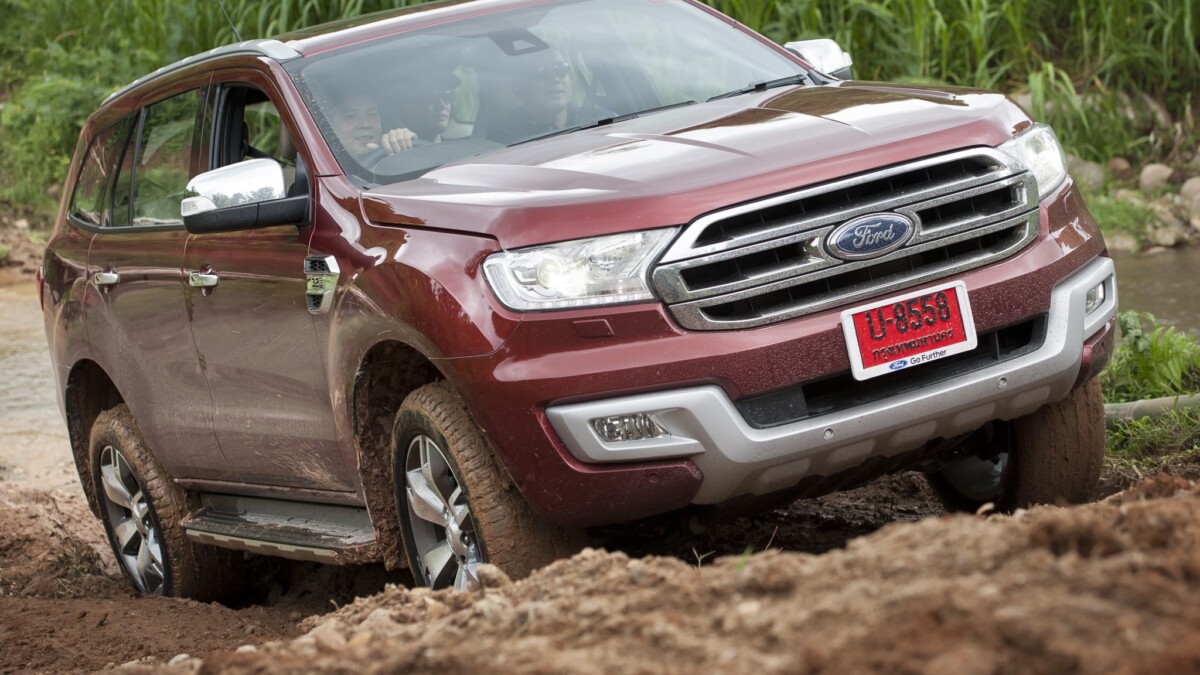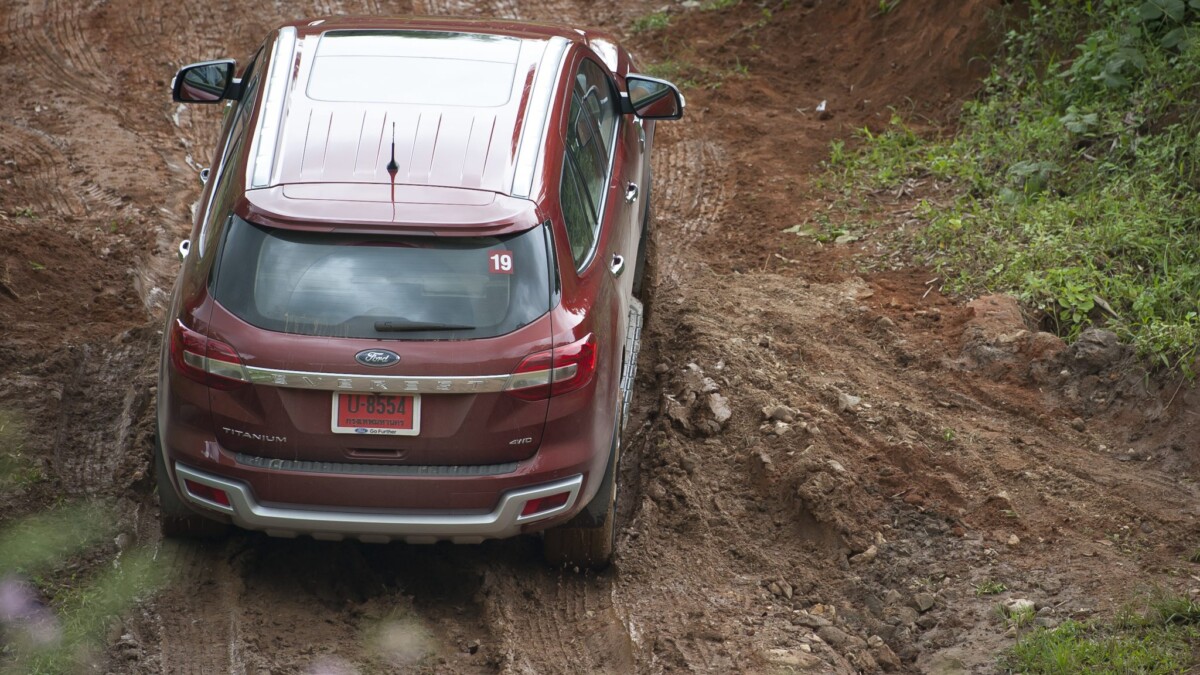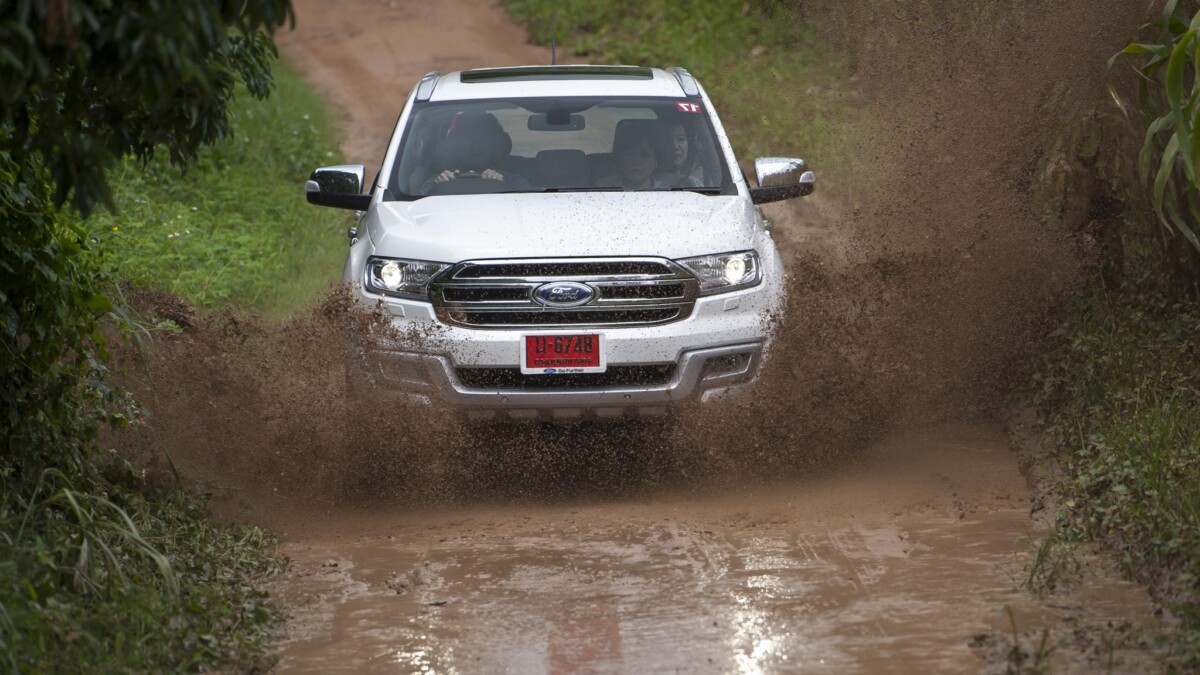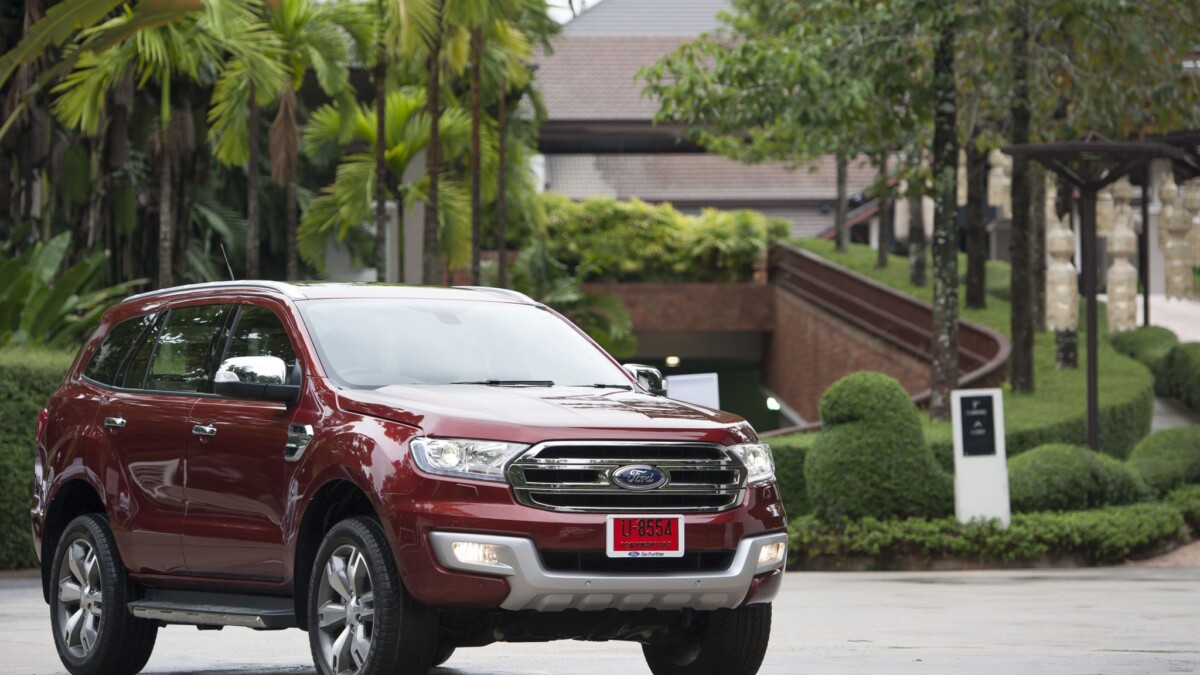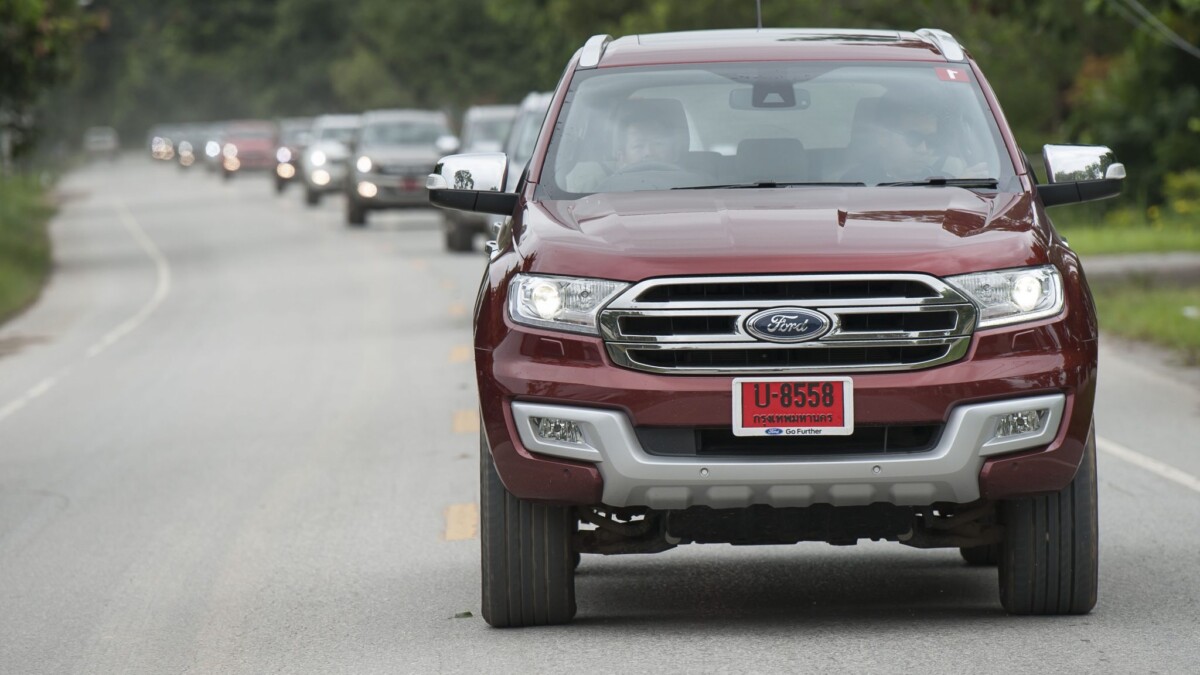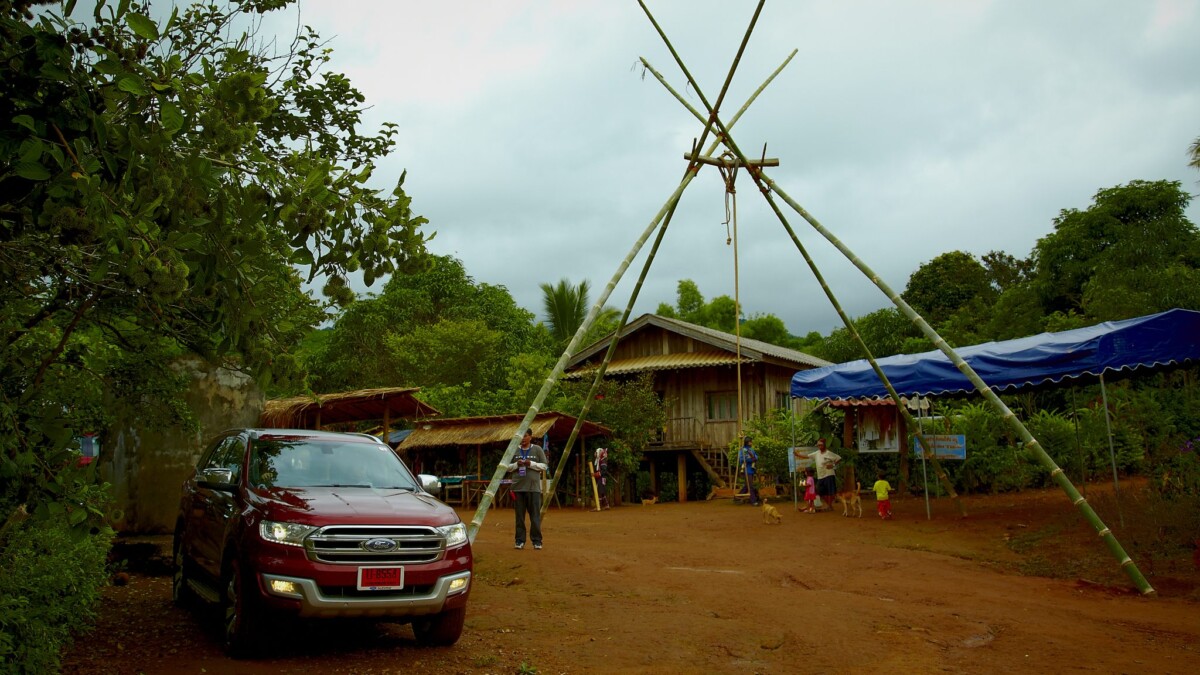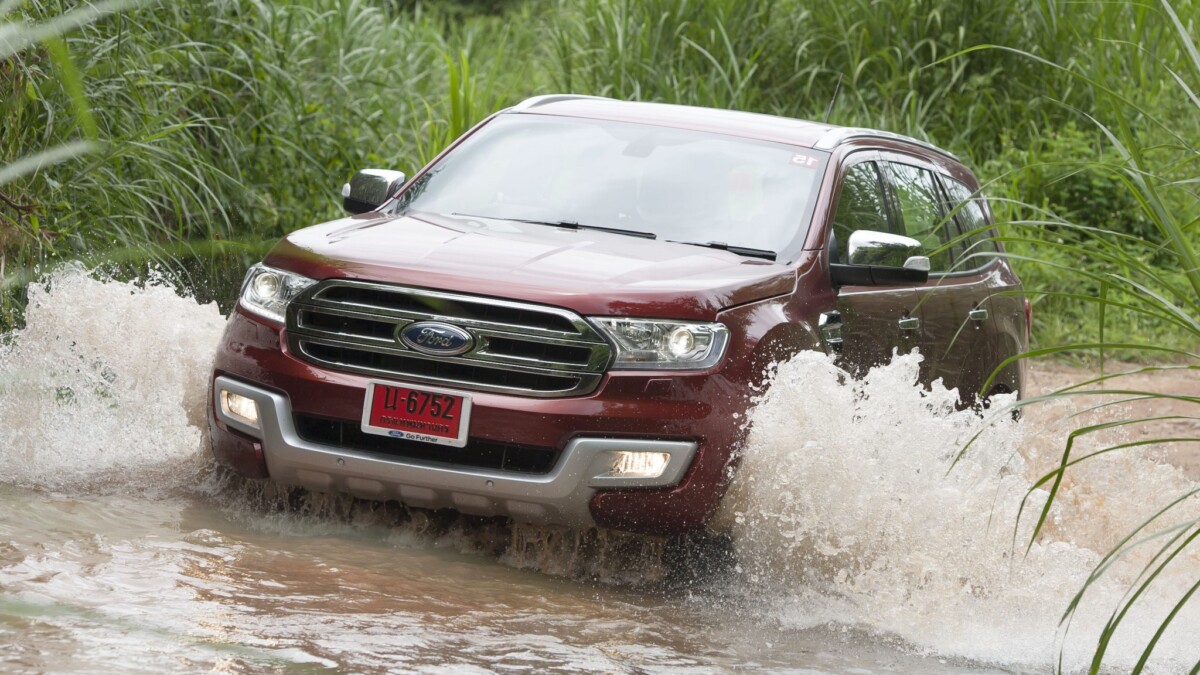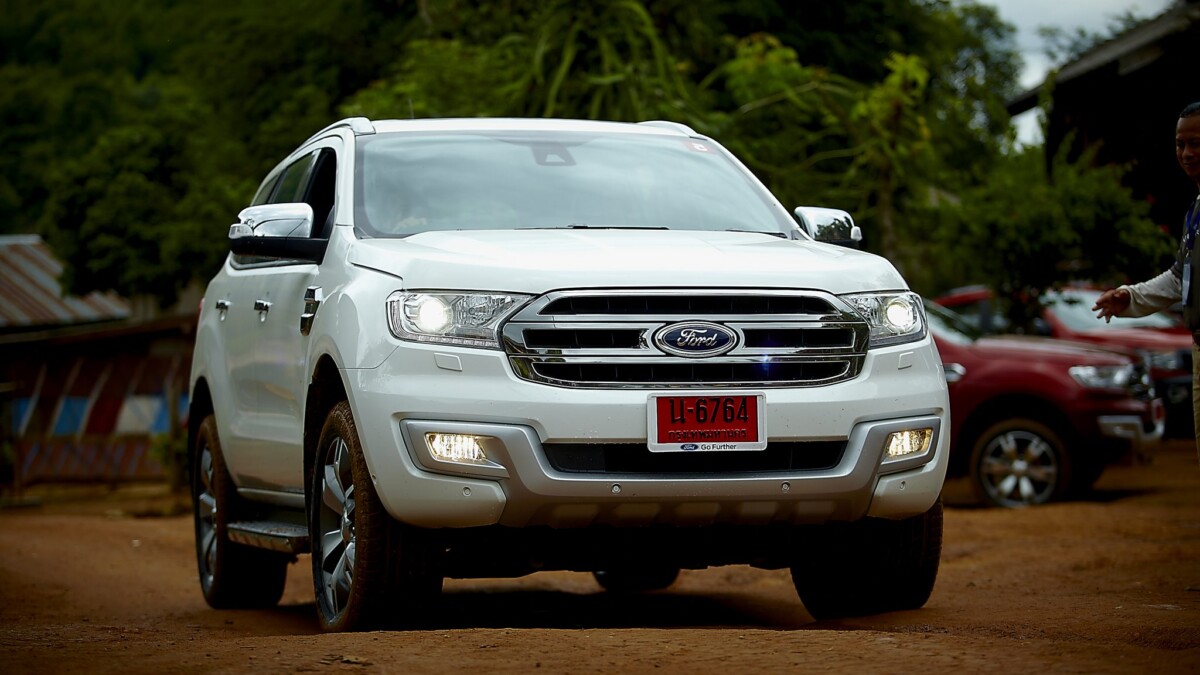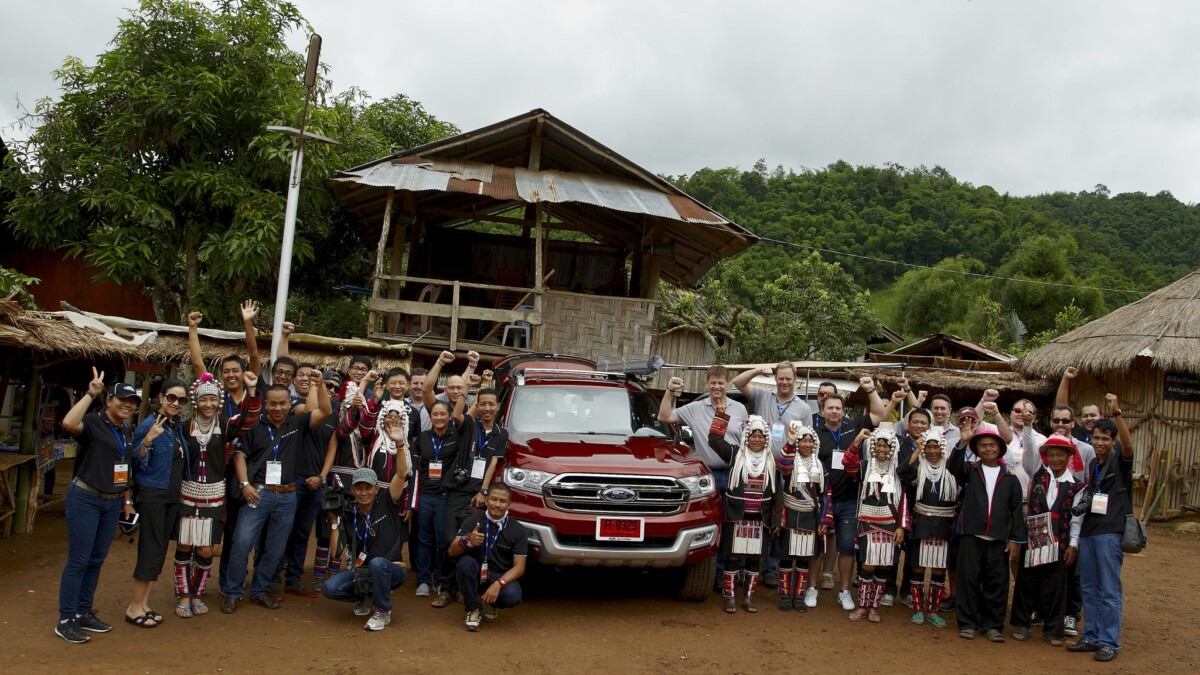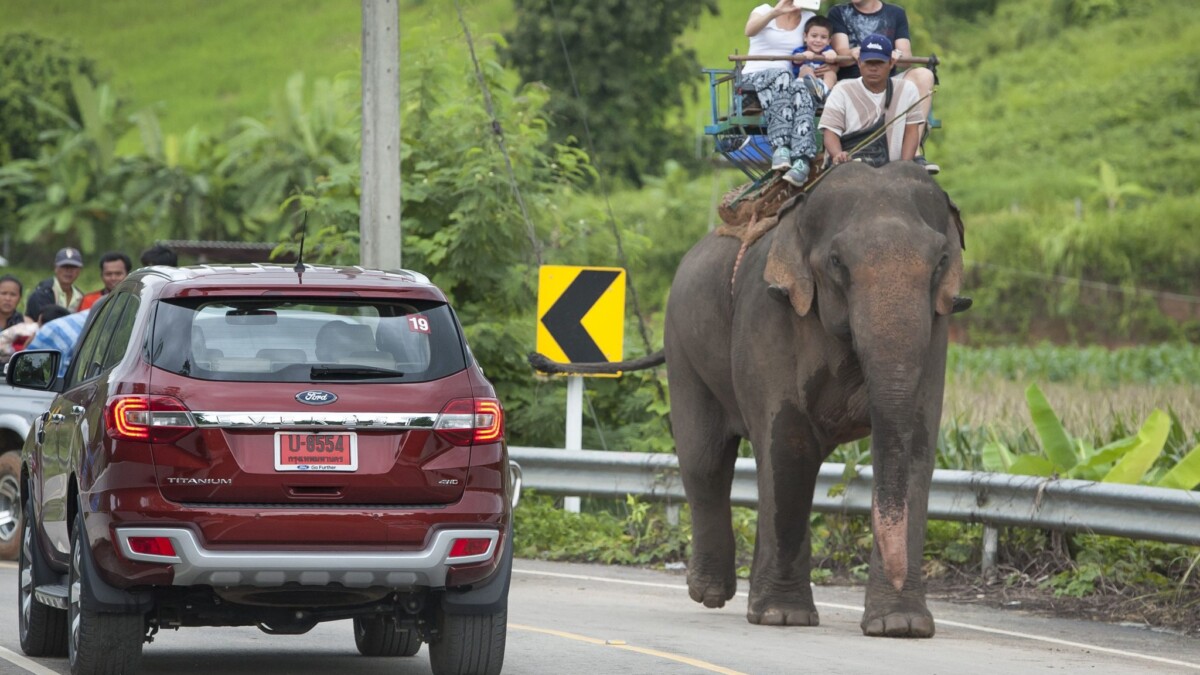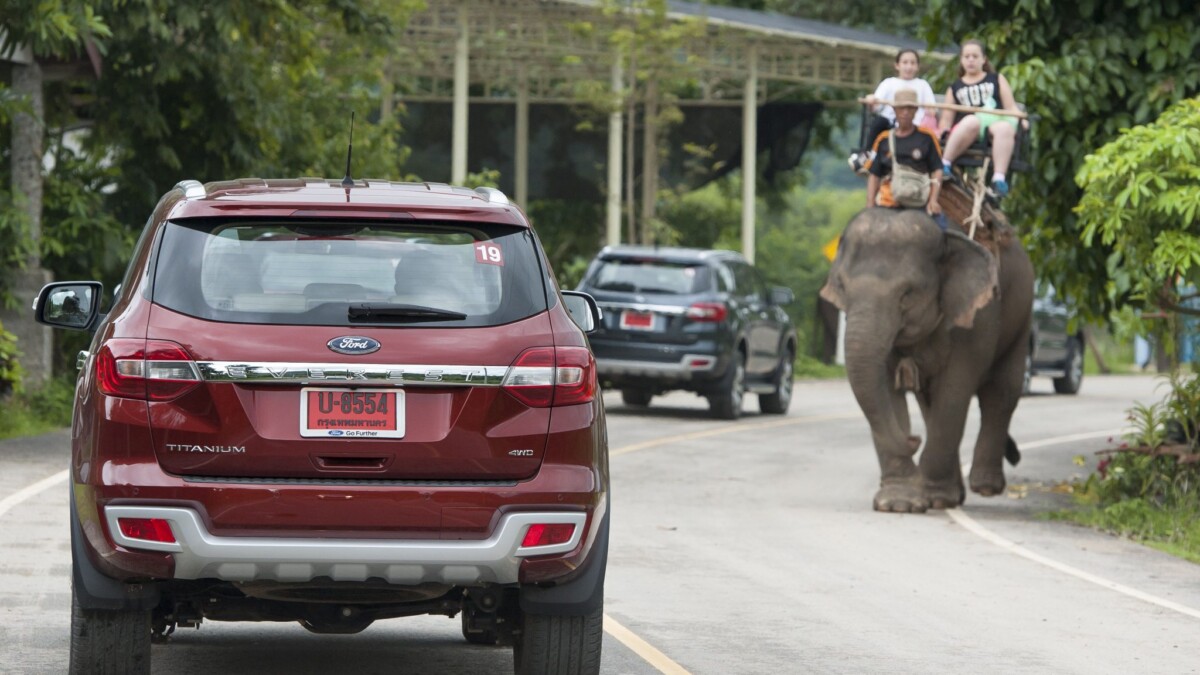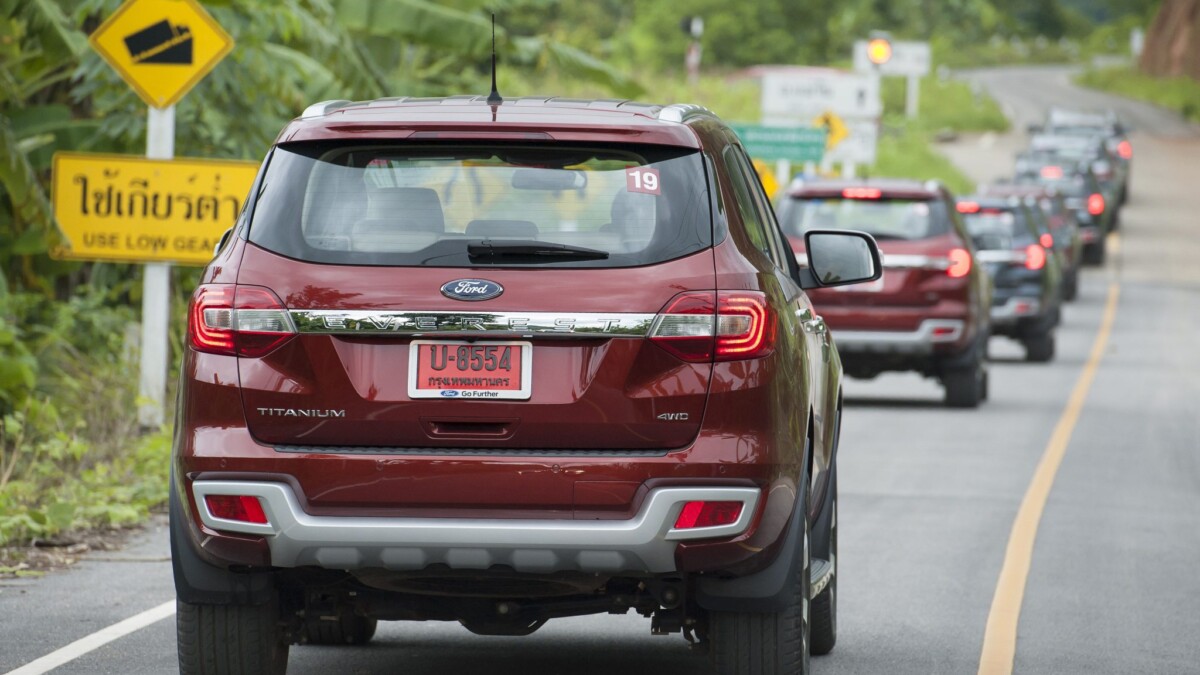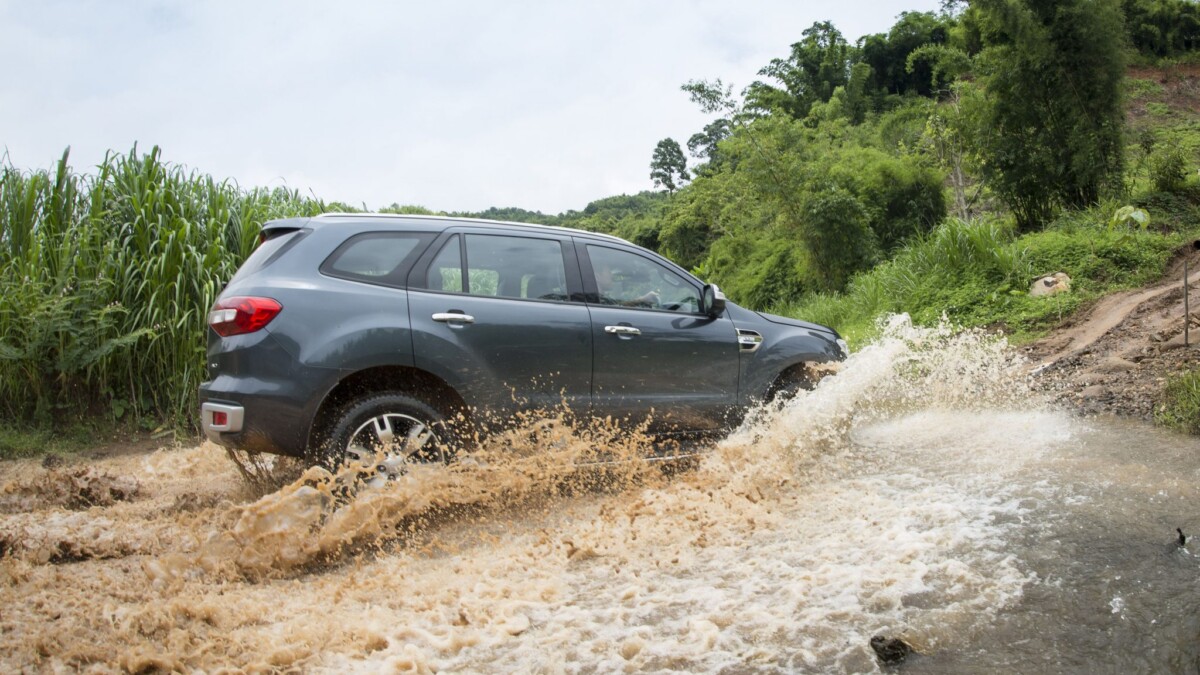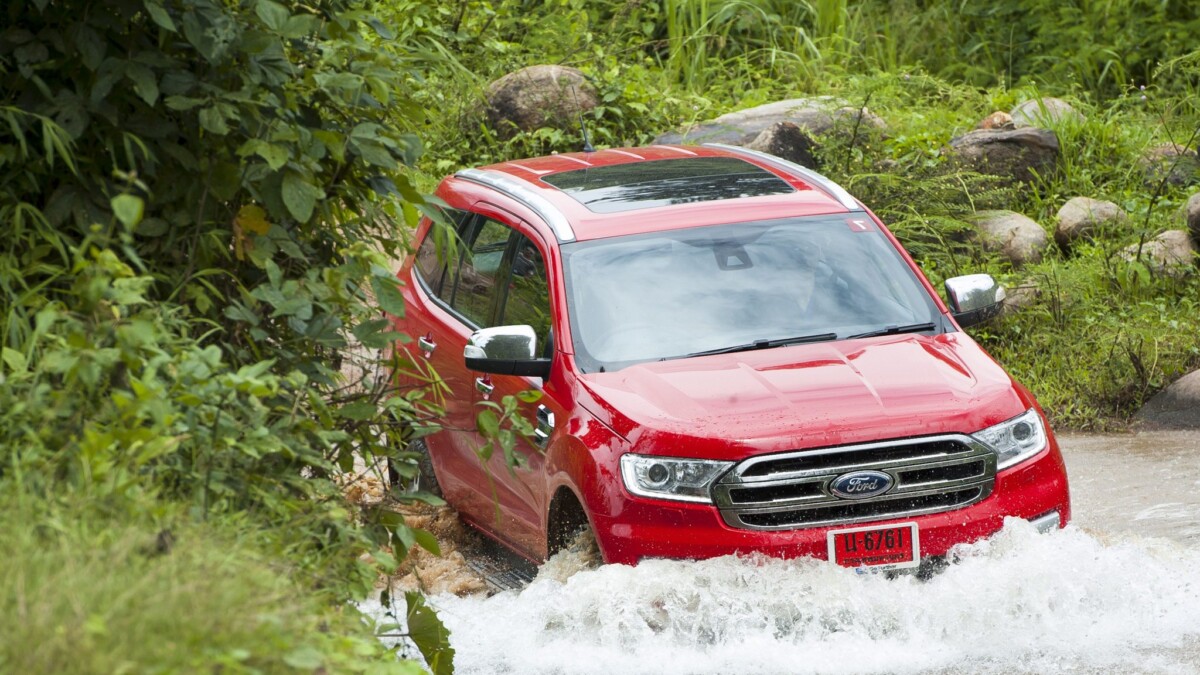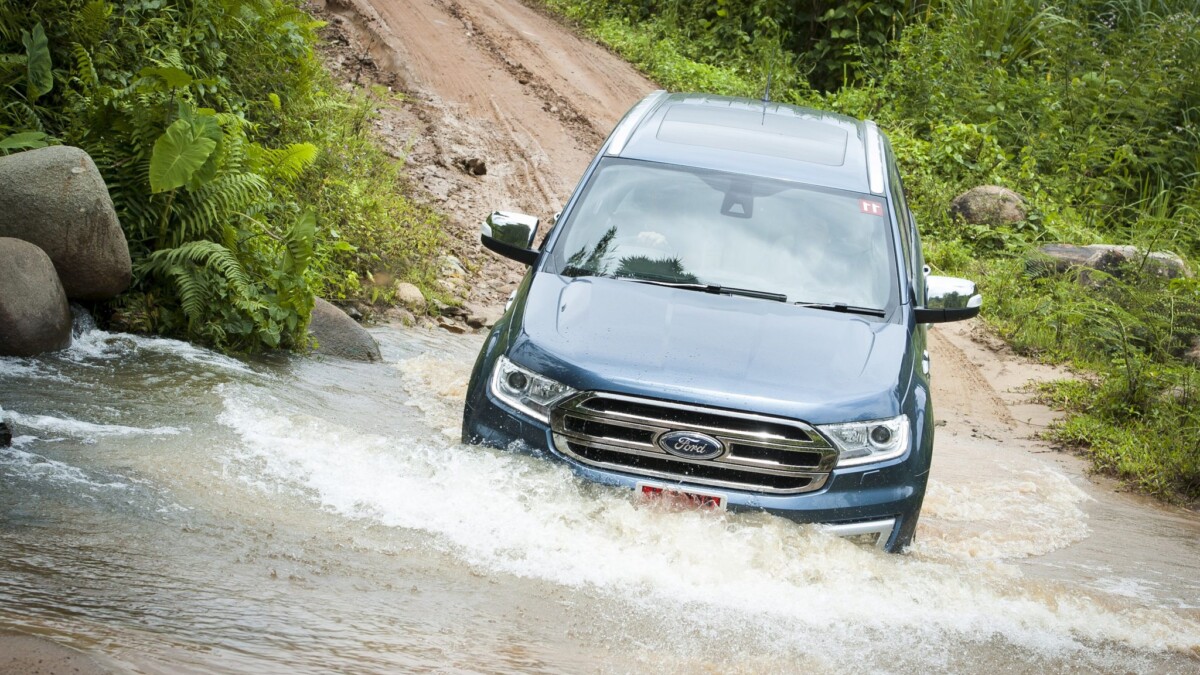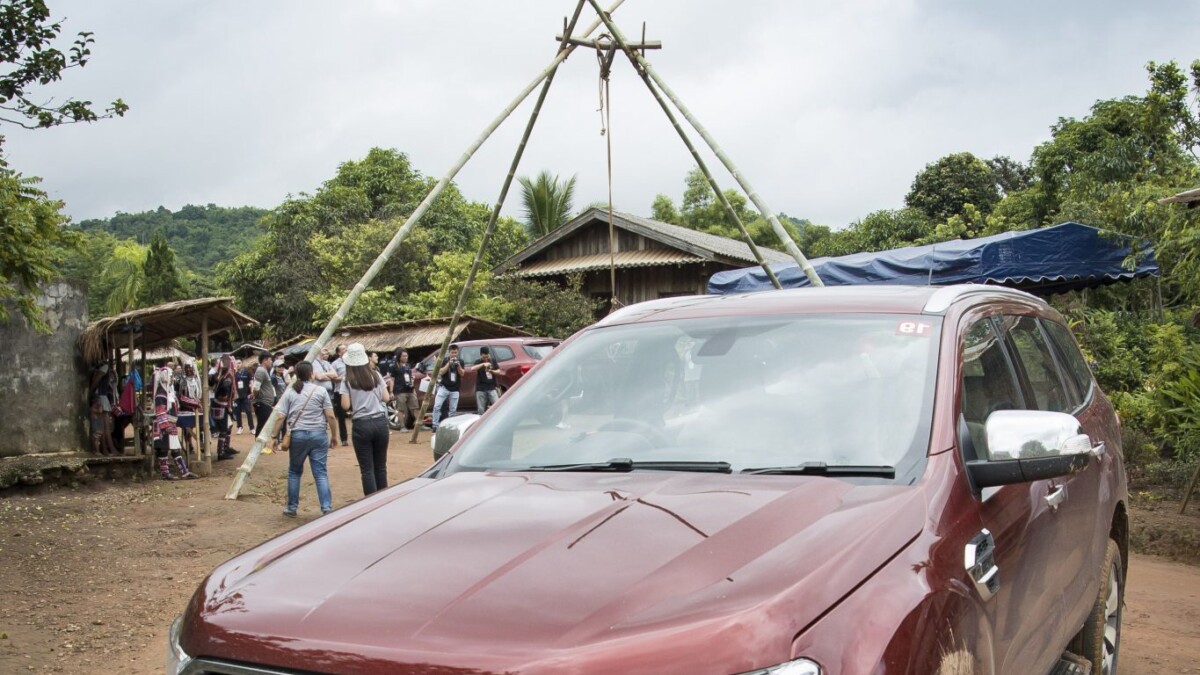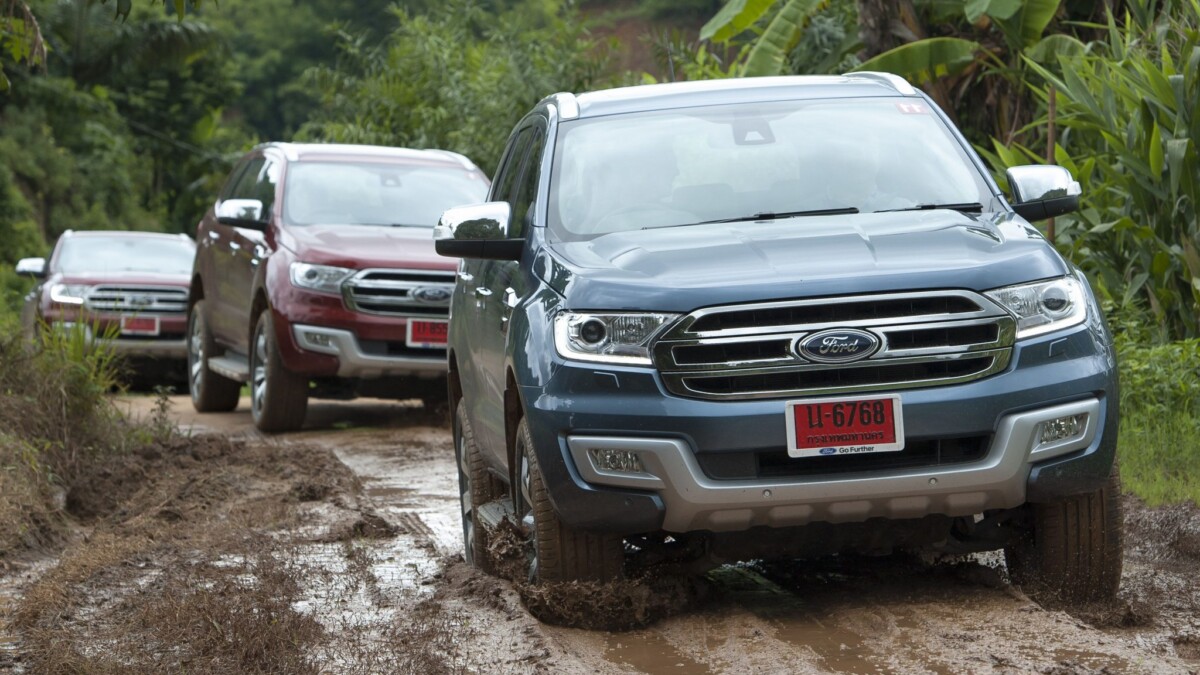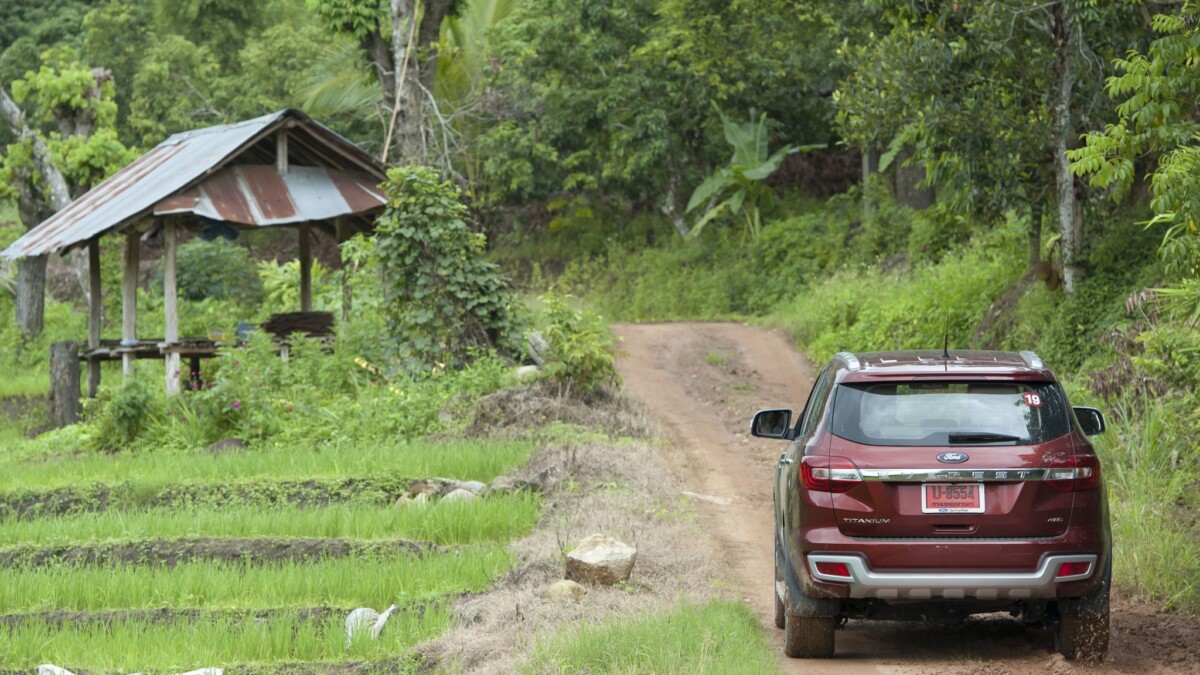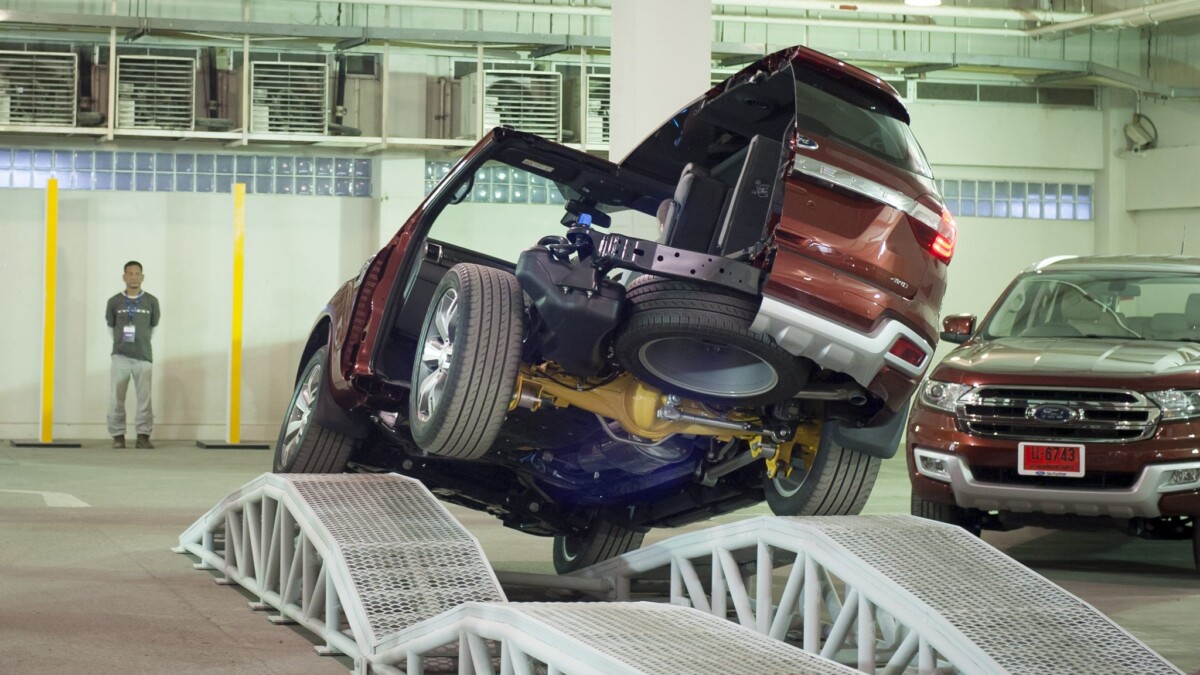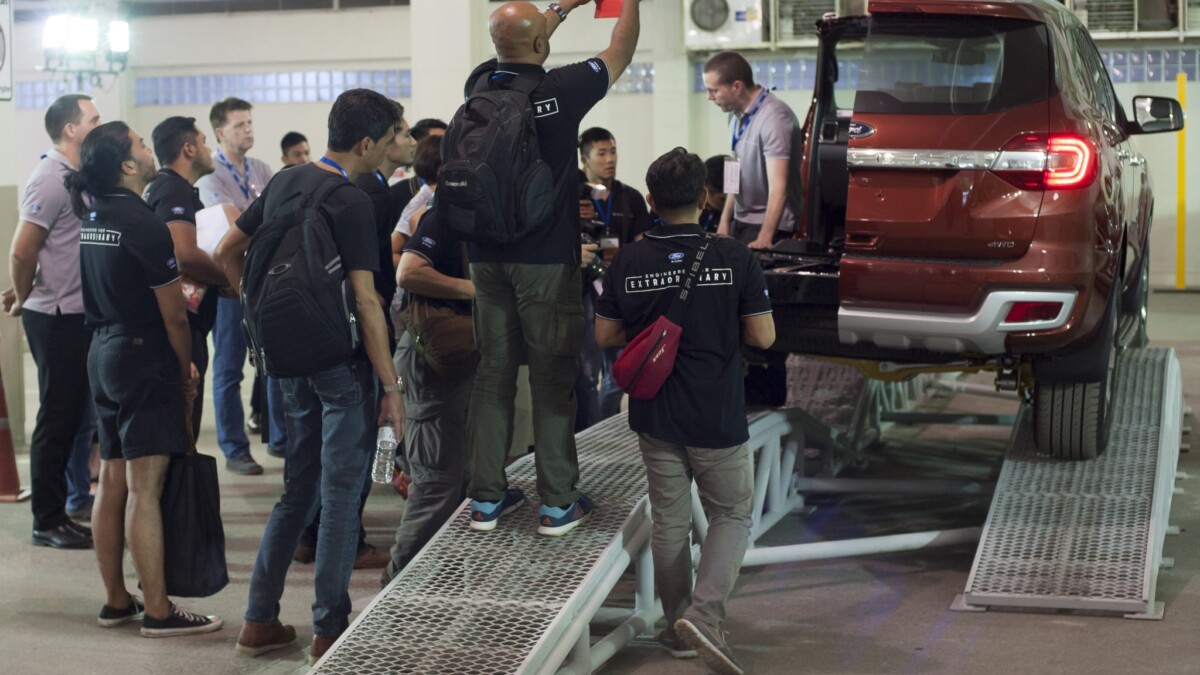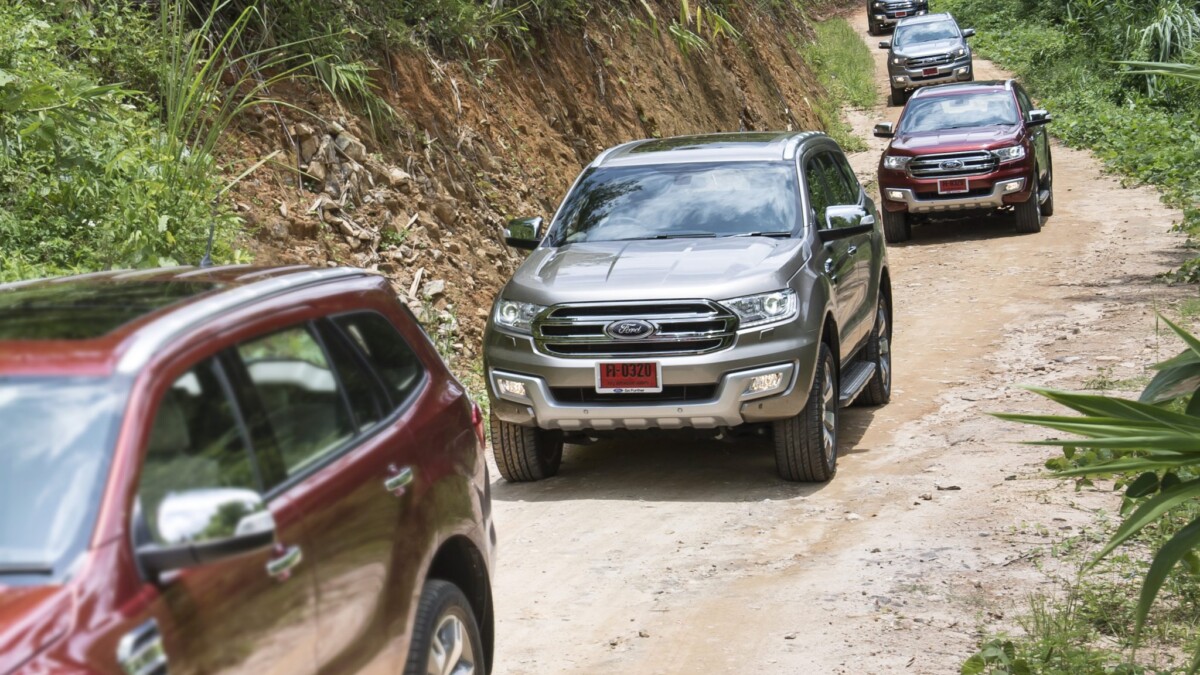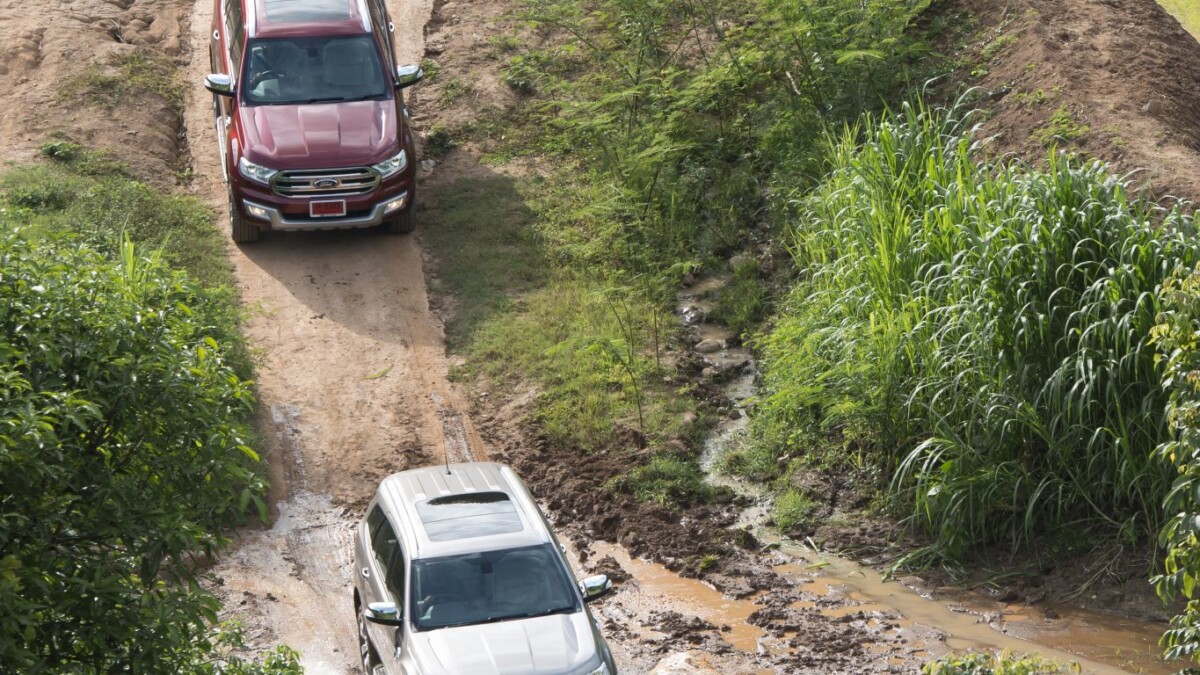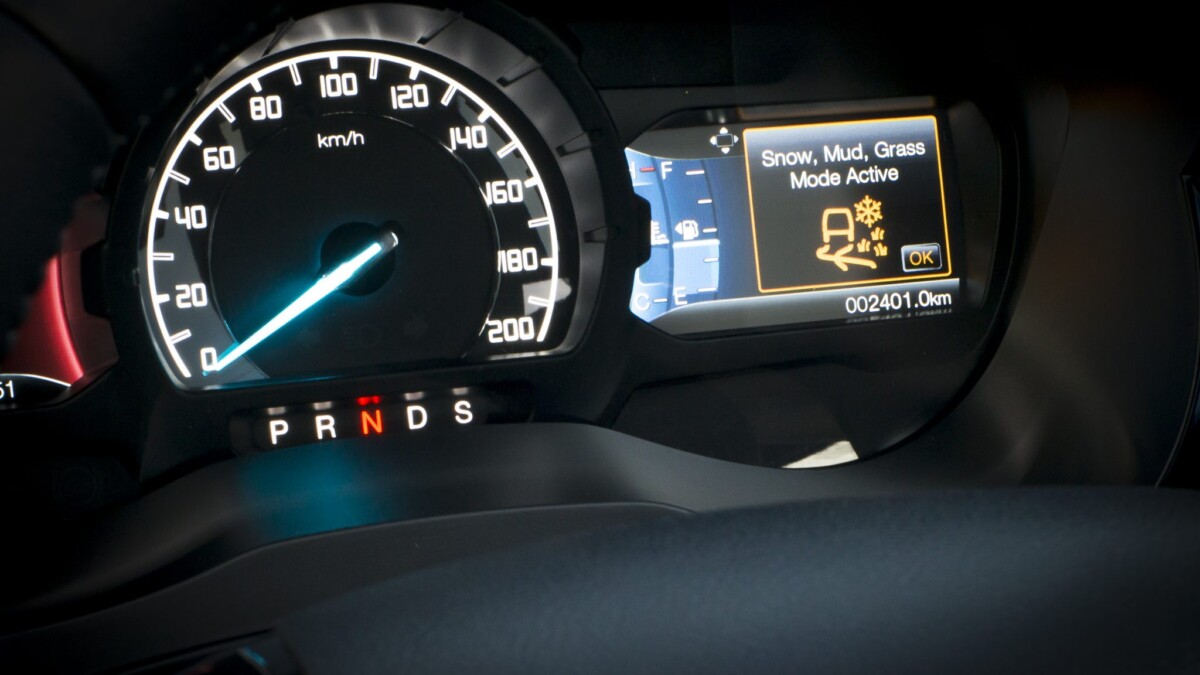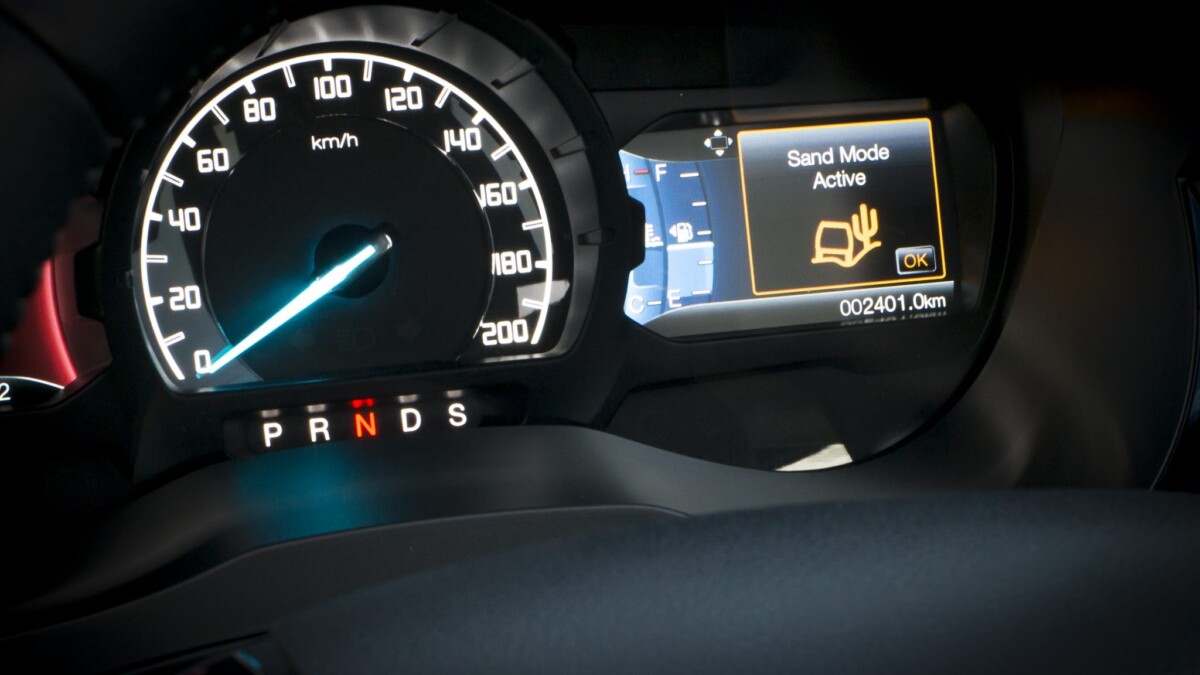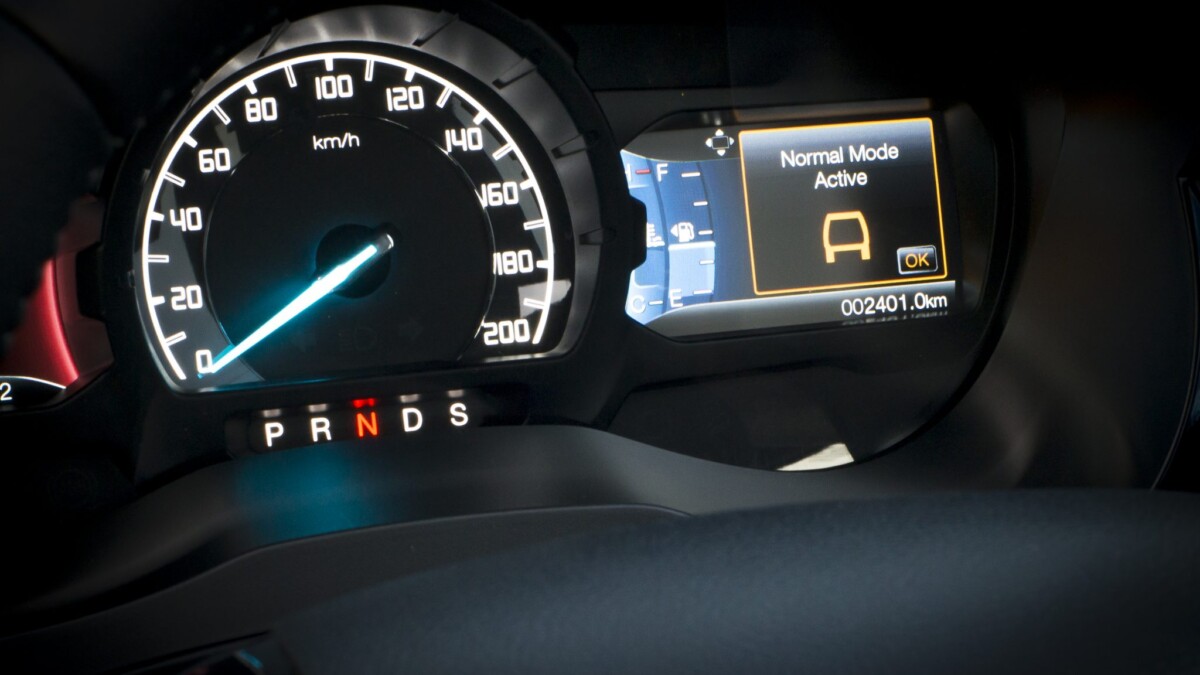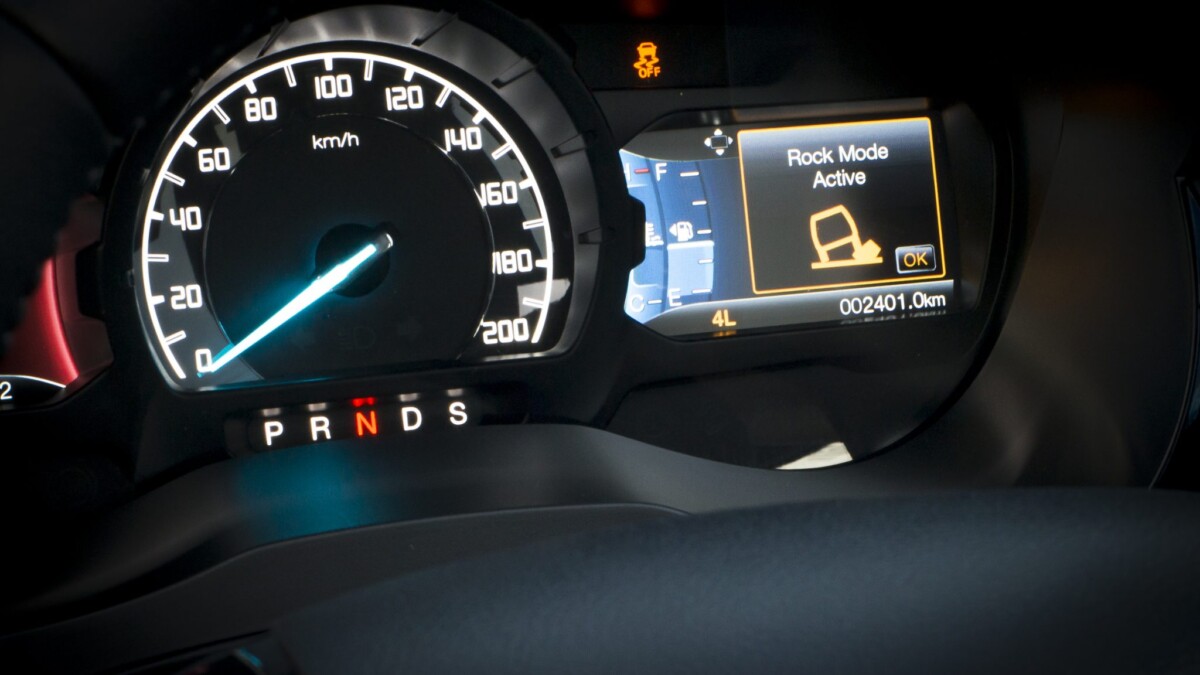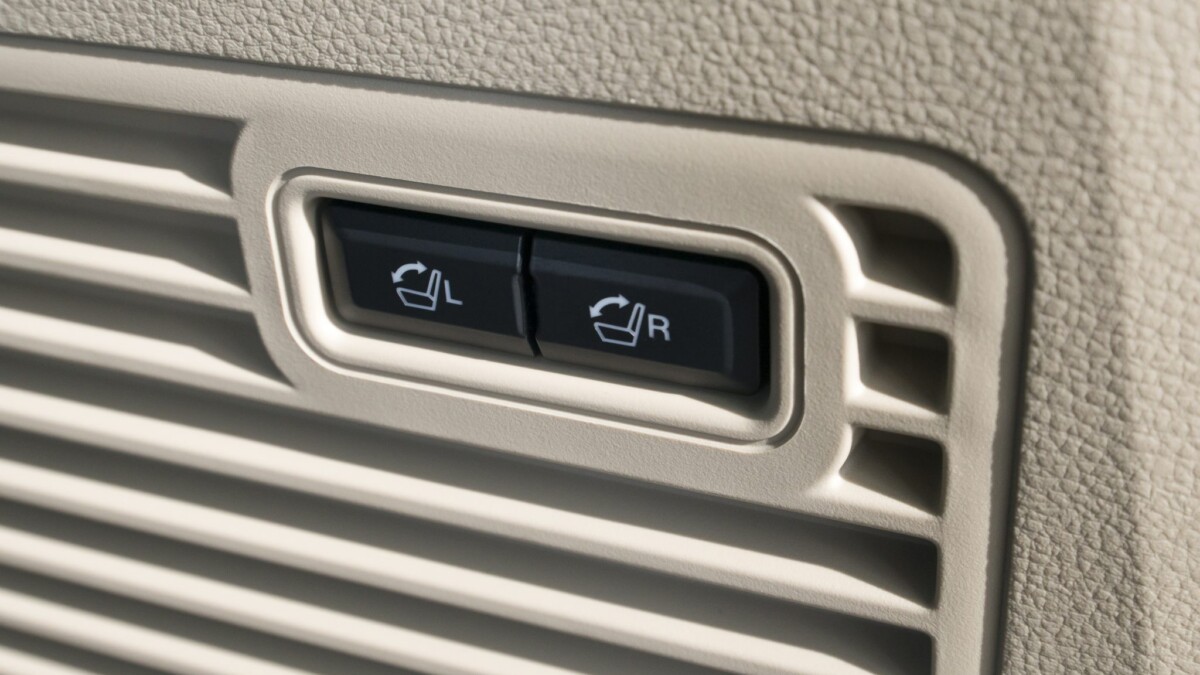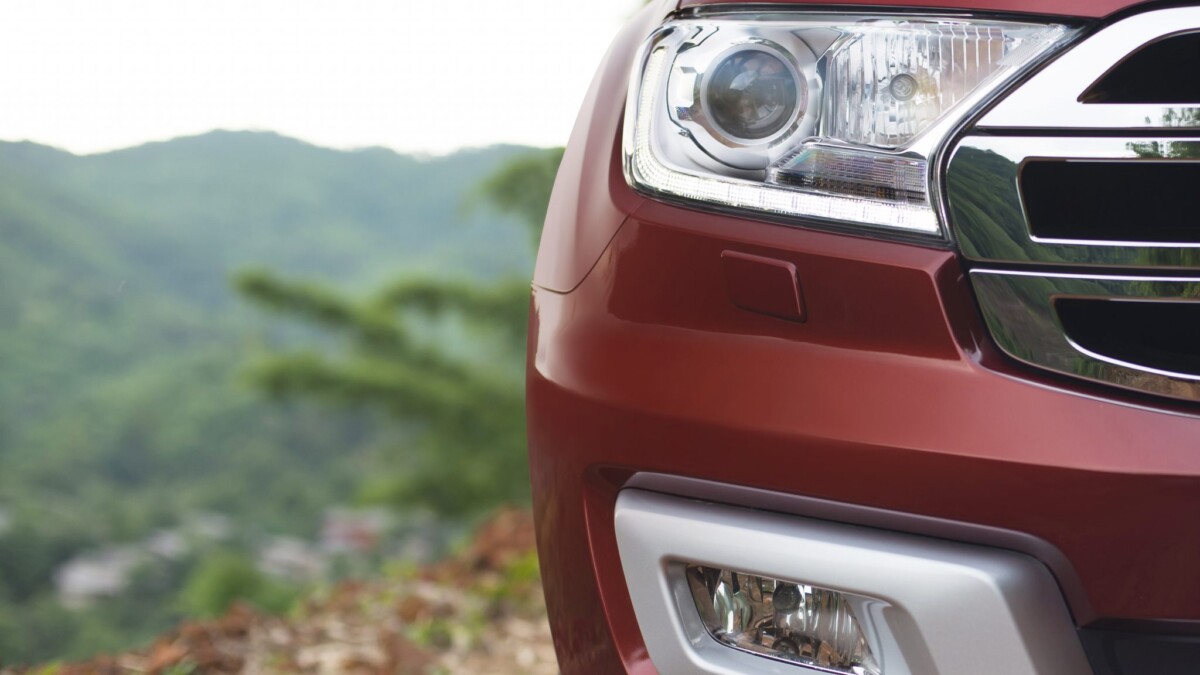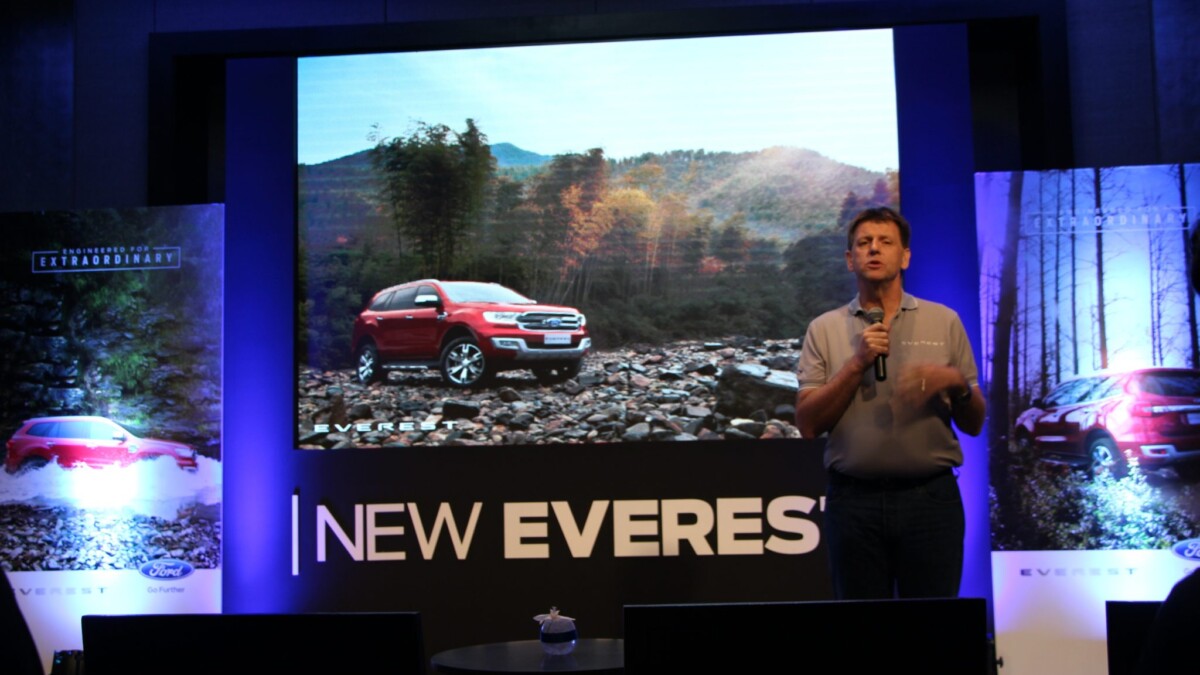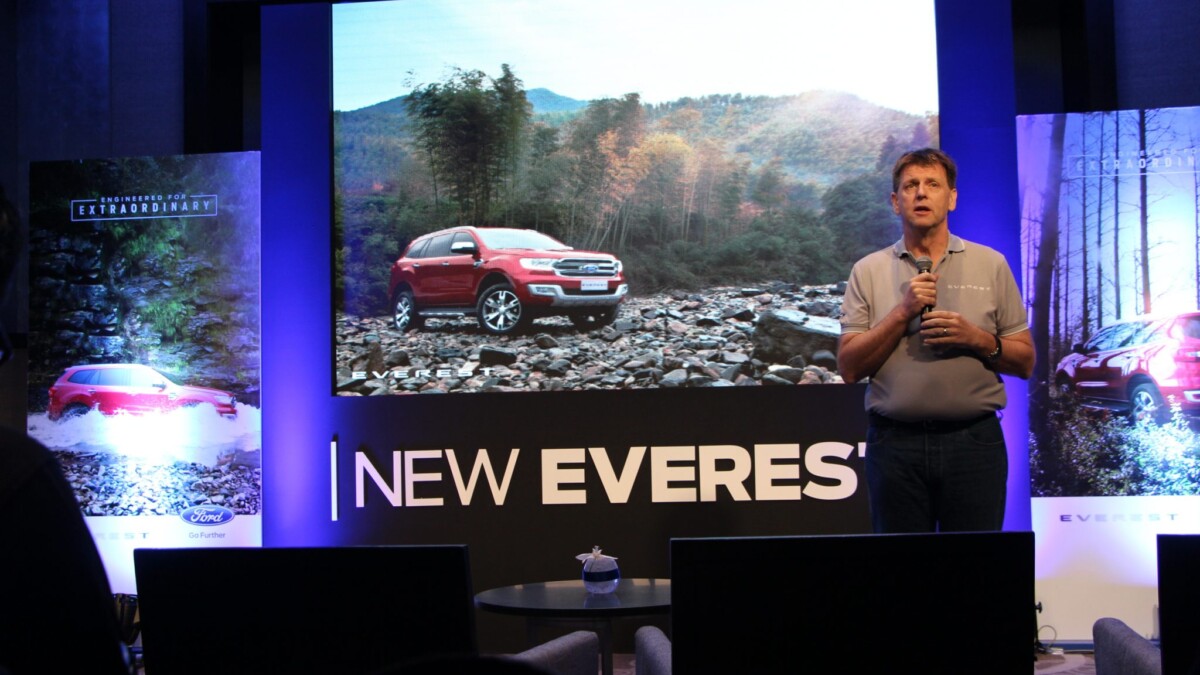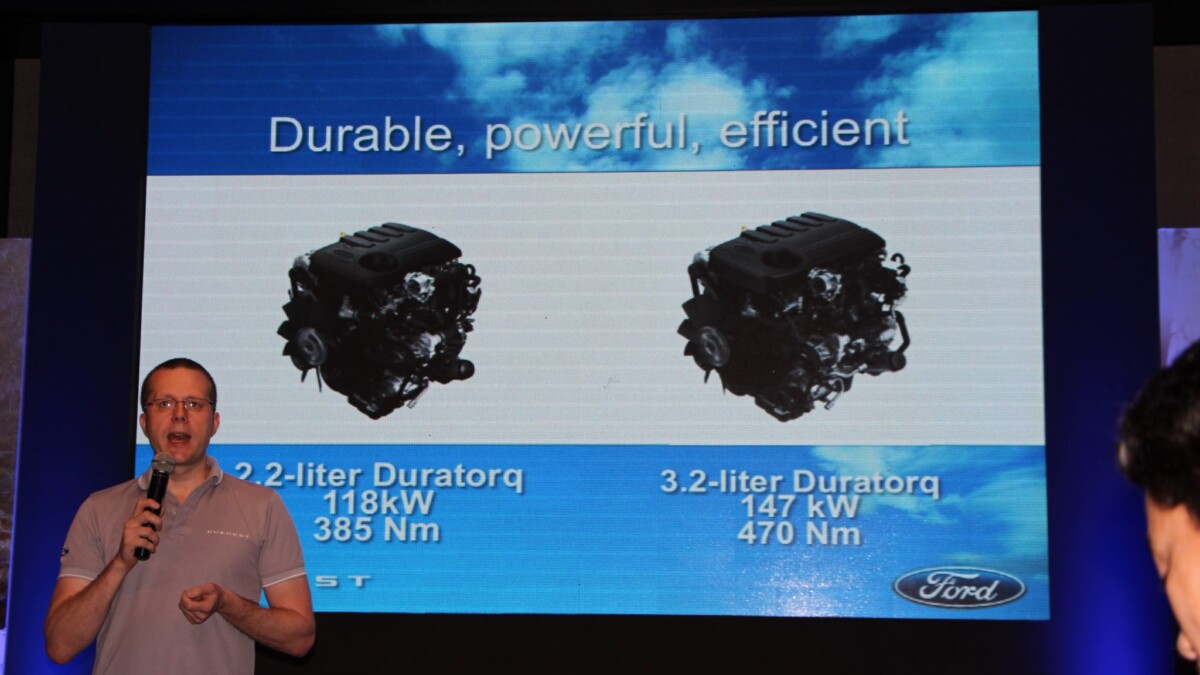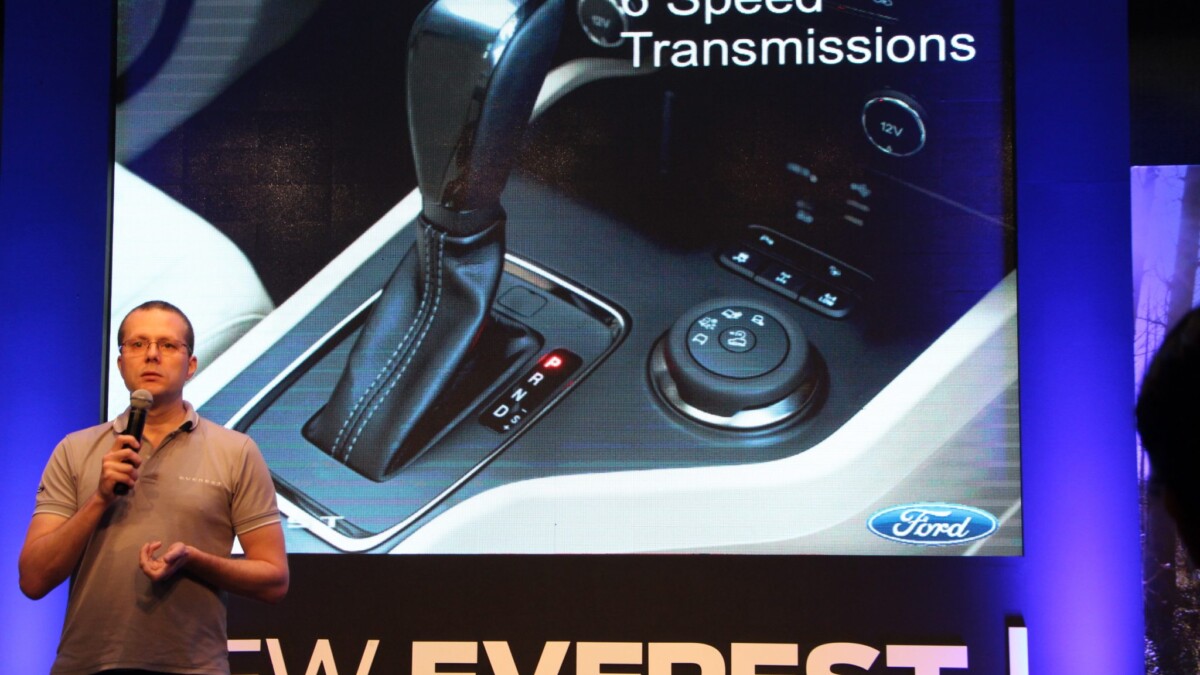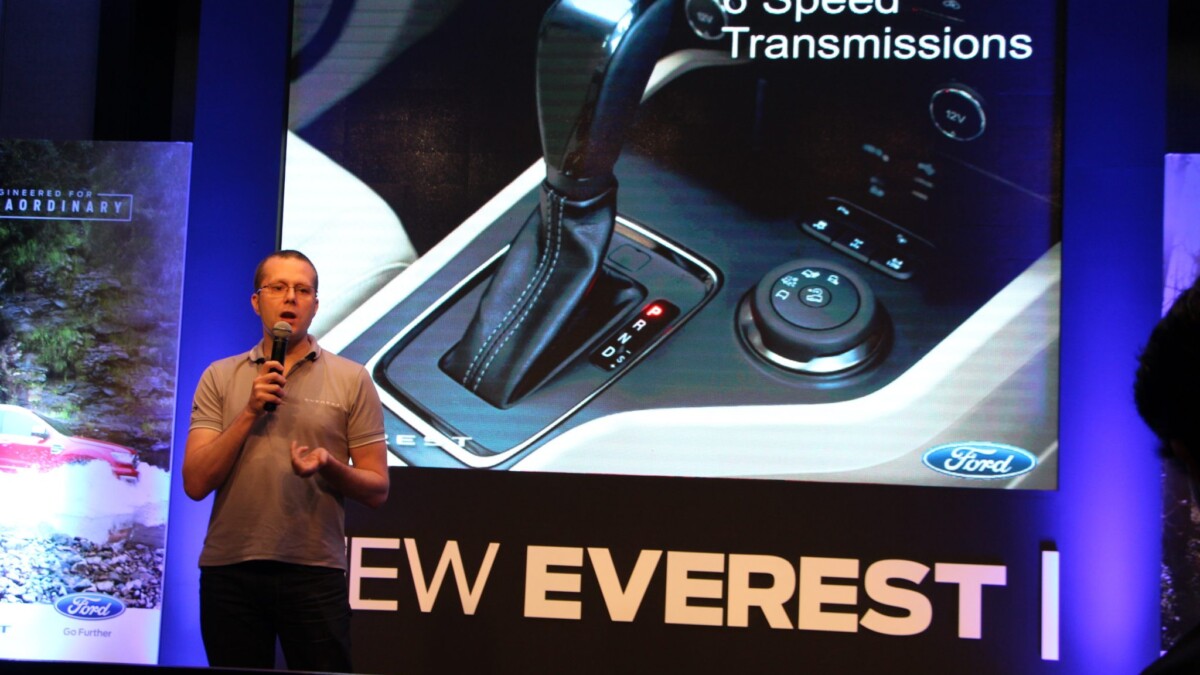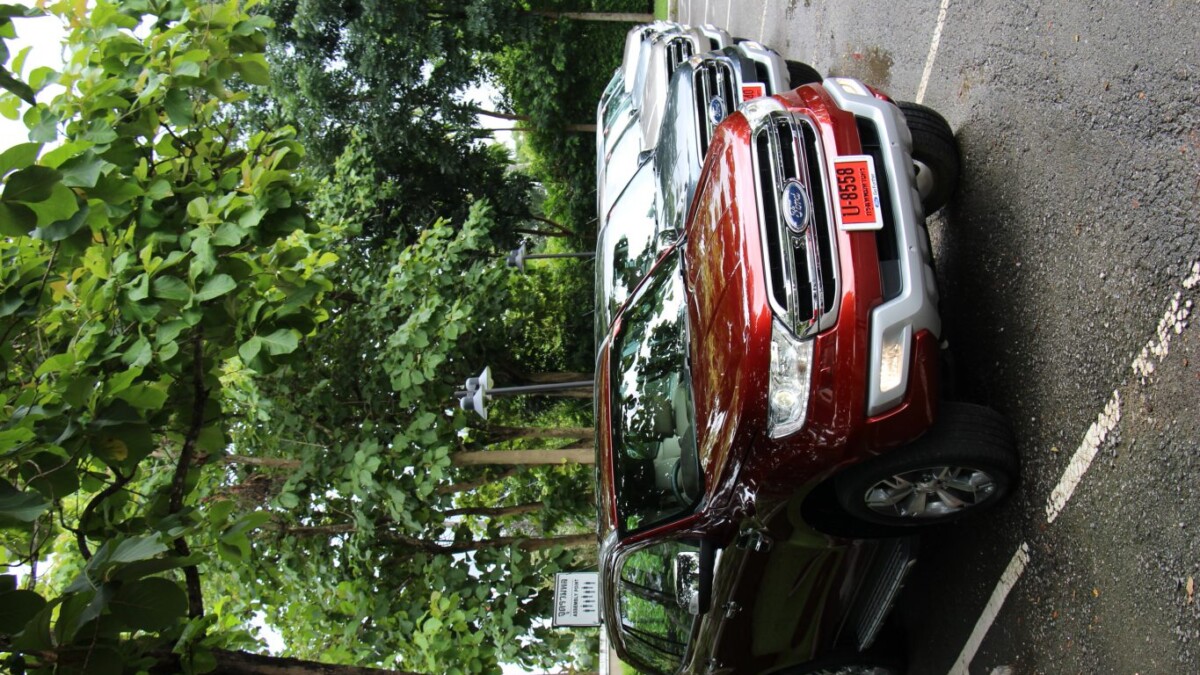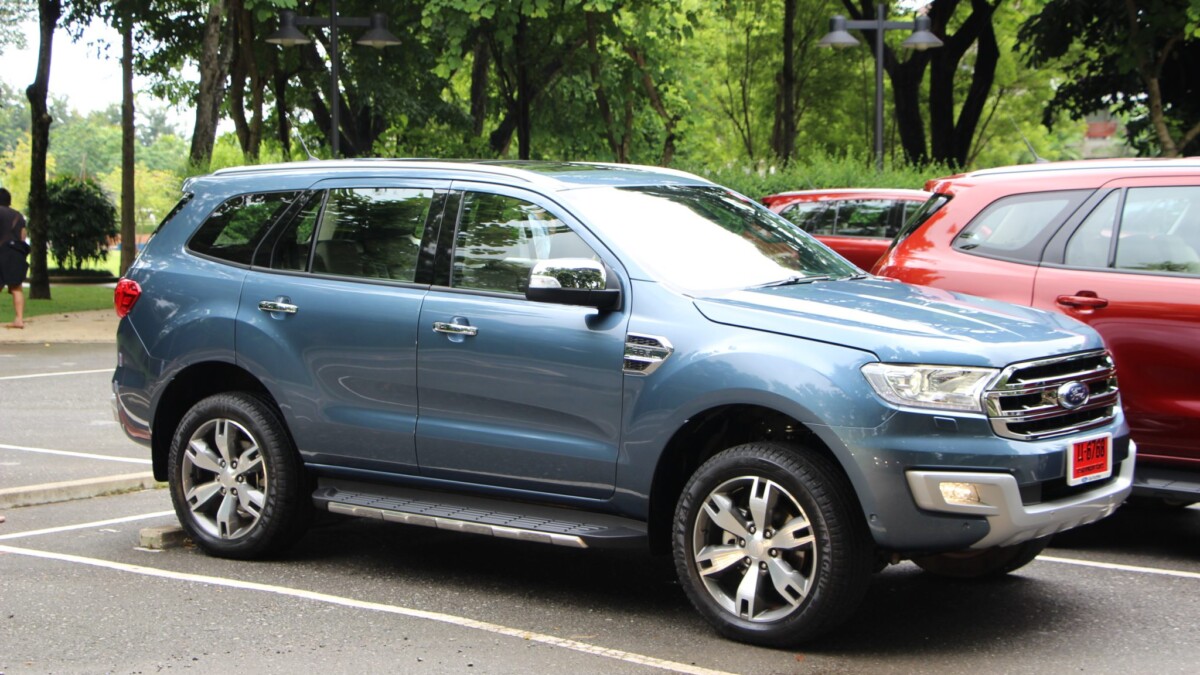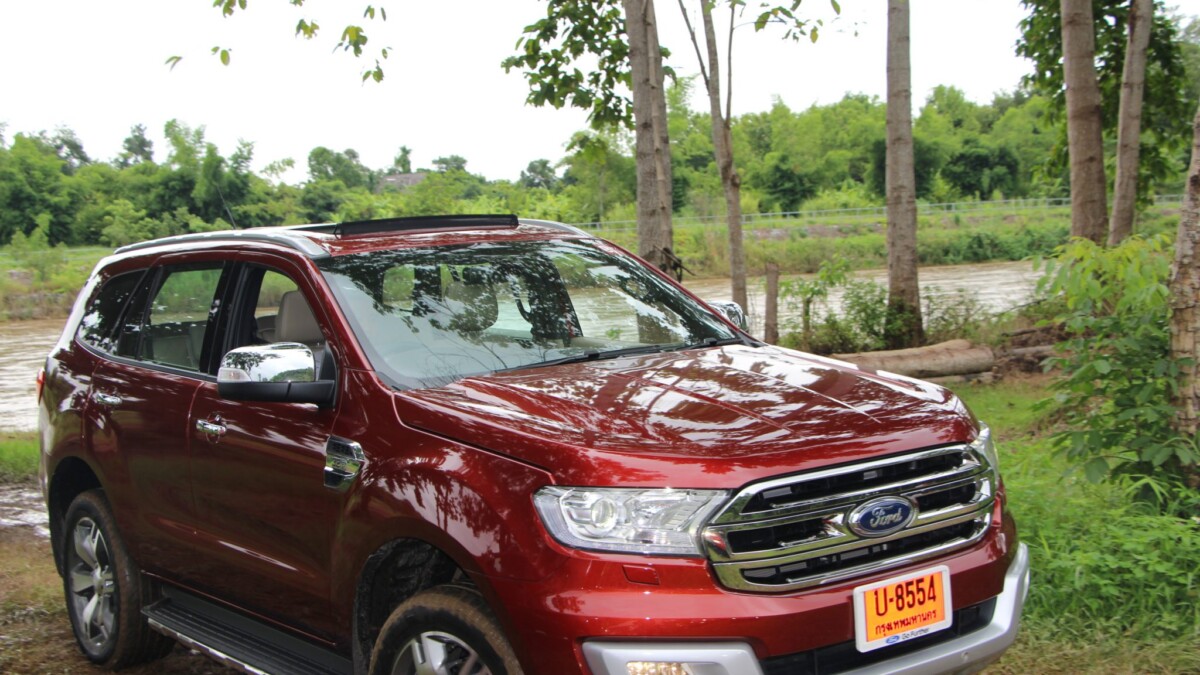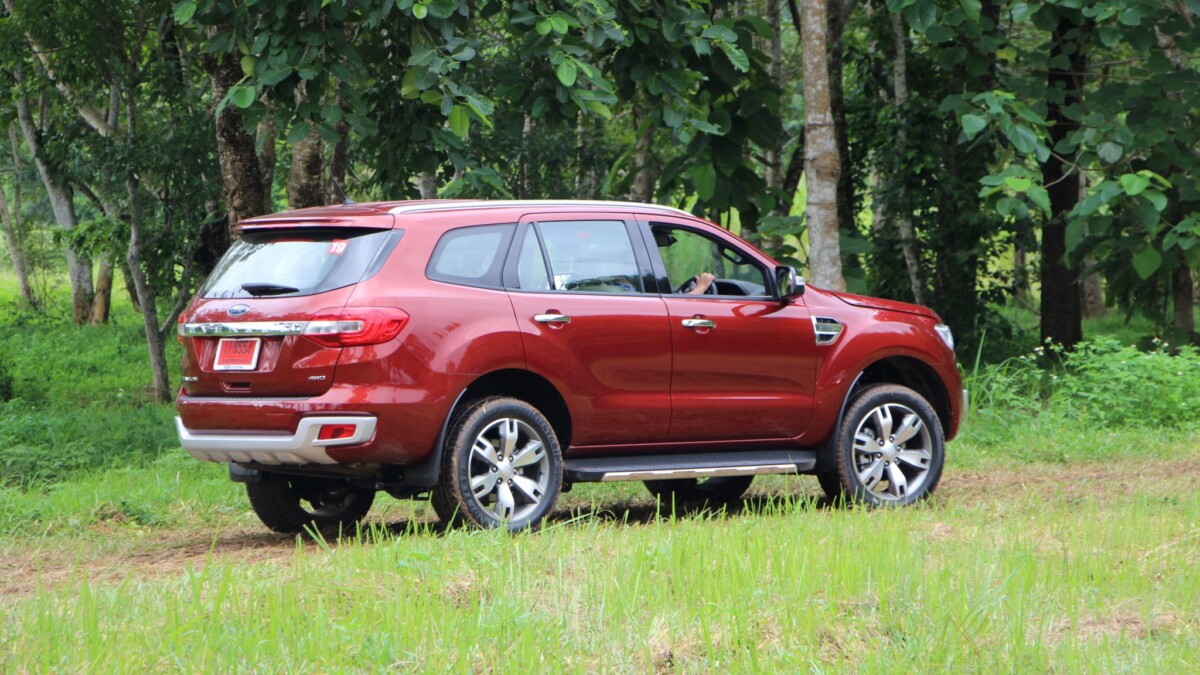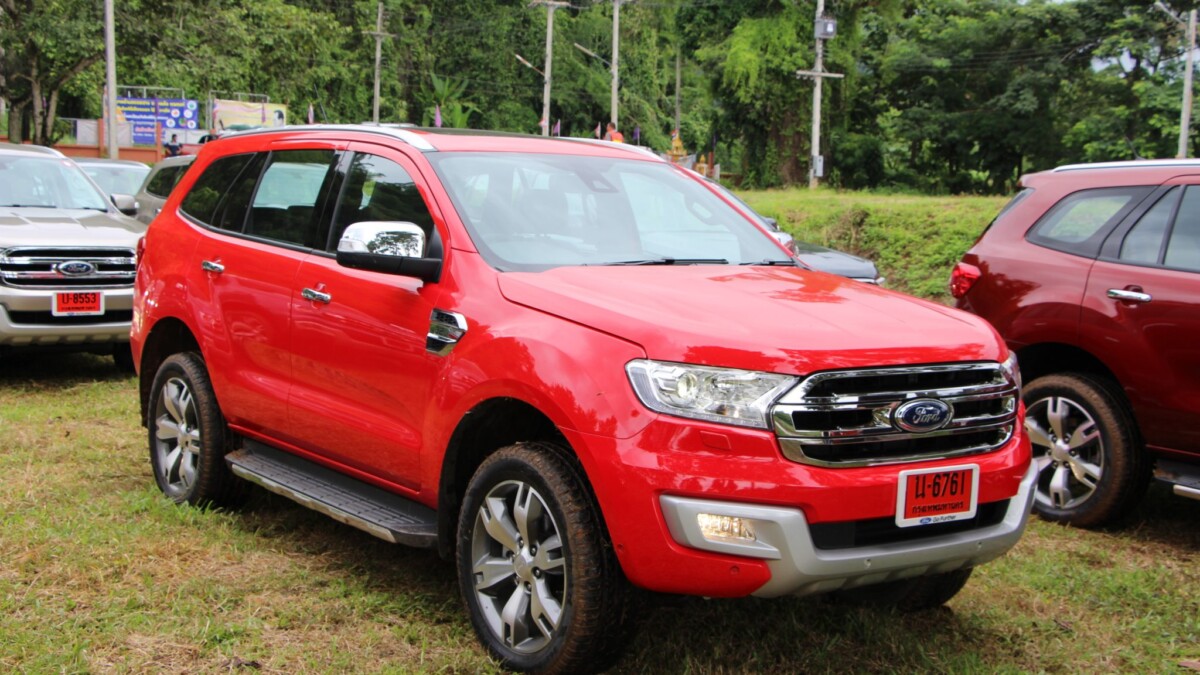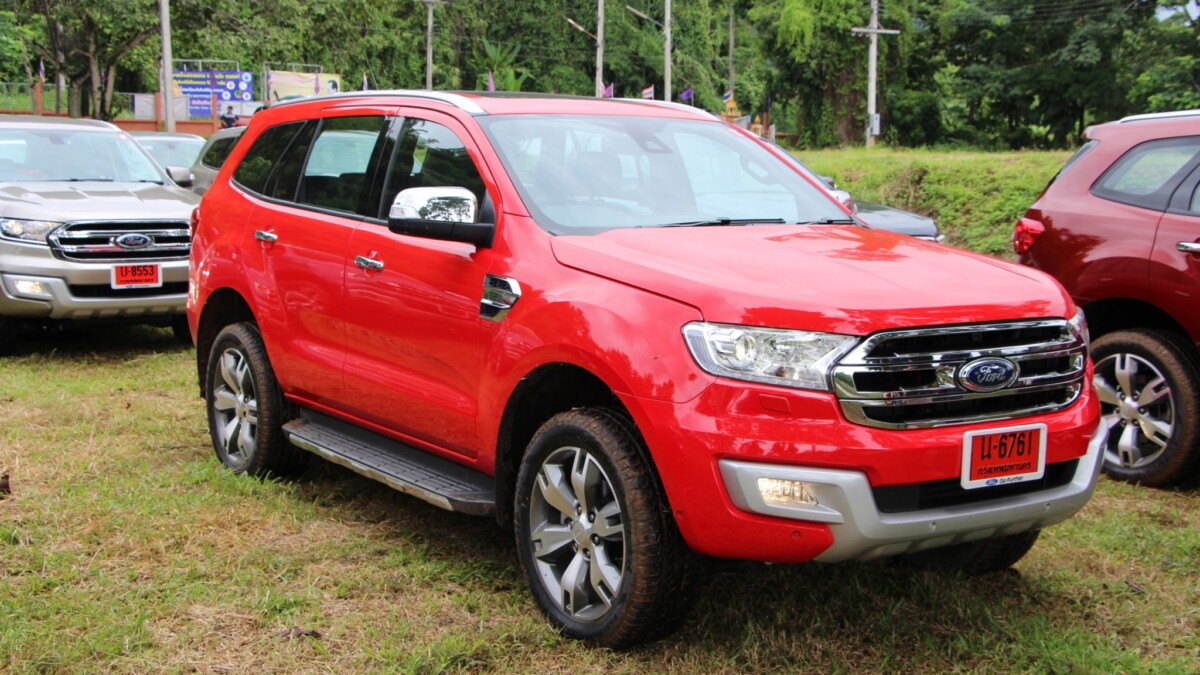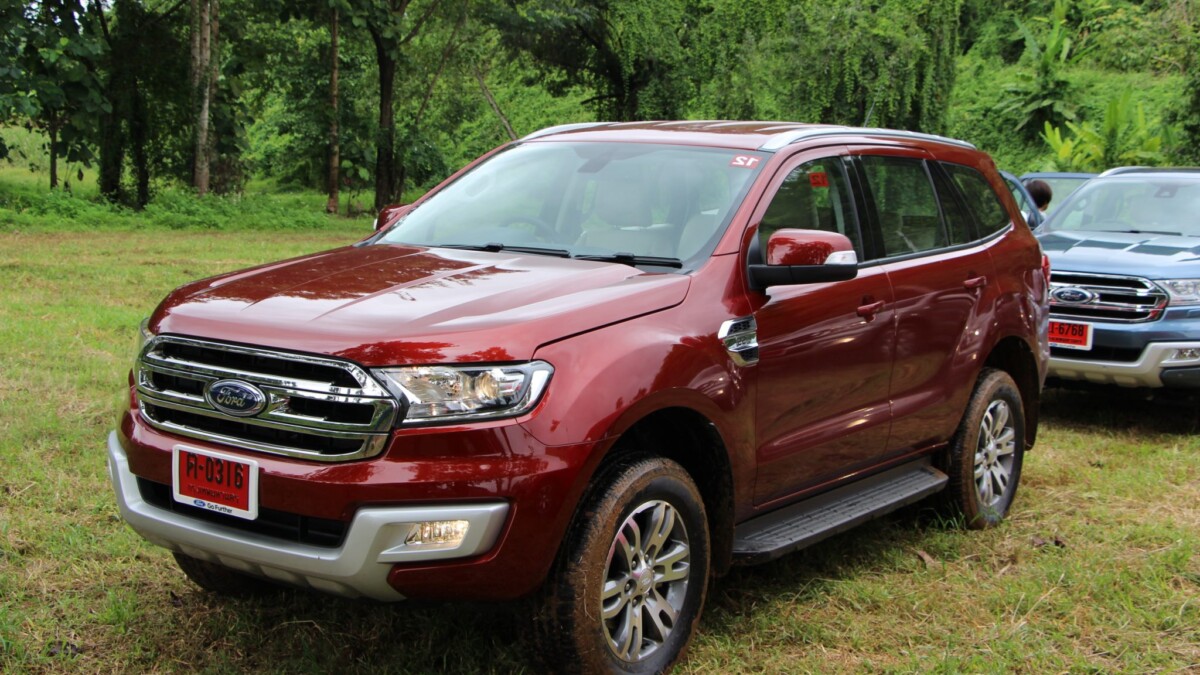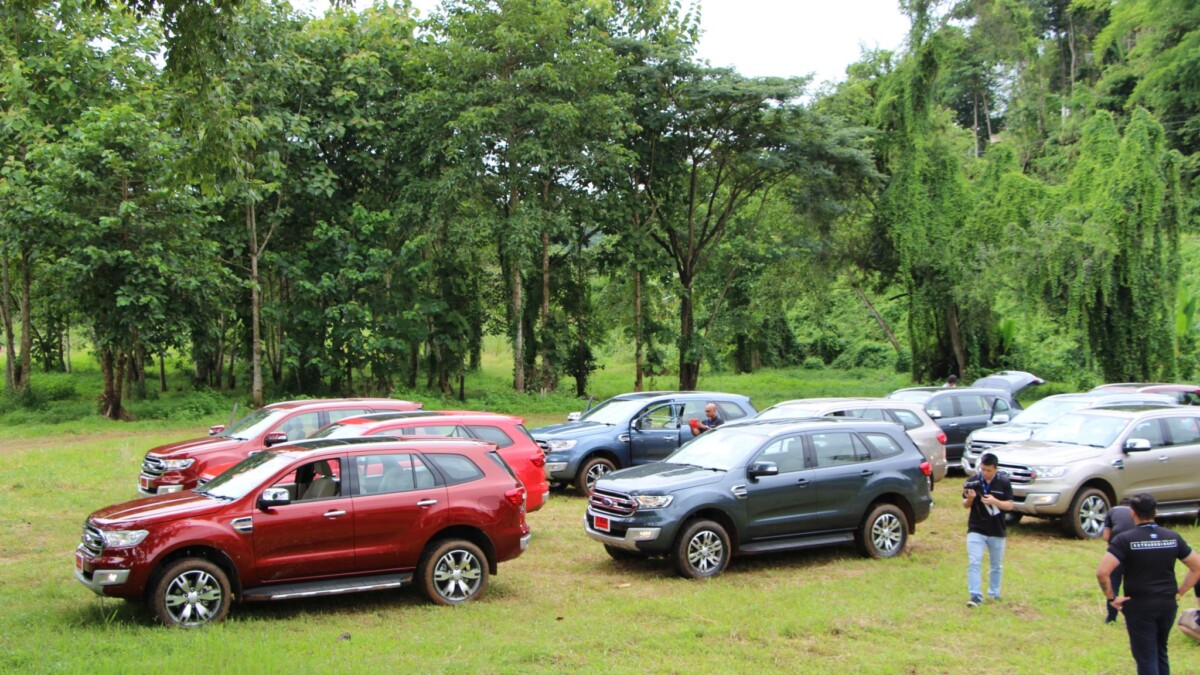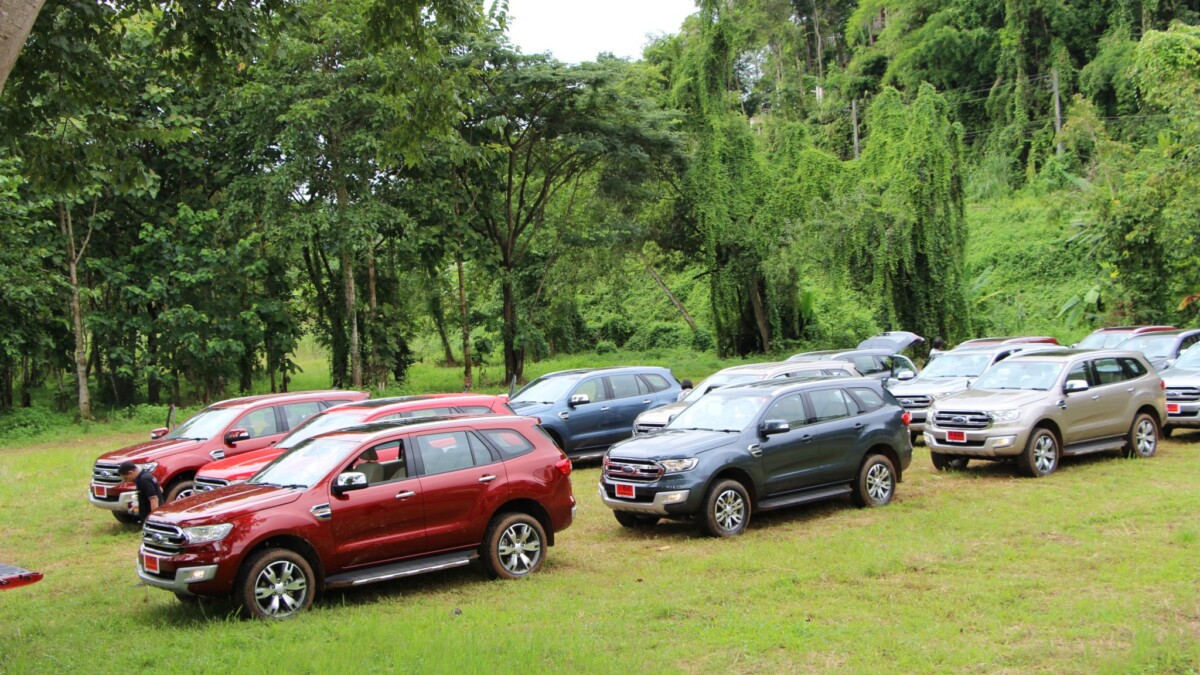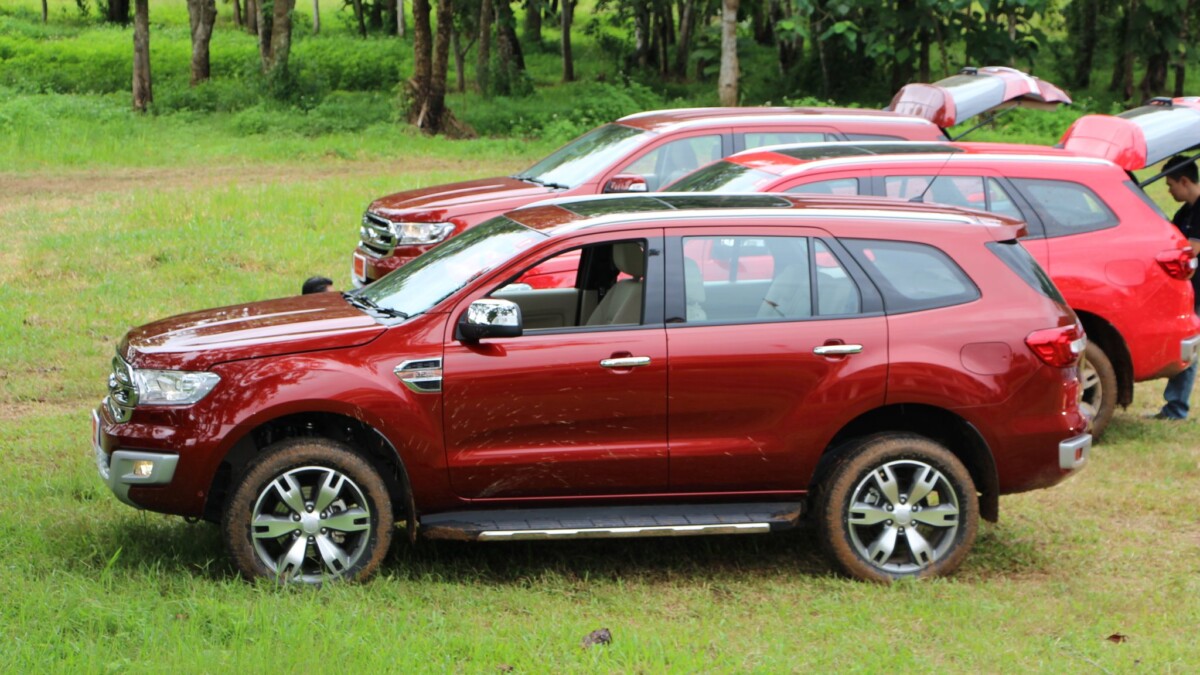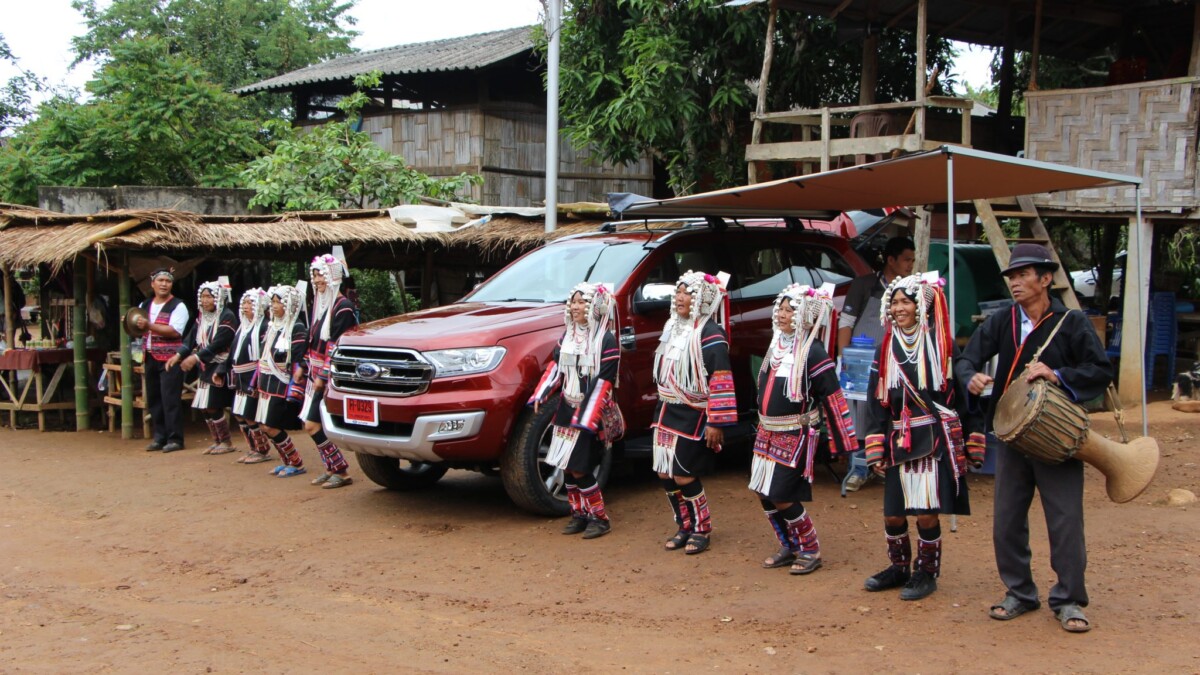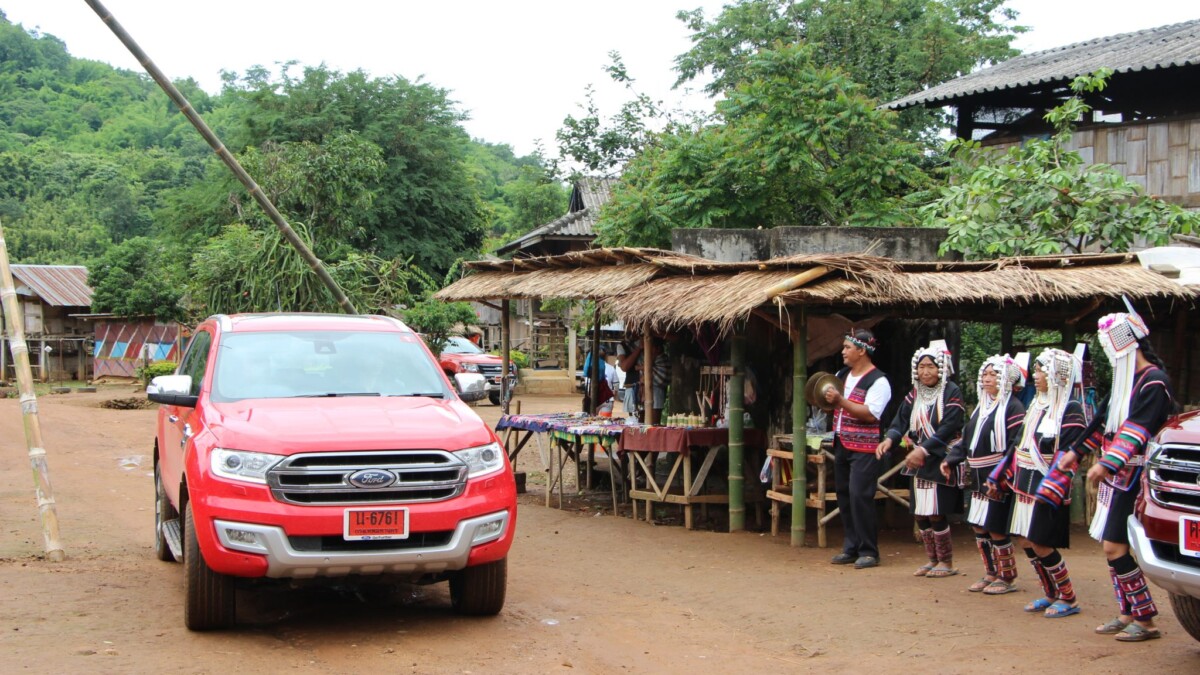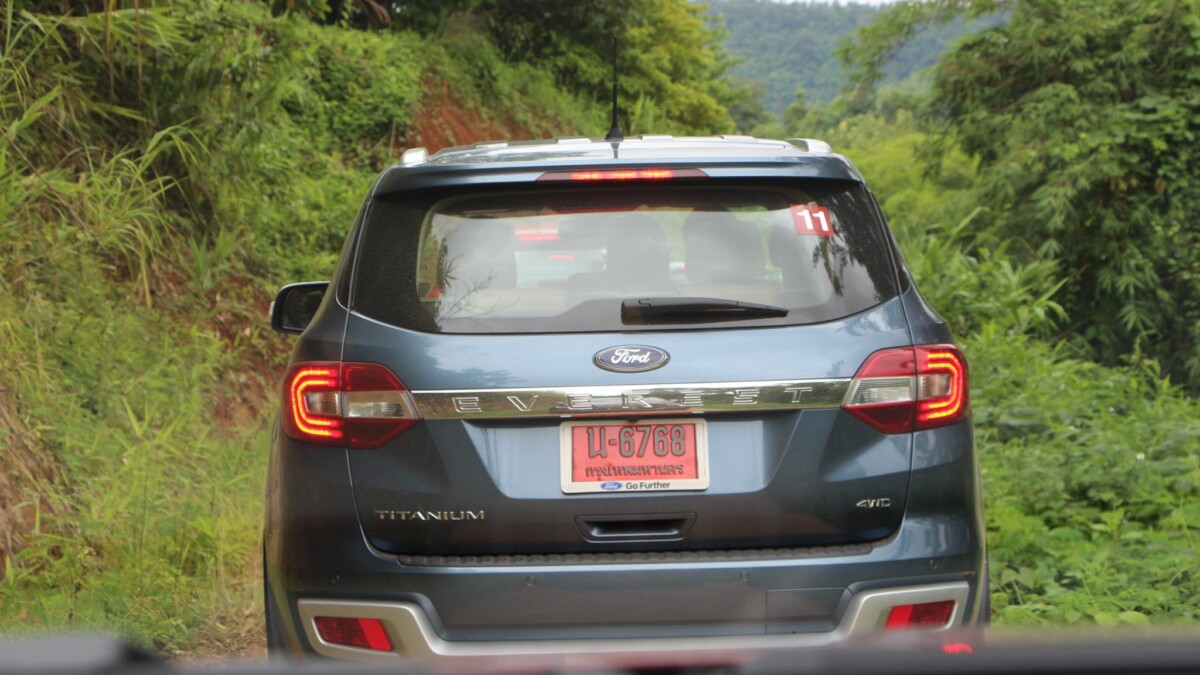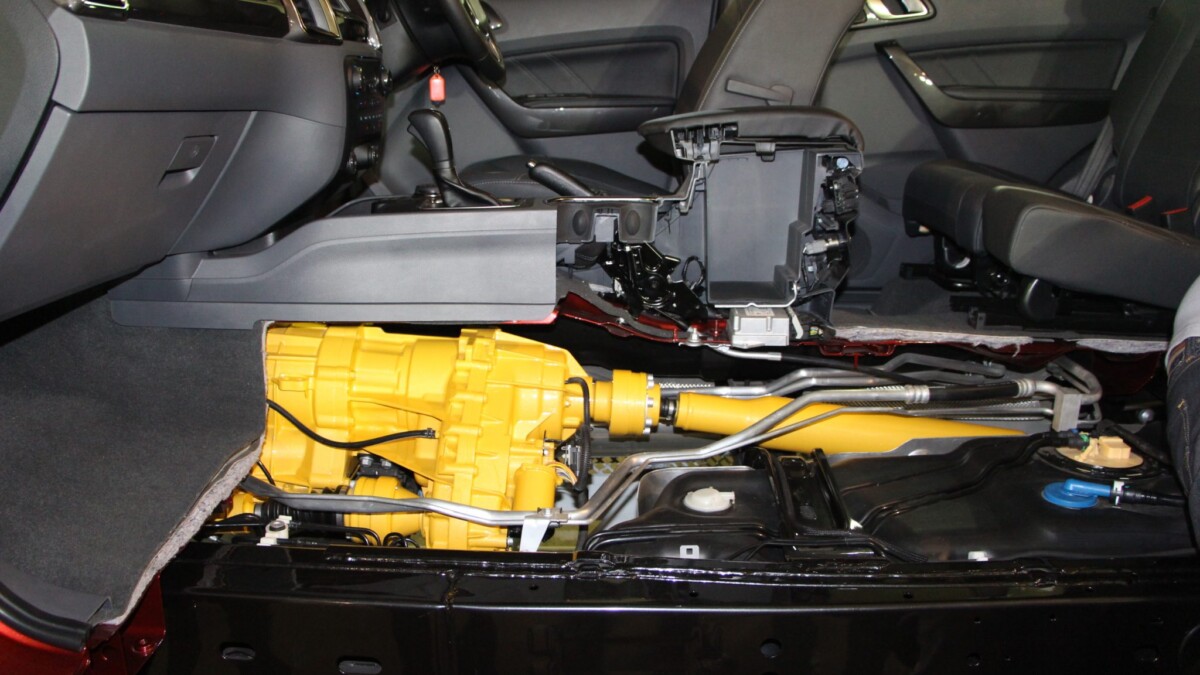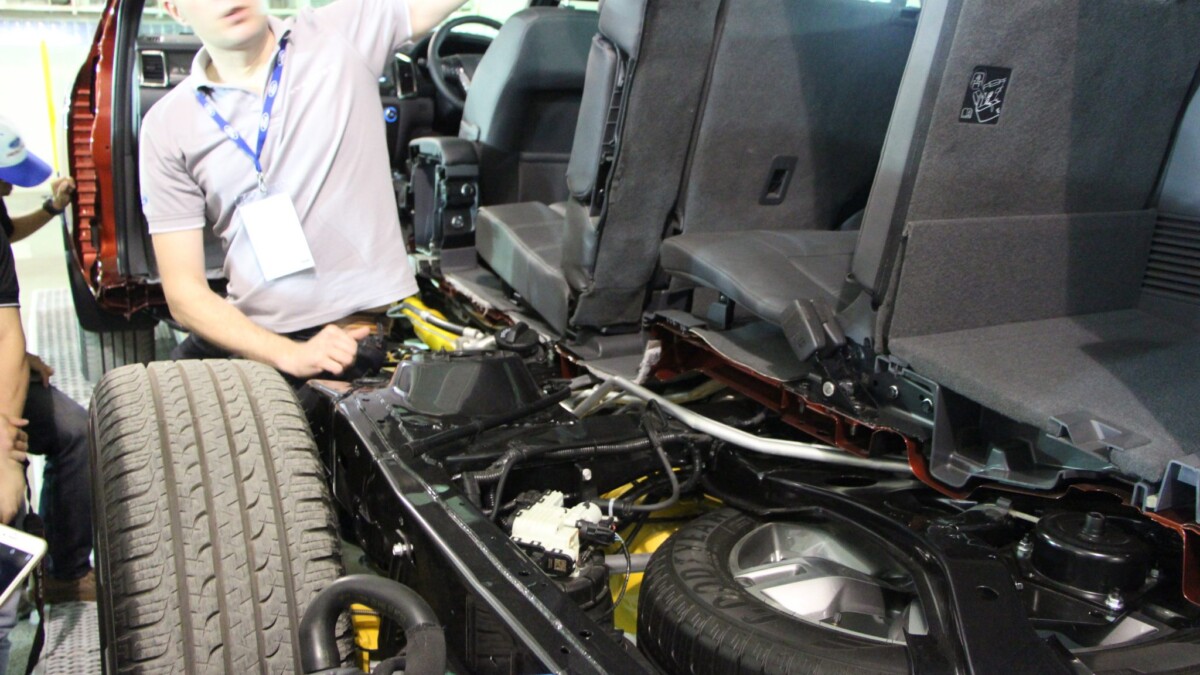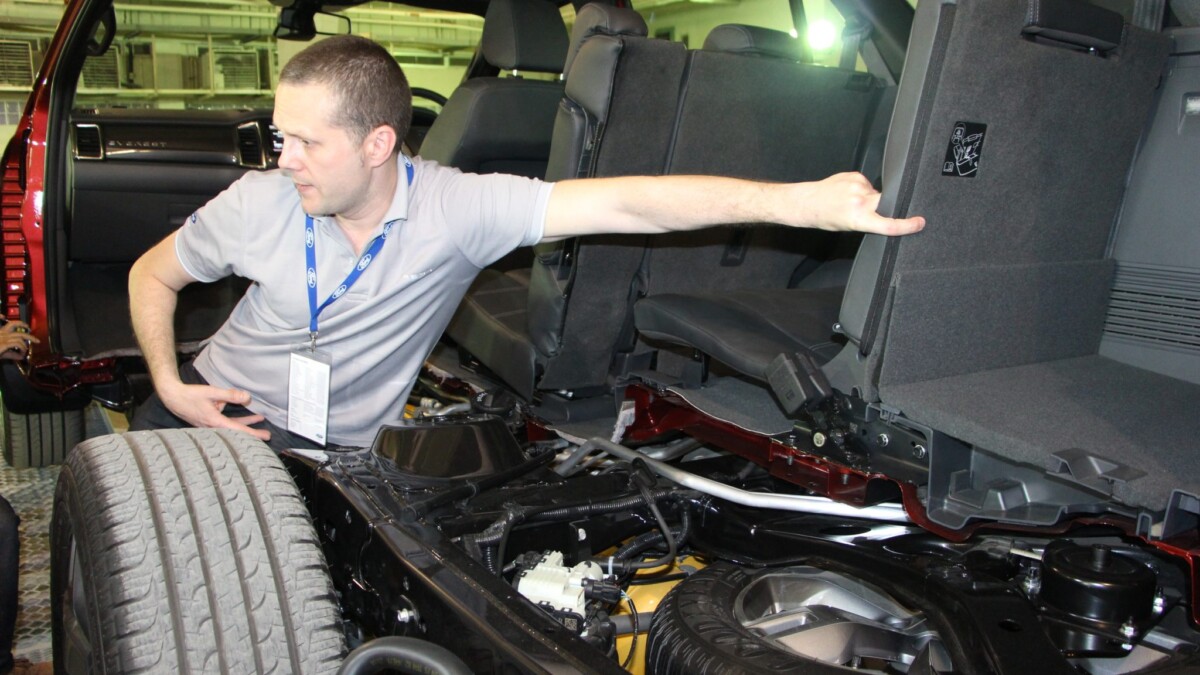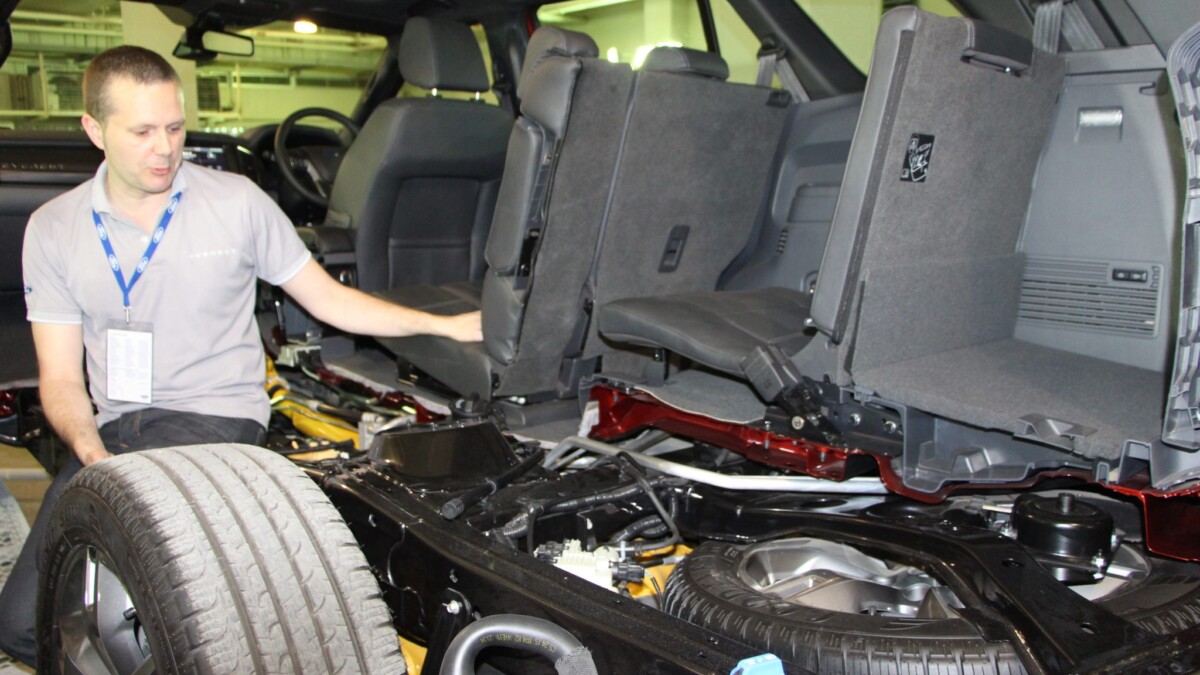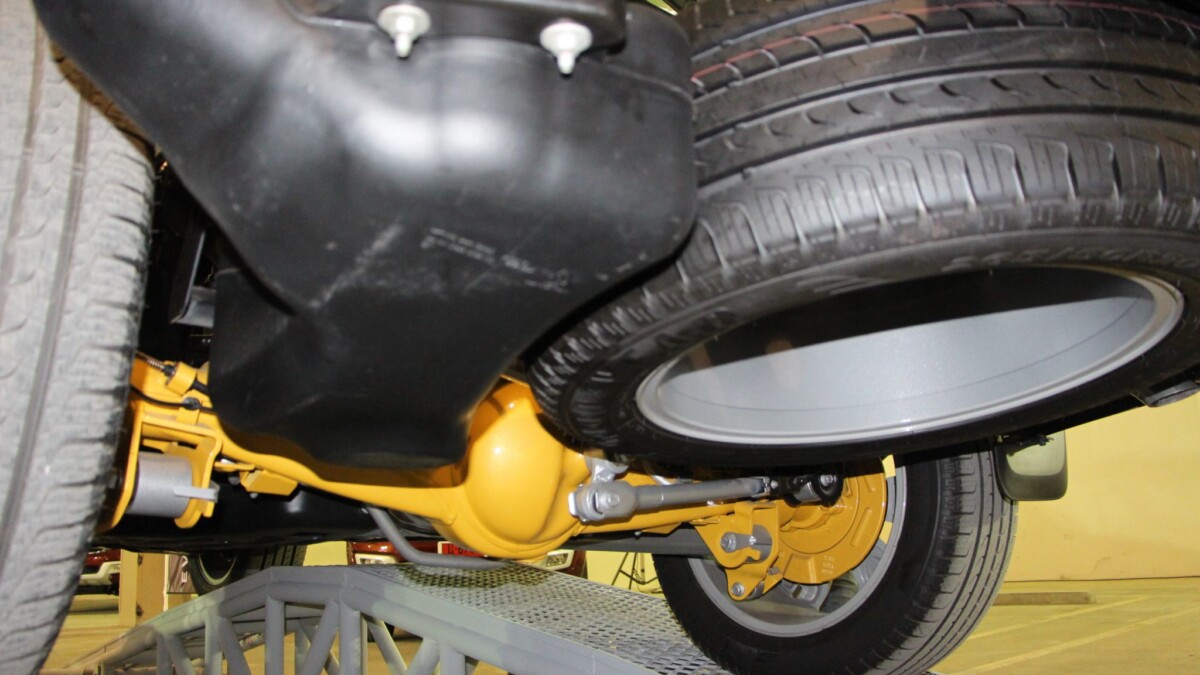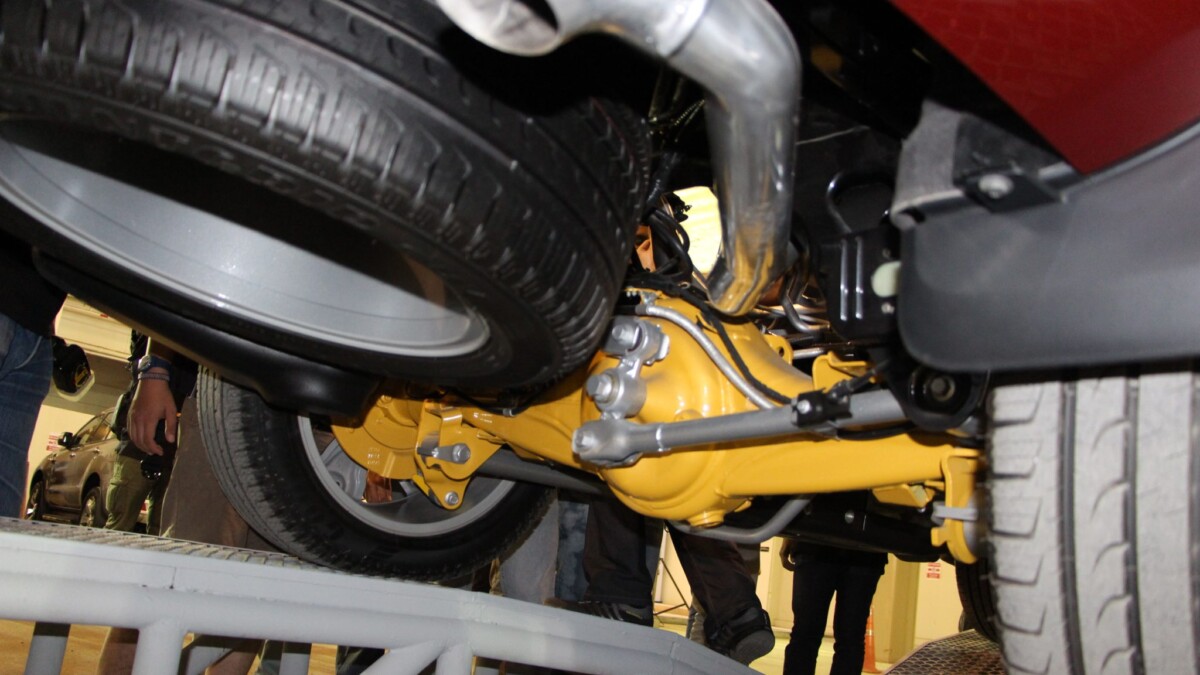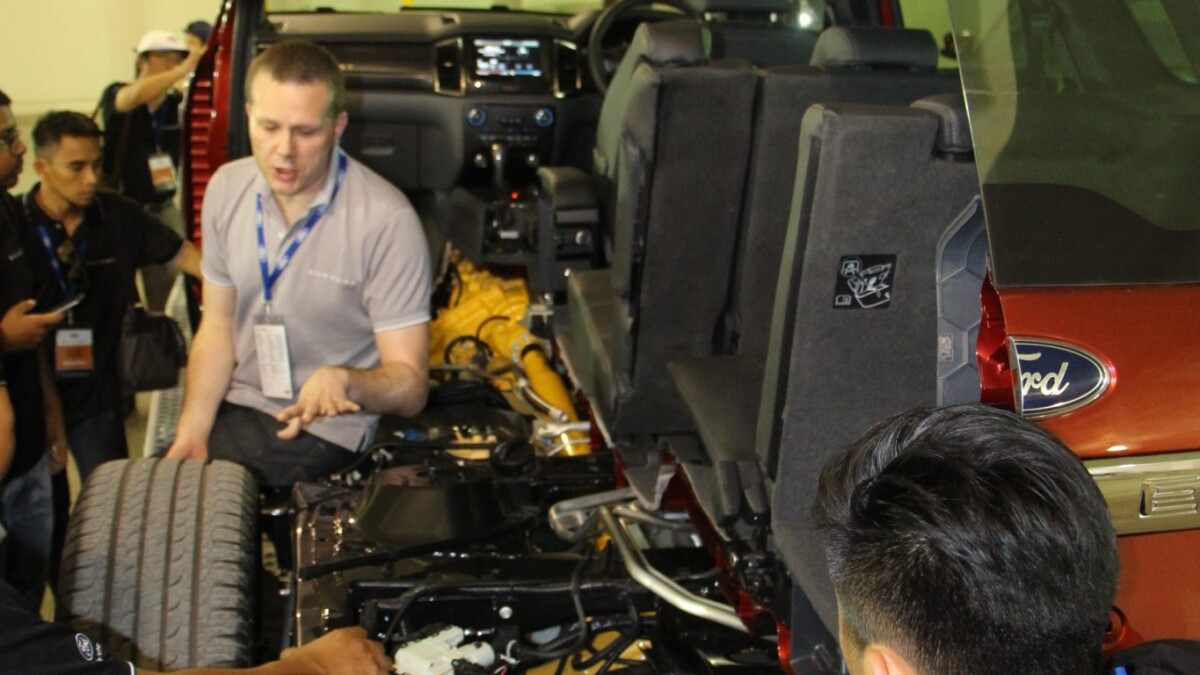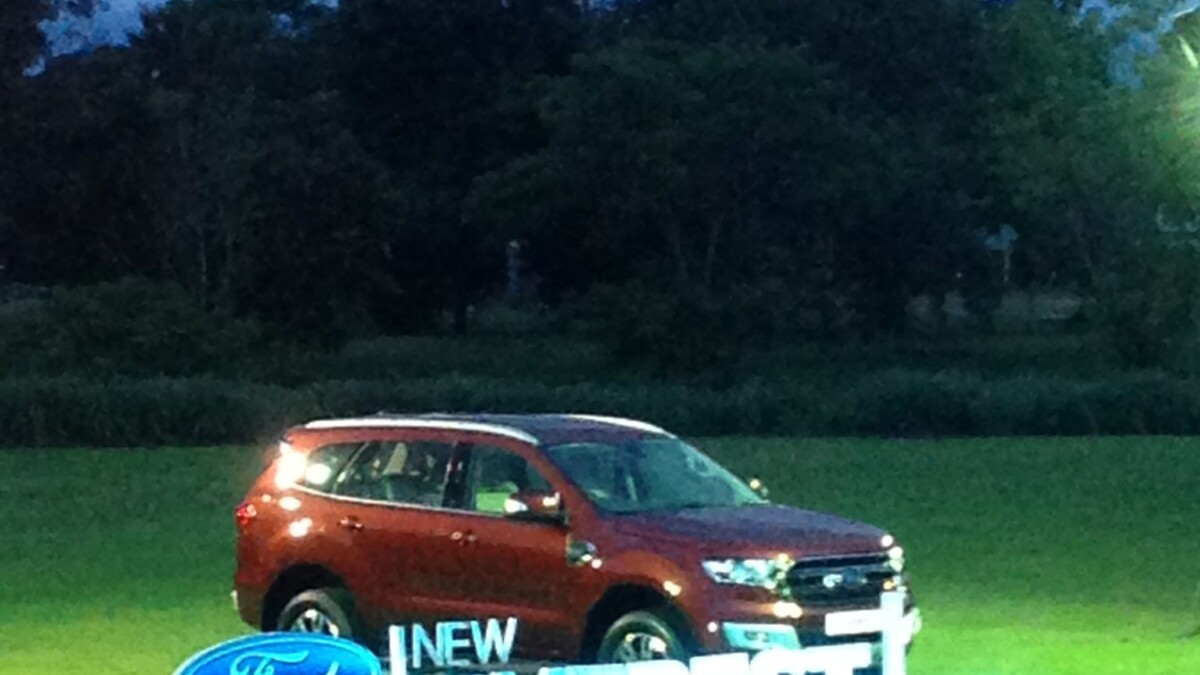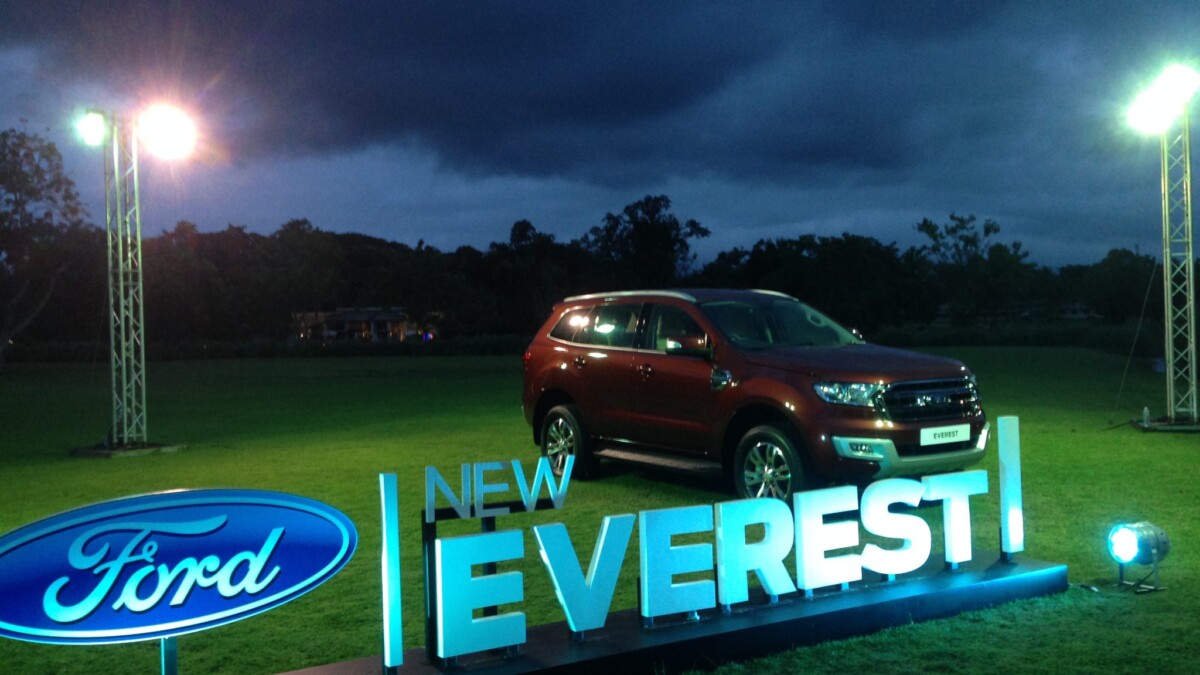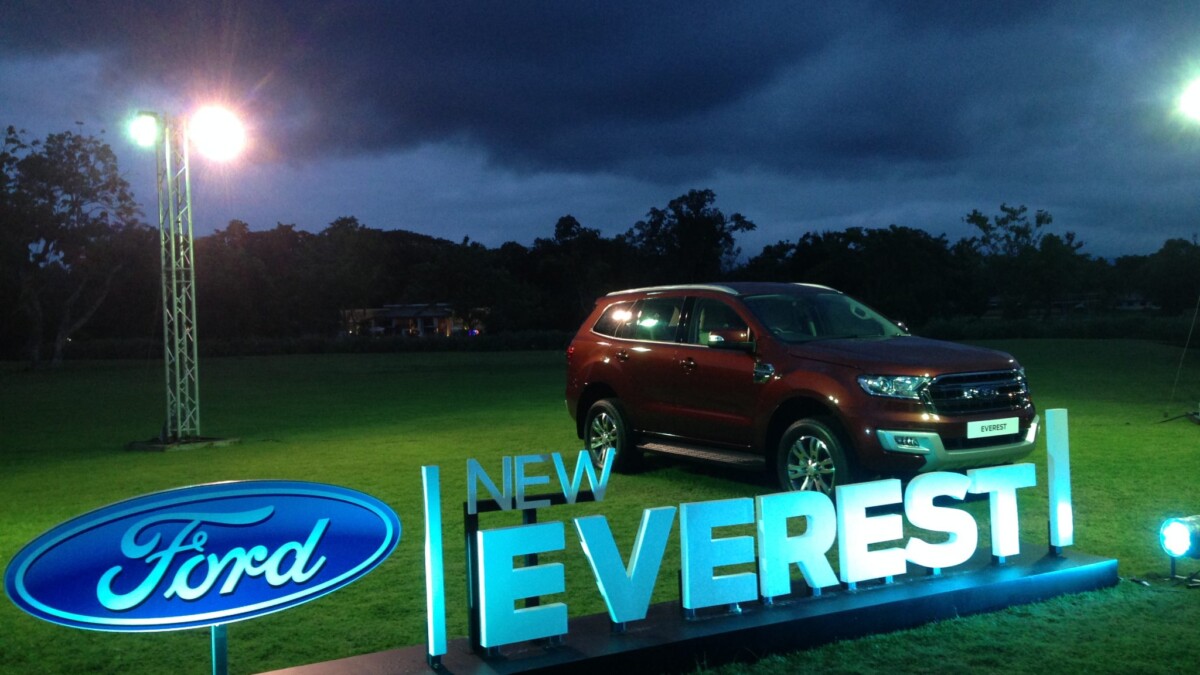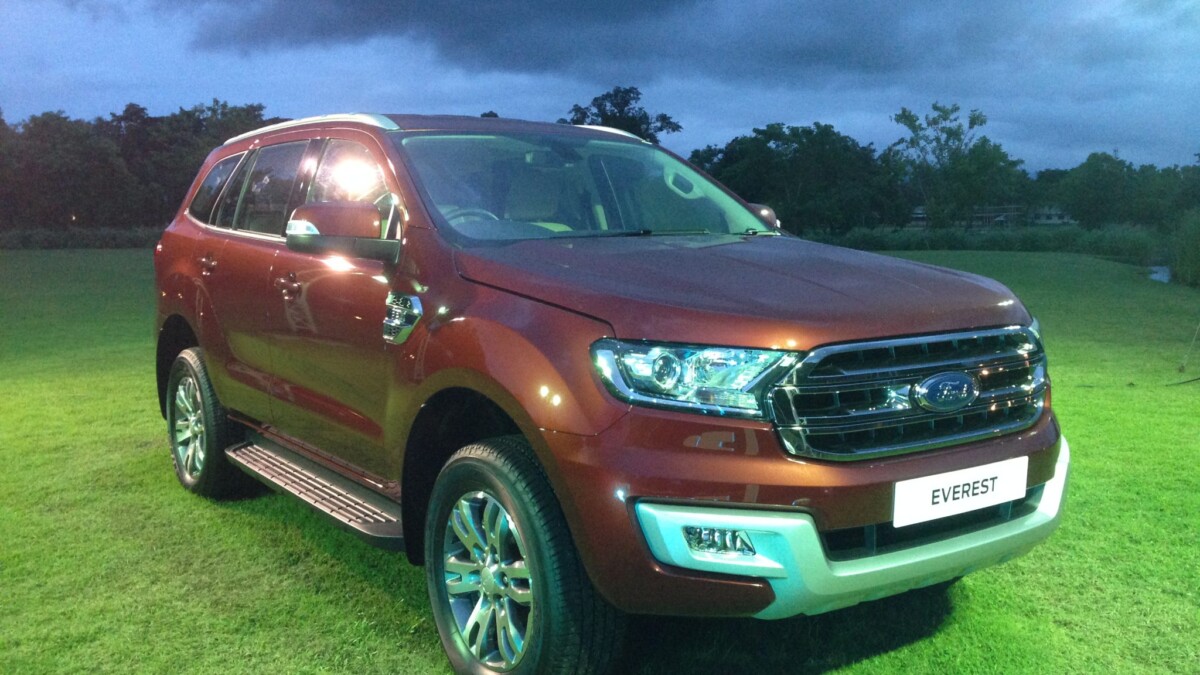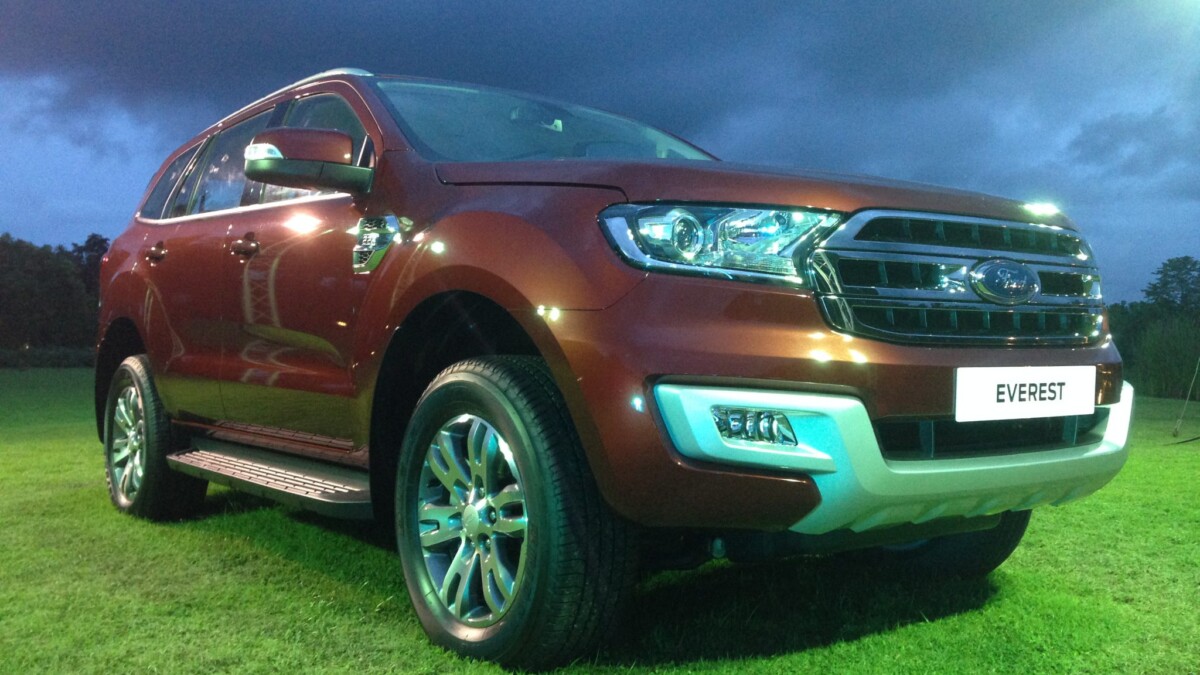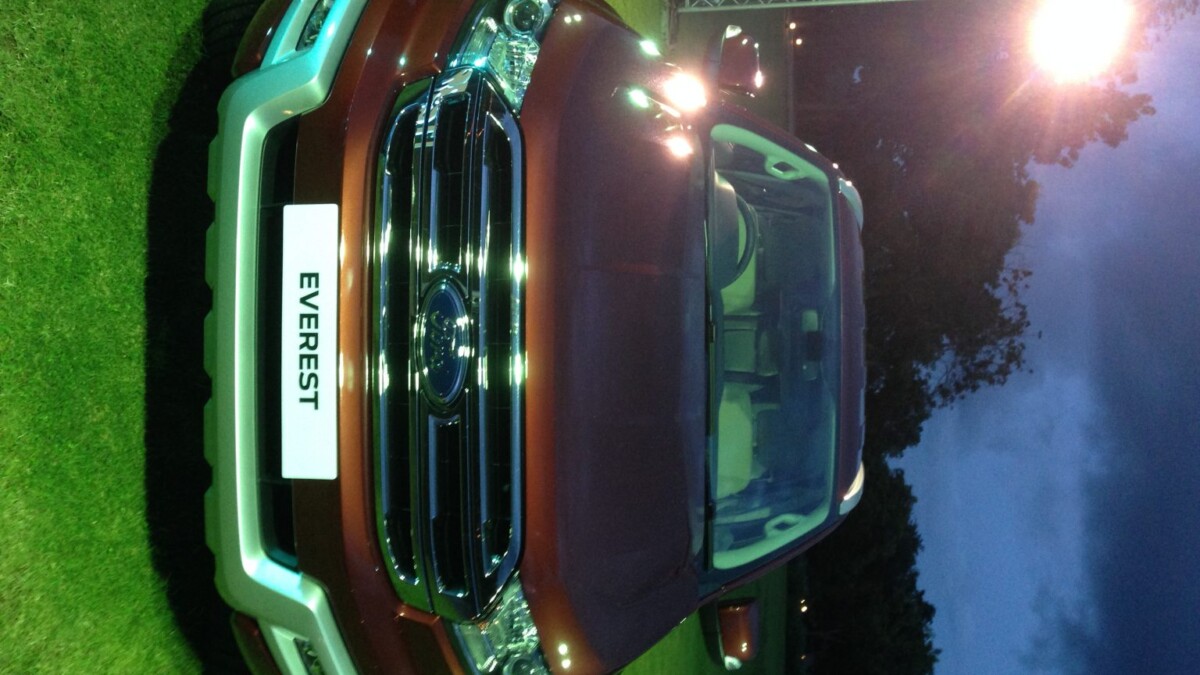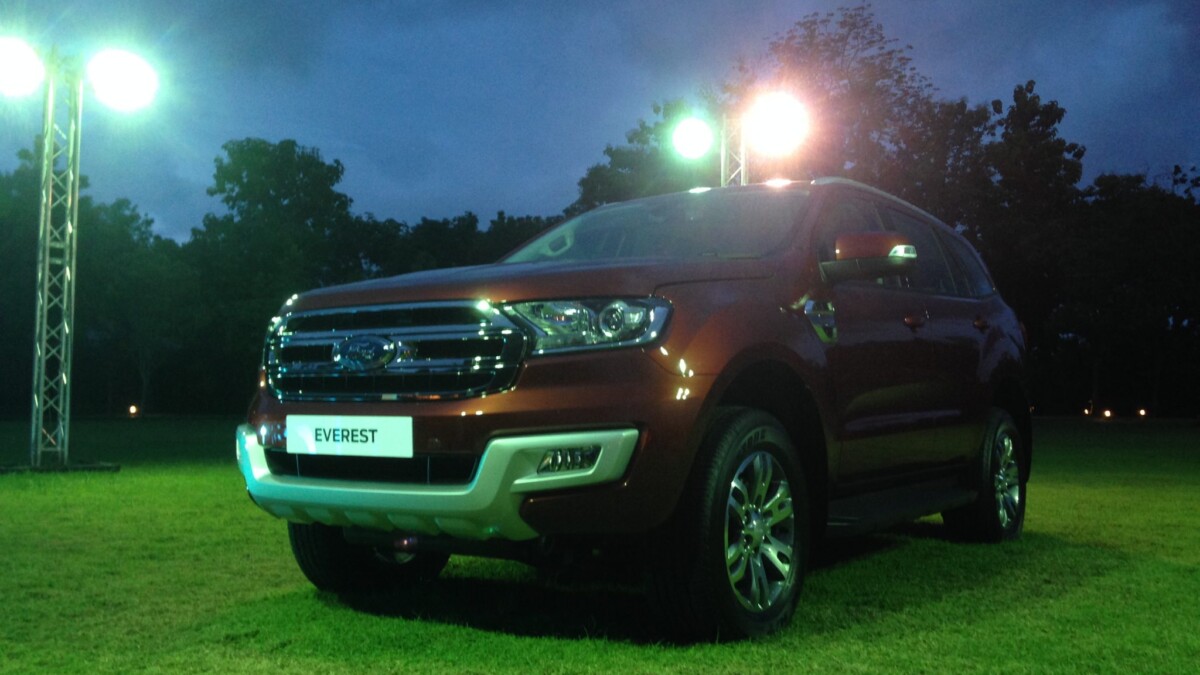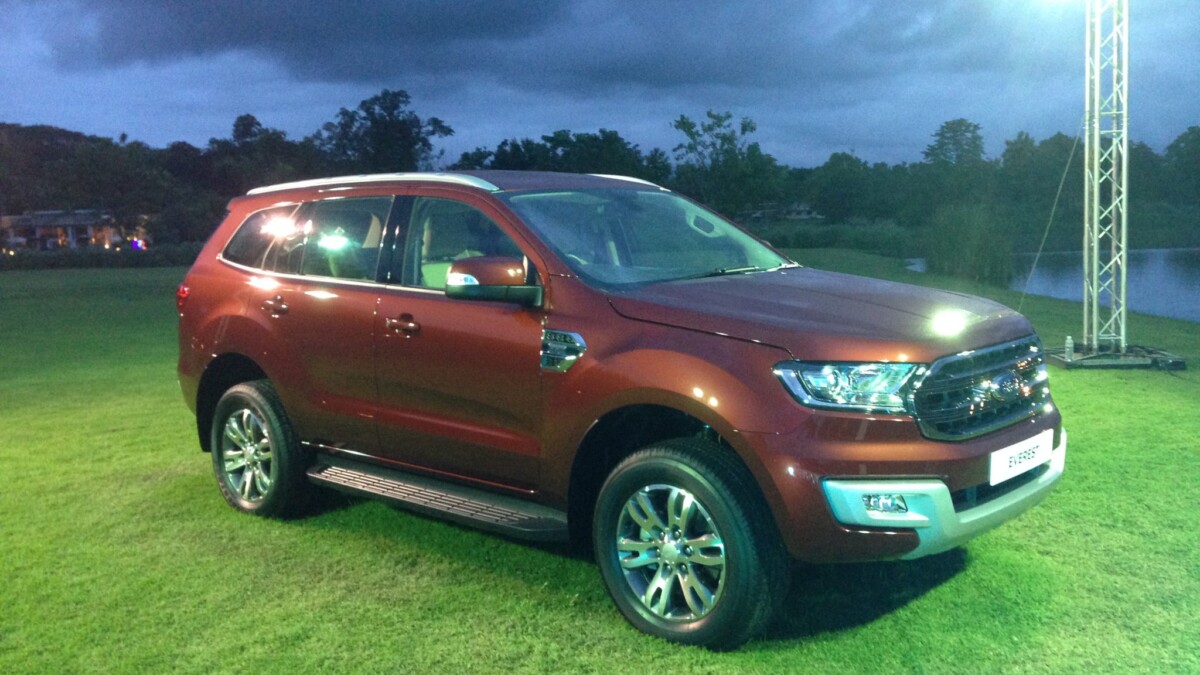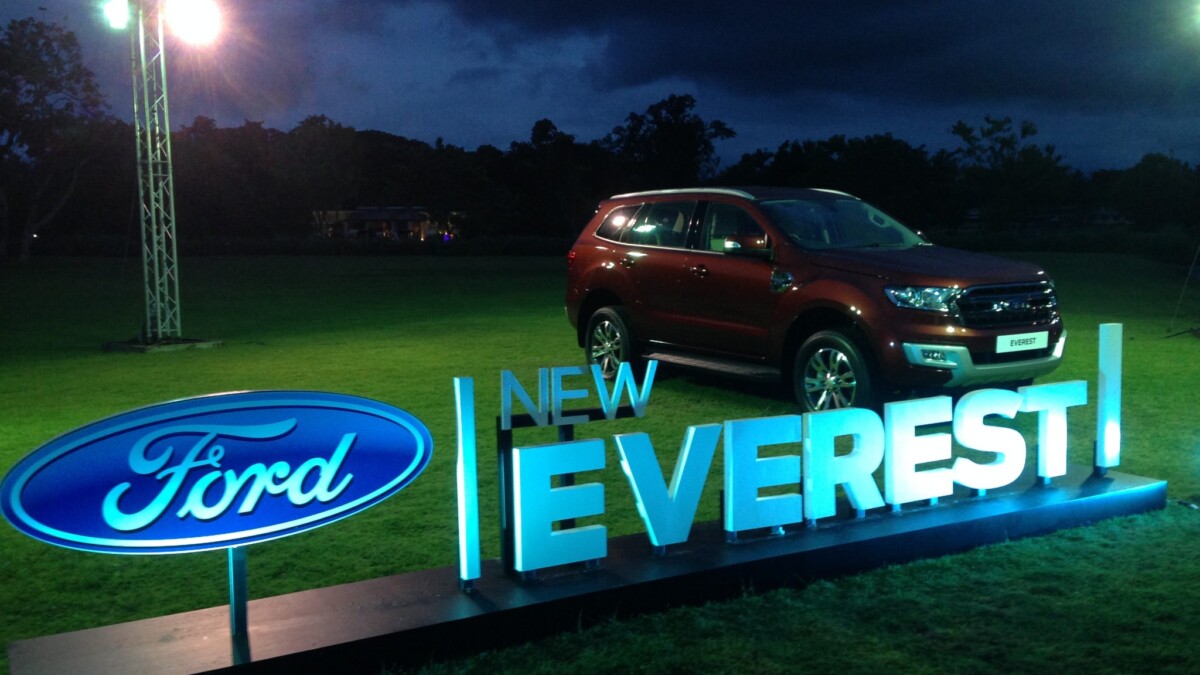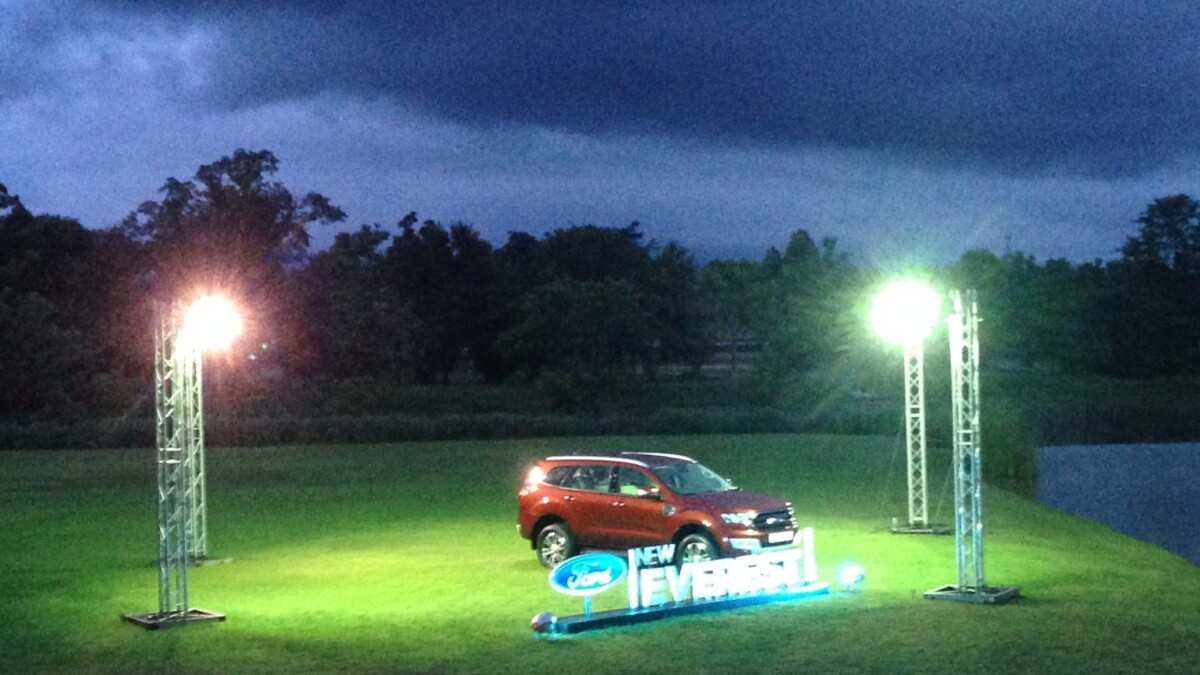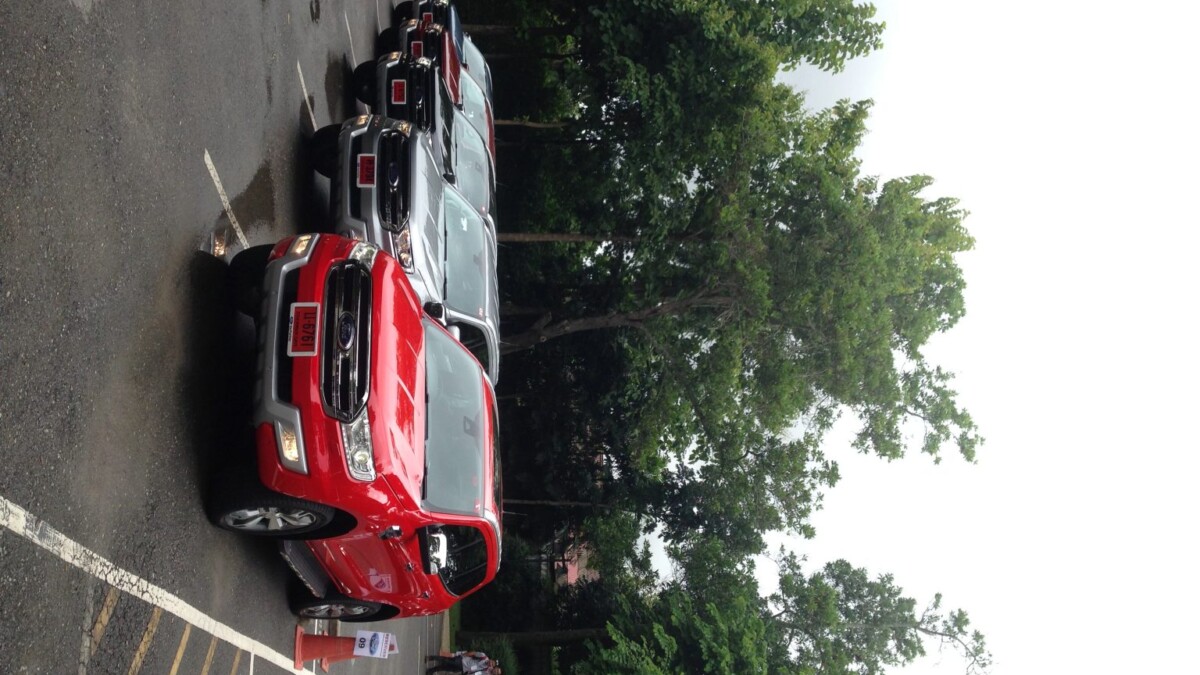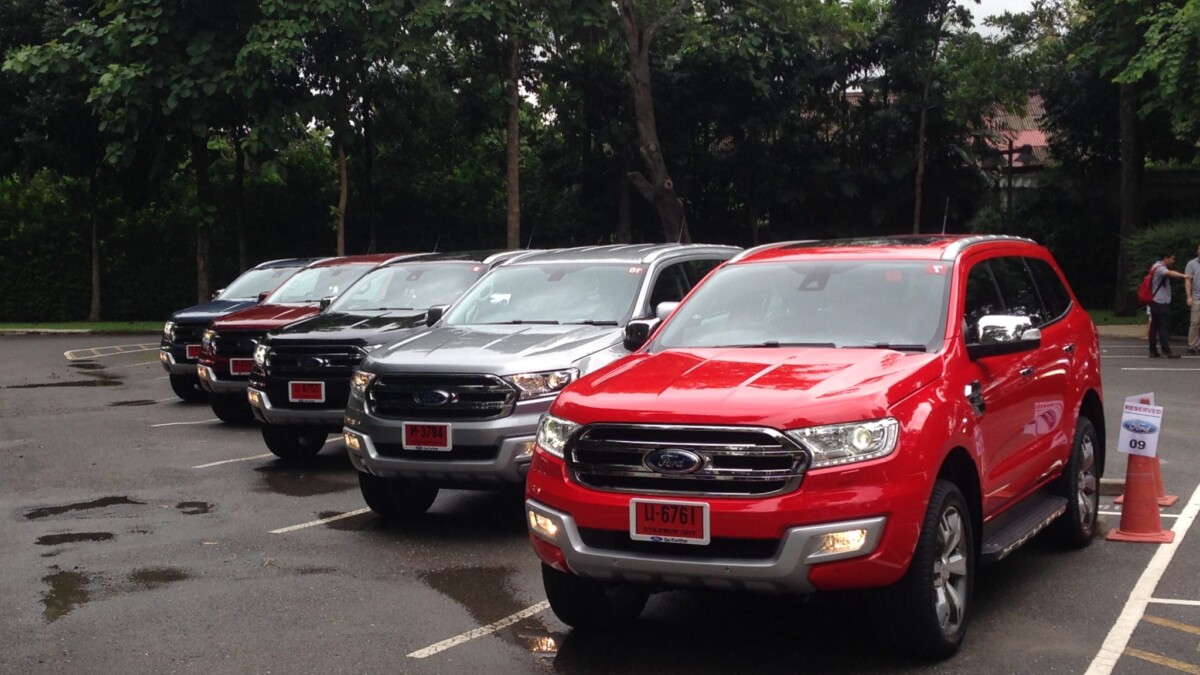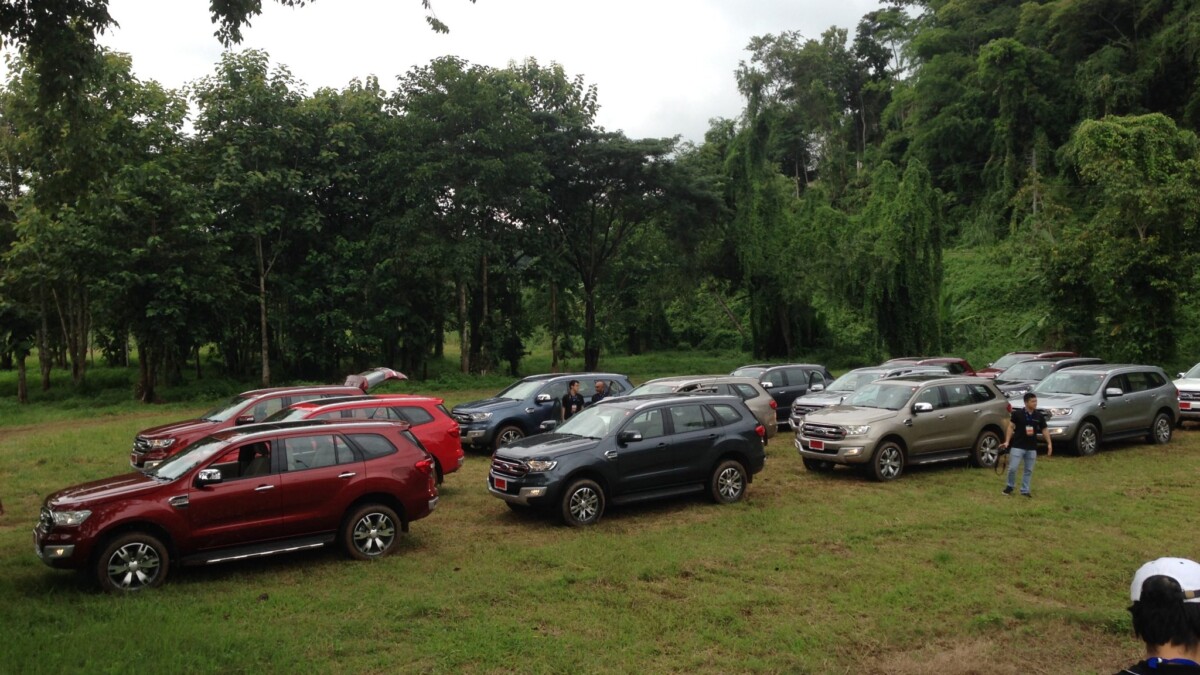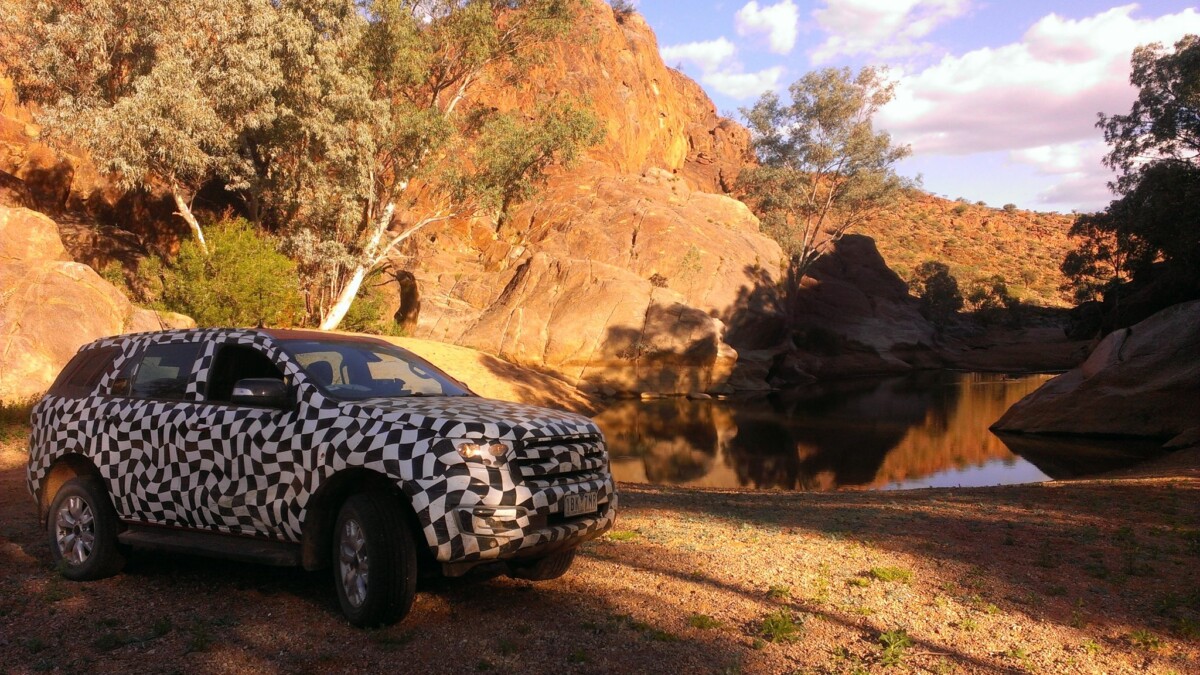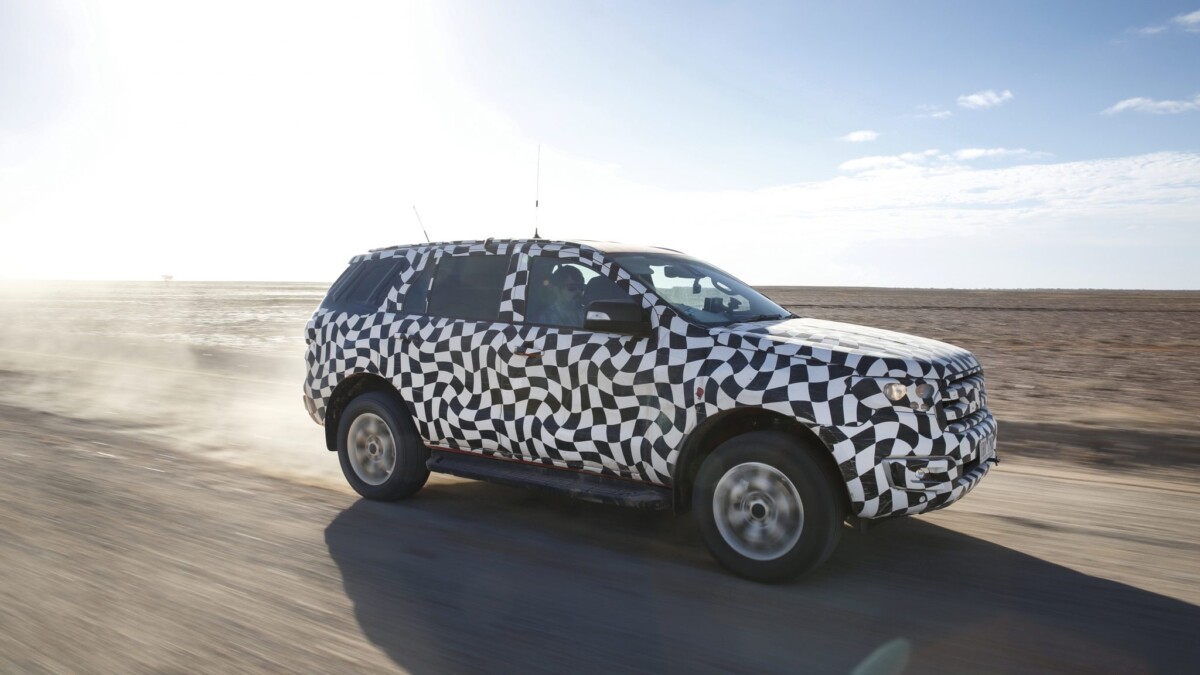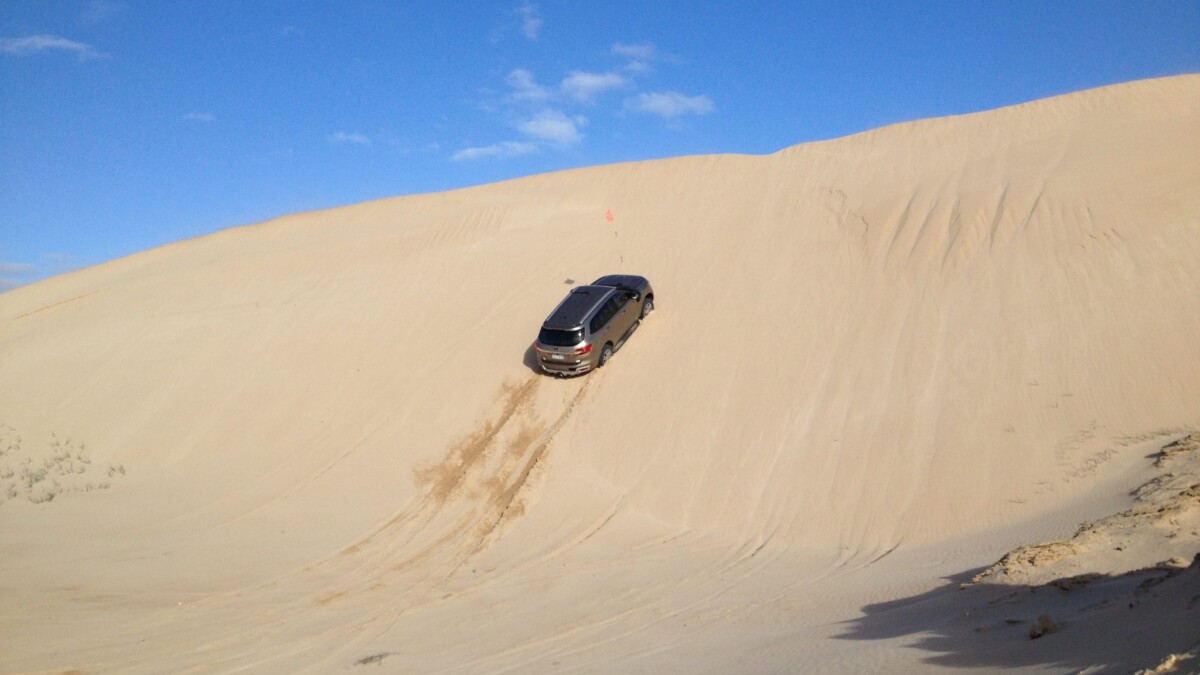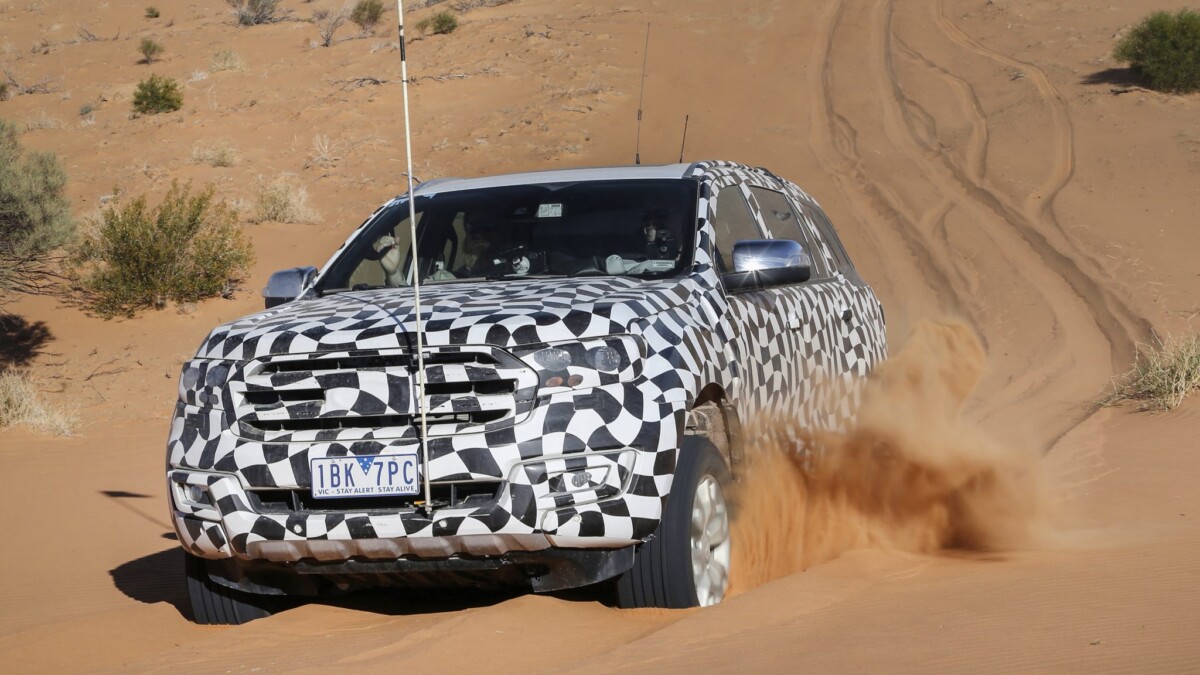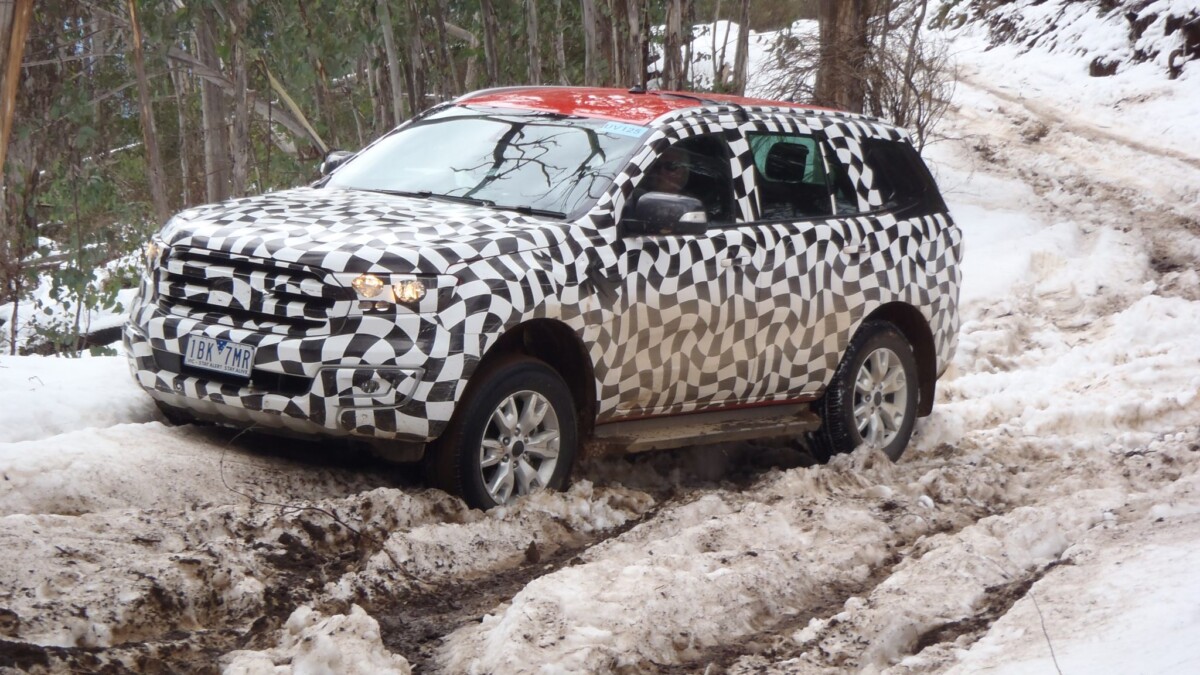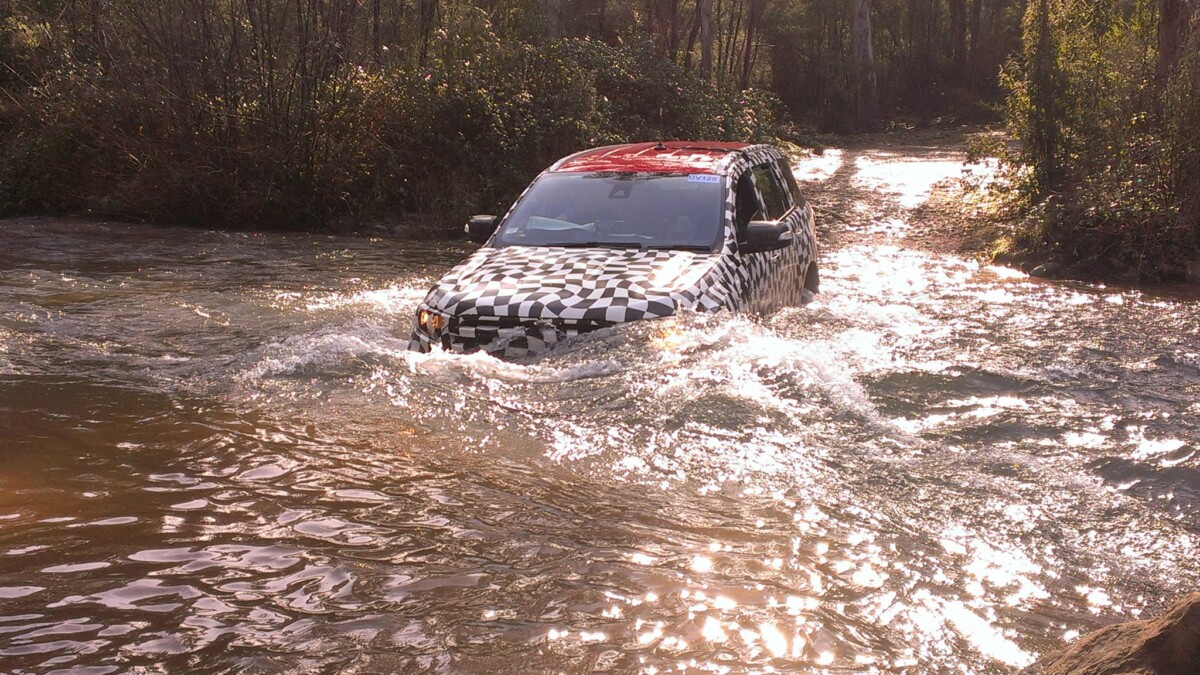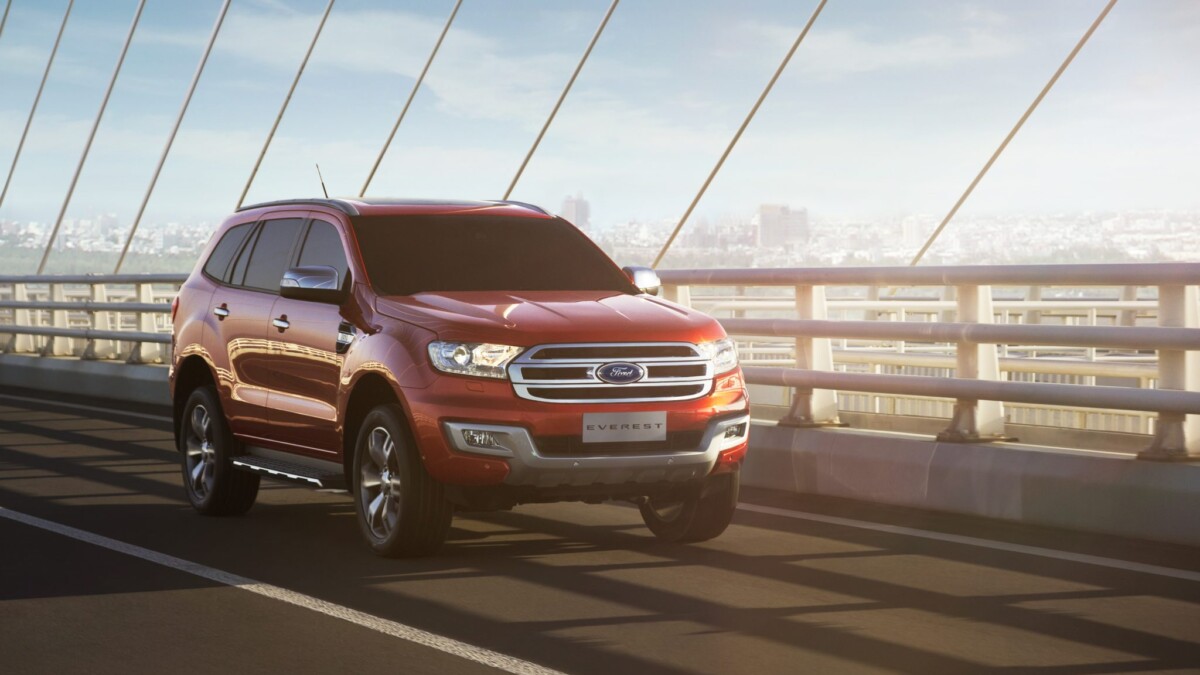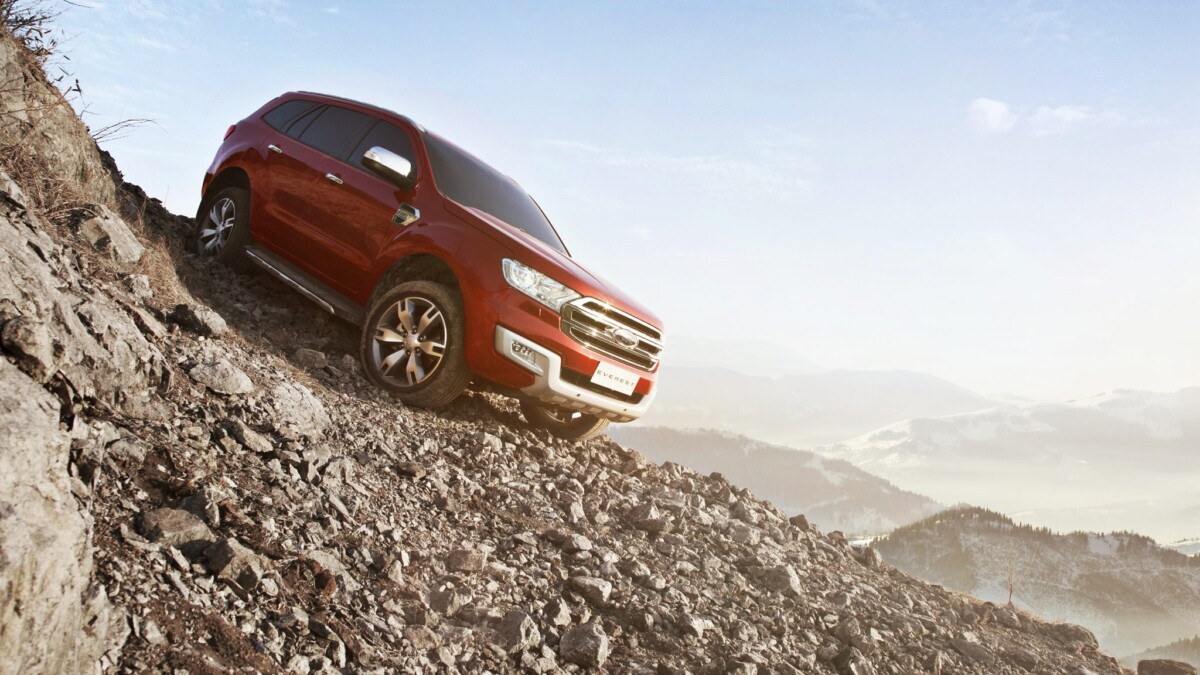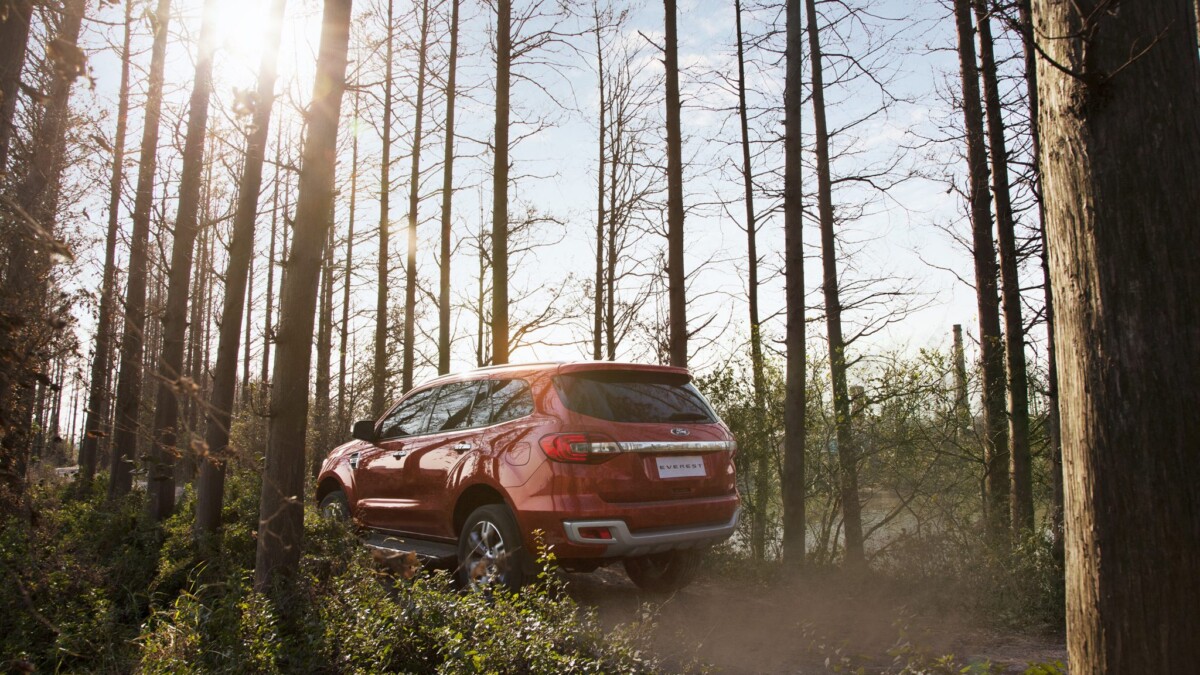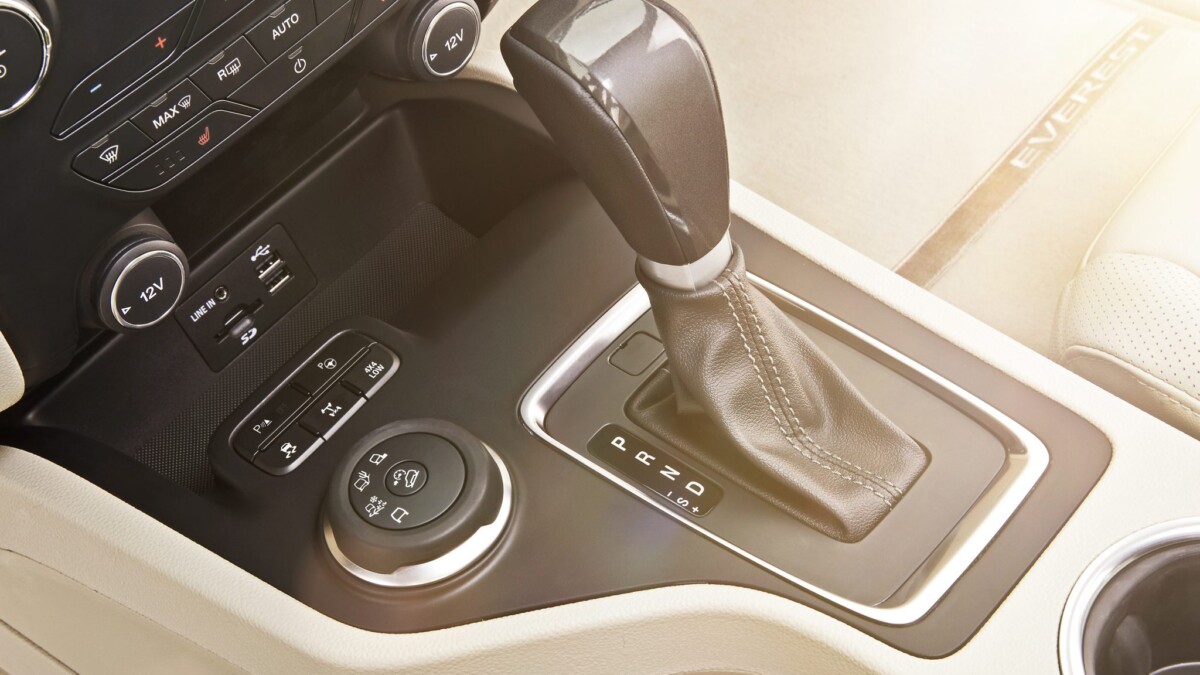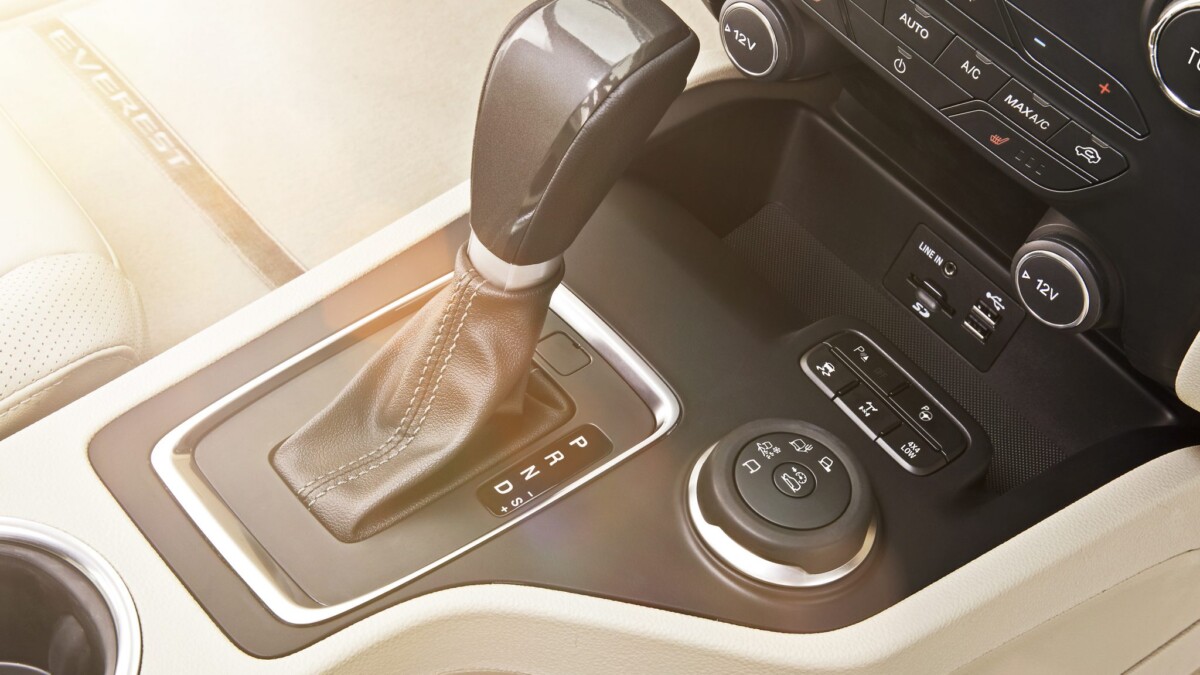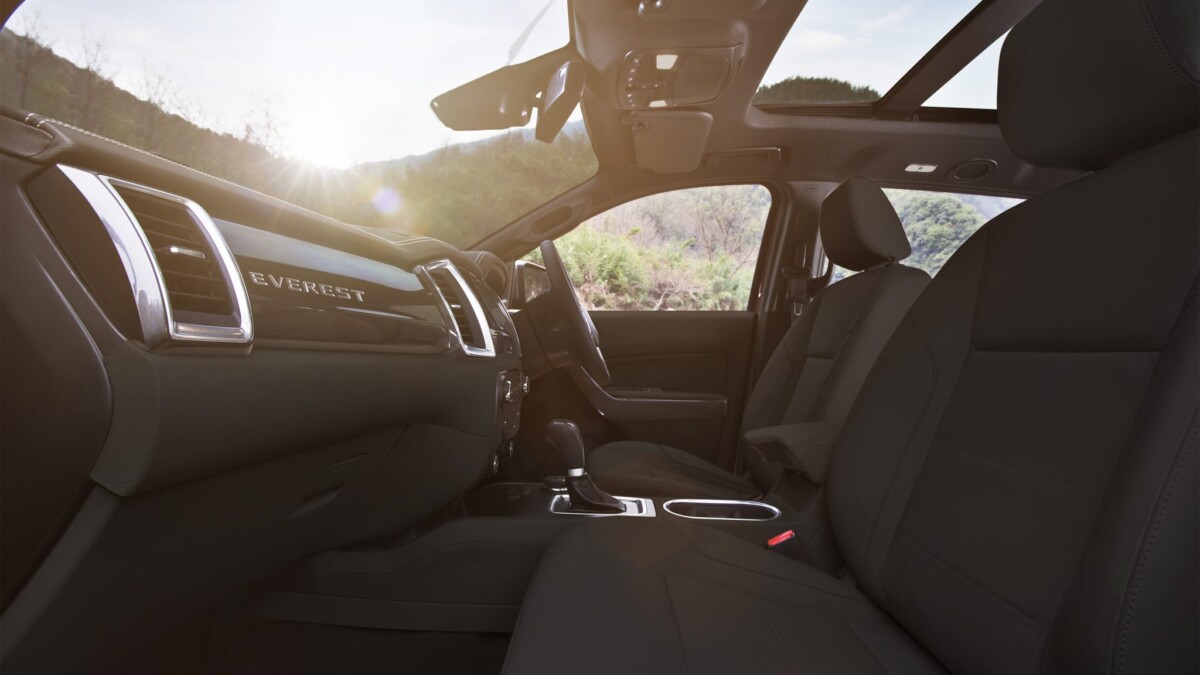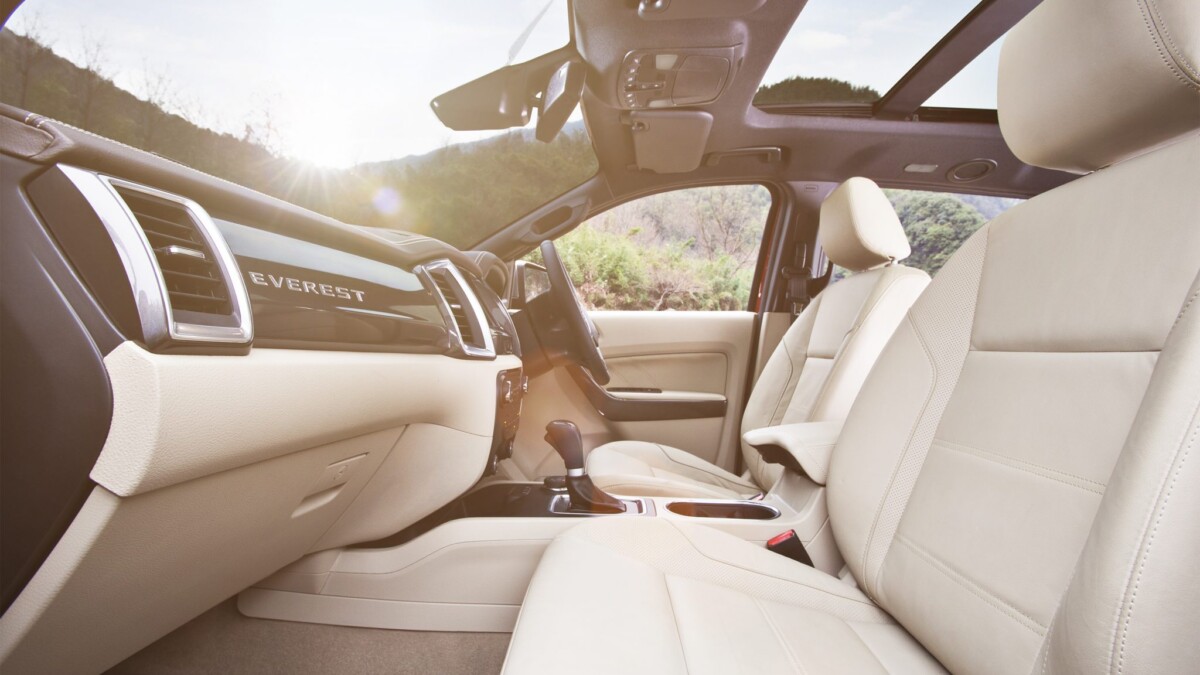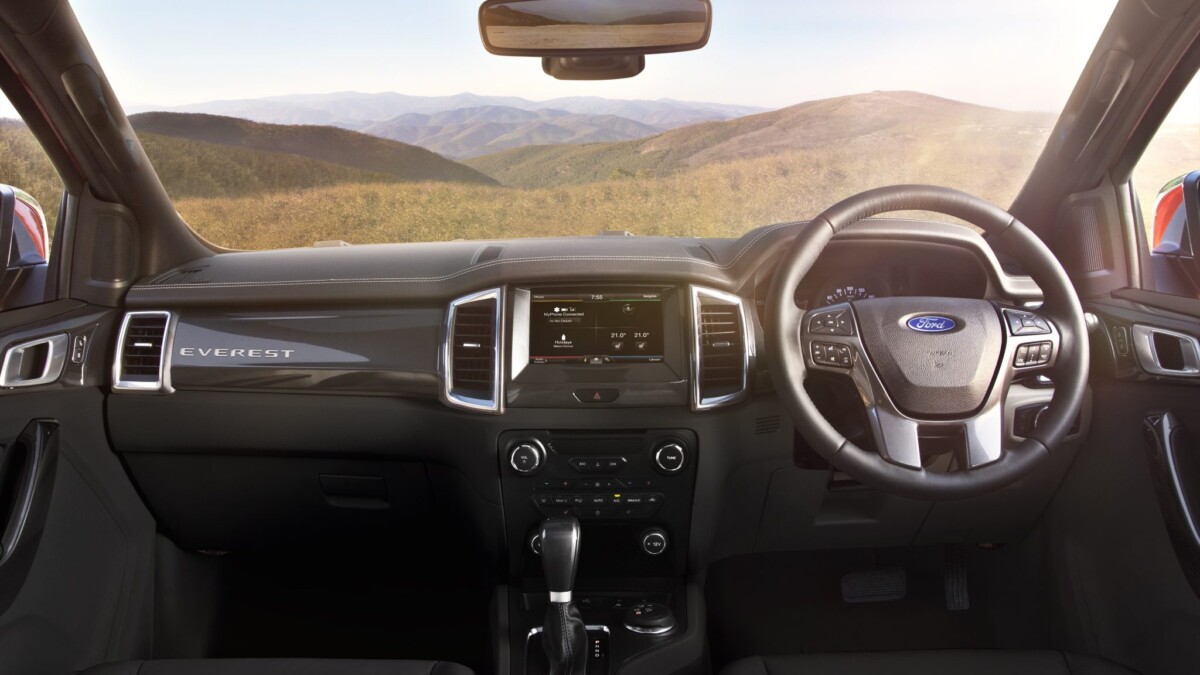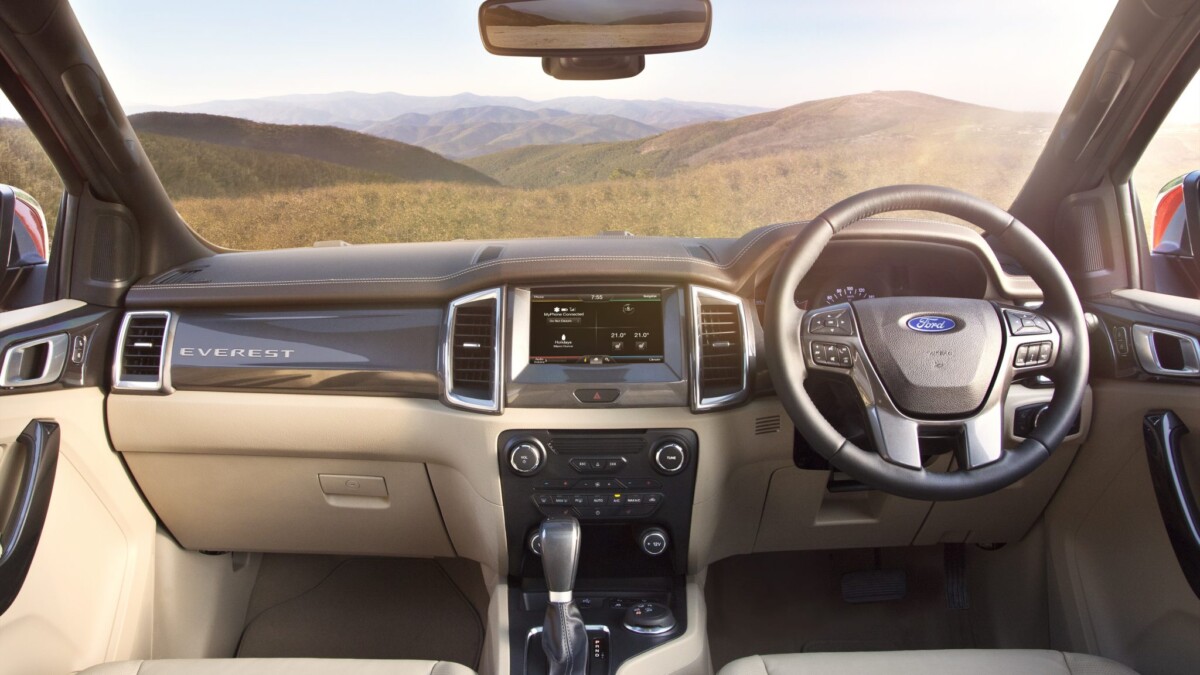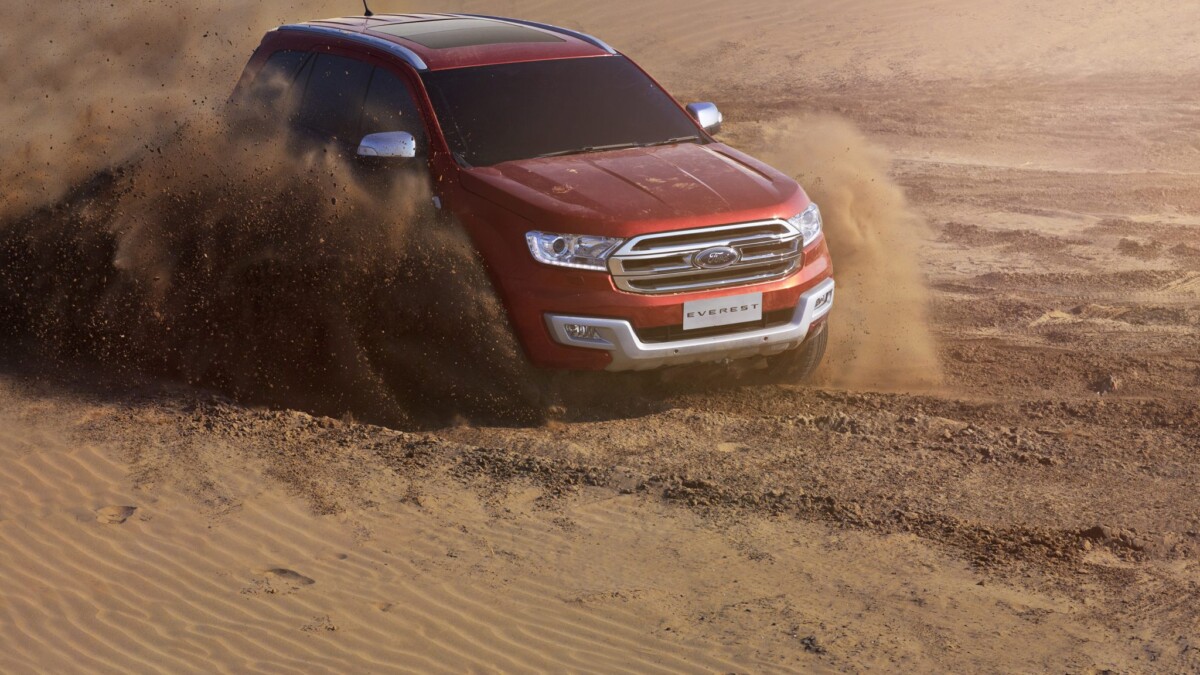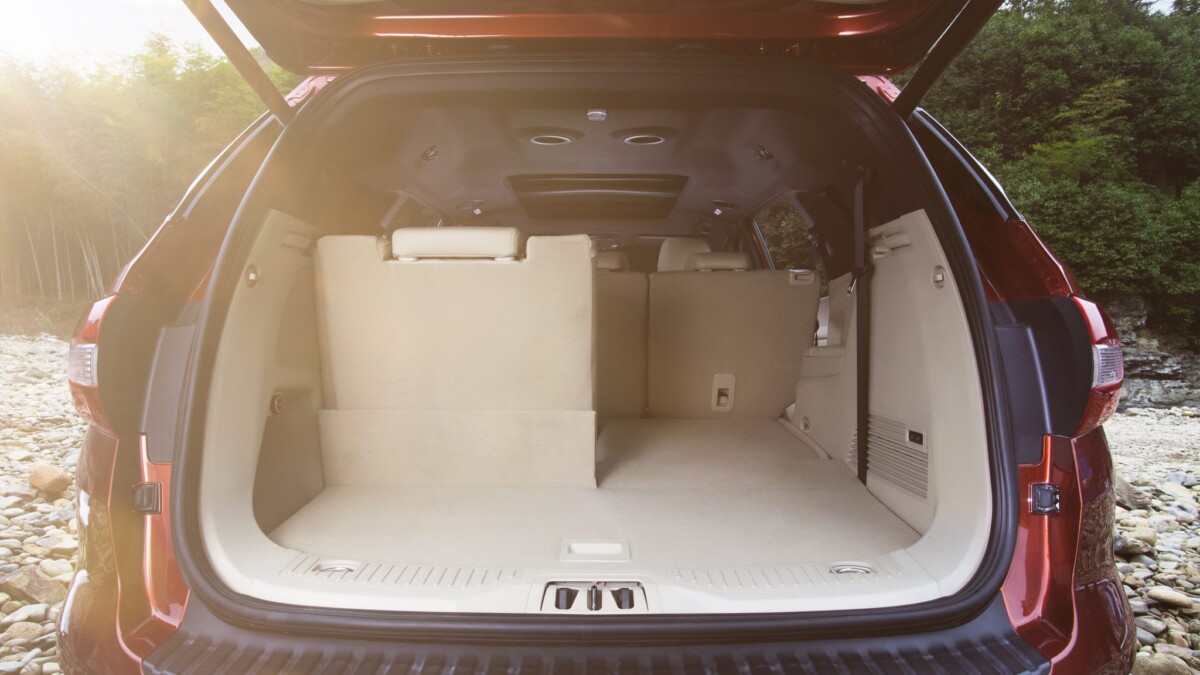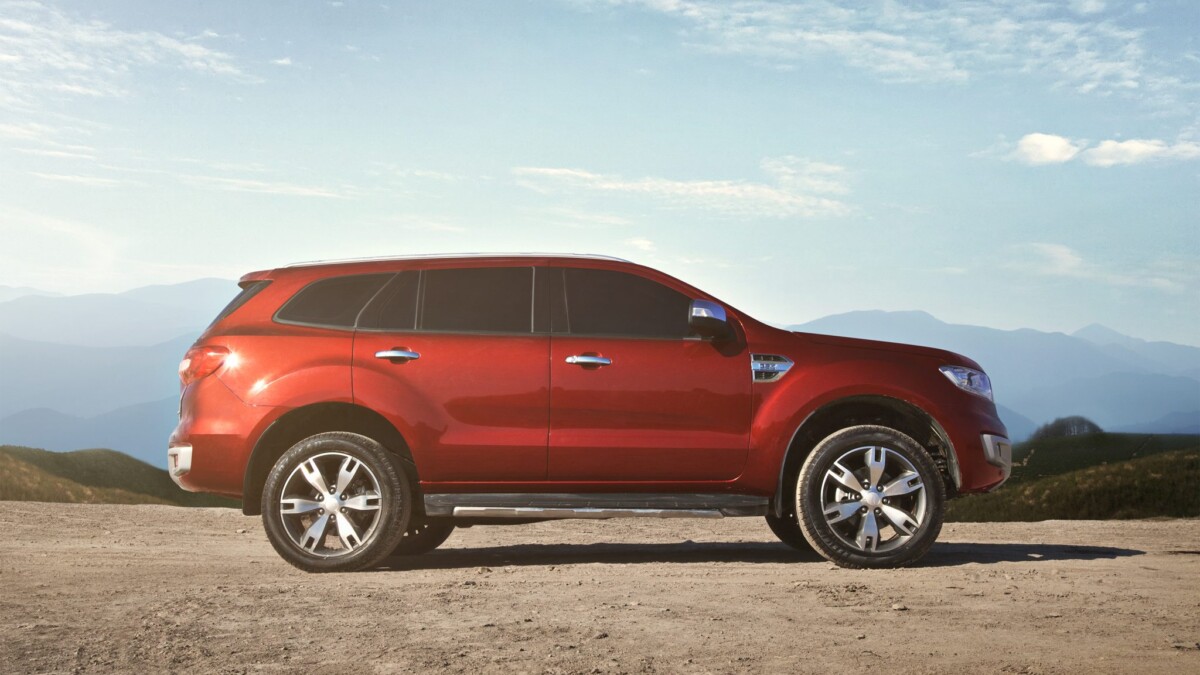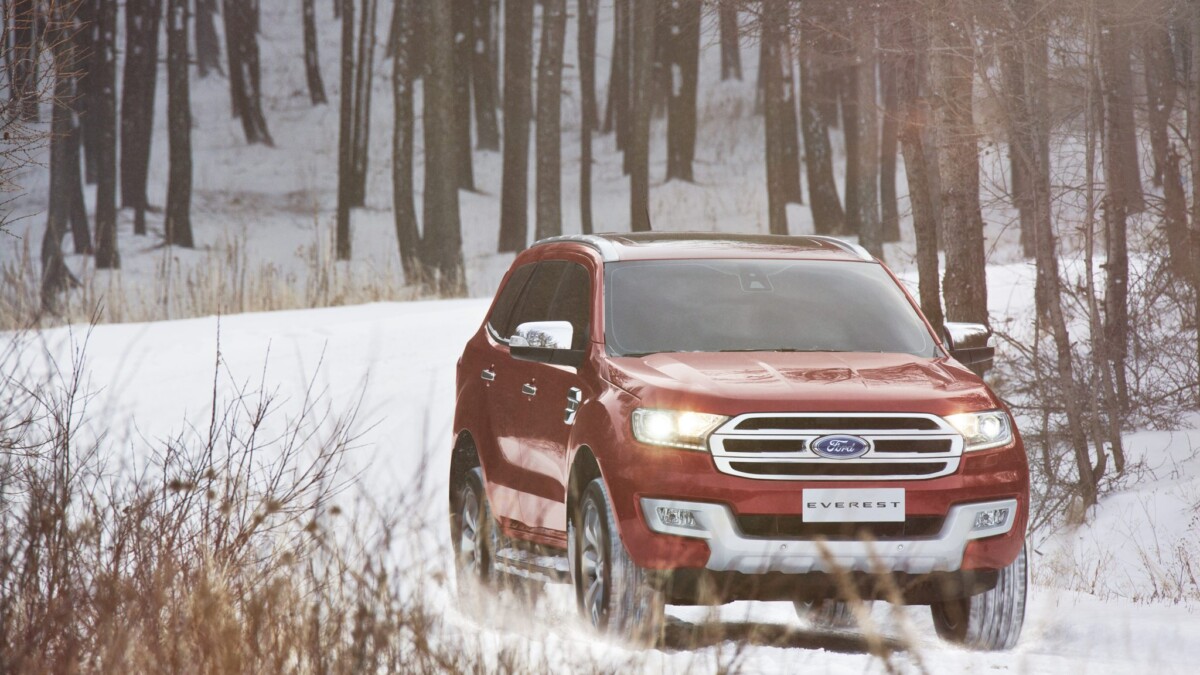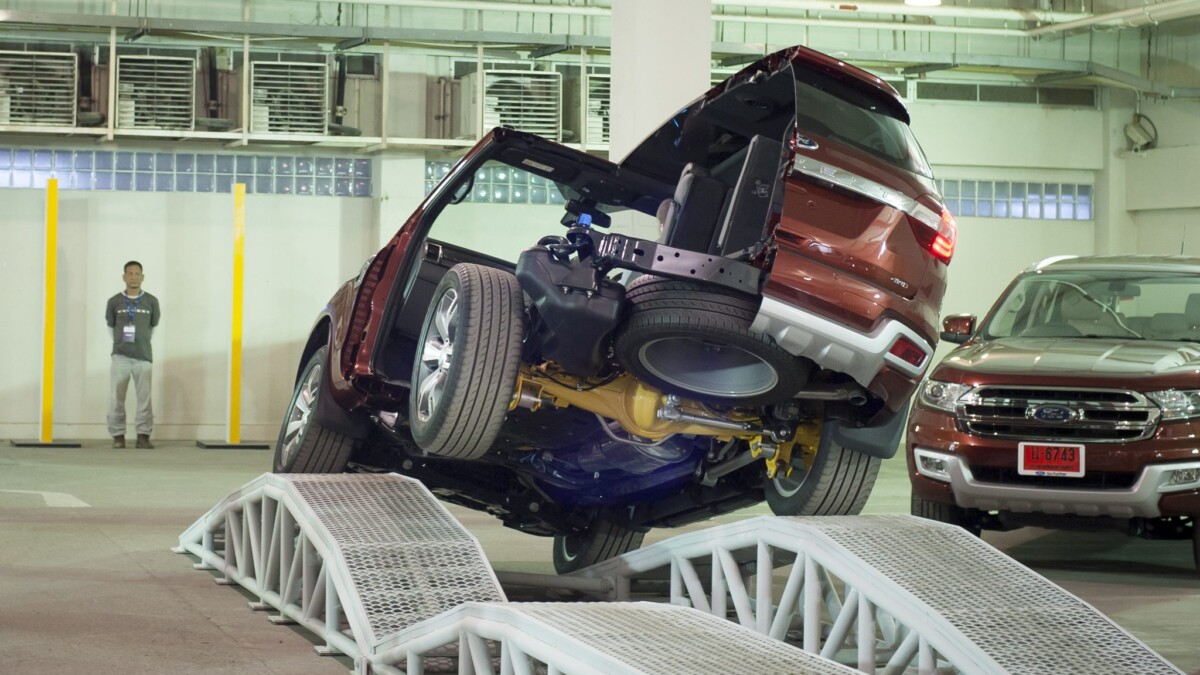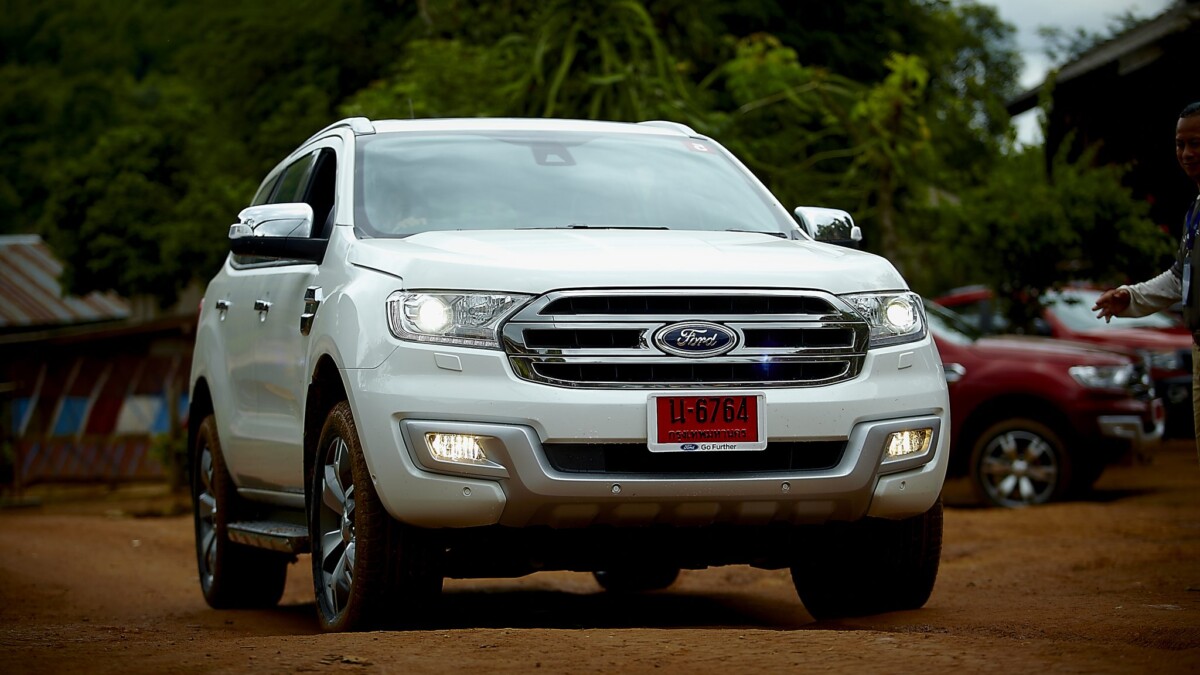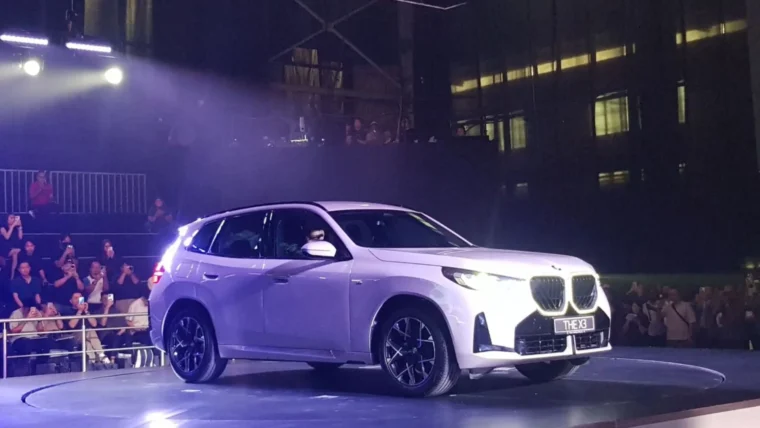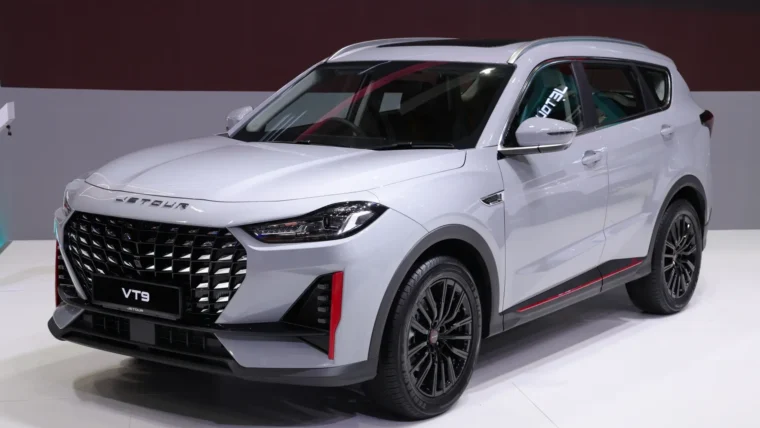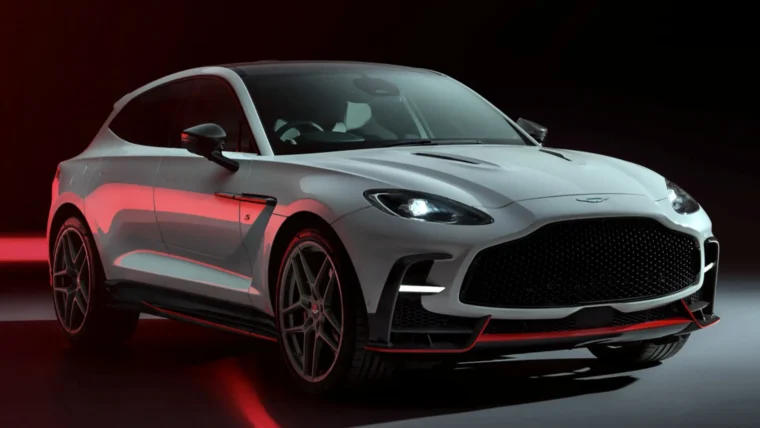Let me tell you a story. I’ll make it quick so we can get to the main reason why we recently flew all the way to Chiang Rai, Thailand to have a go at the all-new Ford Everest…
A long, long time ago, at a motorshow far, far away, Ford unveiled the first-ever (then) new Everest, their latest incarnation was meant to take a stab at the lucrative full-size 7-seater SUV market. I was at the show, and for better or worse, I distinctly recall having said that “in the history of motorshow unveilings, never have the assembled masses asked for the covers to be put back on a vehicle”. Yes, I was young and foolish, but hey, at least I was honest.
Indeed the ‘new’ Everest back then, for want of a better word, was terribly mundane. In a veritable sea of brand-spanking new vehicles being enthusiastically unveiled all around it, the Everest looked old and weary right from the get-go. Yeah, I sorta mentioned that back then too. This was not a good thing to befall any vehicle, much less something that was so wonderfully adept at taking on just about anything that any given terrain could hurl its way.
Now add to that equation the known fact that most people buy cars based on how they look, and things weren’t looking too rosy for the mighty Everest. Sure, some still bought them, but a major shake-up in terms of design philosophy was sorely needed, mere hours after launch. The most recent model available here was more a mild facelift of sorts; they smoothened out the rough edges, and softened the lines a tad, but that wasn’t going to do it. A completely new model was required, built from the ground-up, which would appeal to both the left-and right-brain of buyers globally. In short, it had to ‘look’ as good as it drove…
Sleek & Rugged Design…
Enter the new Ford Everest. There’s no denying that Ford has been very busy over the last couple of years developing this SUV, and not just locked away in a room huddled amongst themselves either. There was no shortage of research and focus-groups conducted with the public to find out exactly what customers needed, wanted and expected from this SUV. The results of all that painstaking research has certainly paid dividends, because the new kid on the block seems finally capable of carrying-off its name and holding it high and proud.
Photos don’t really do the new Everest justice when it comes to emphasizing its sheer size, because this SUV is huge. But it’s not just big and that’s it, nay, in terms of design, the new Everest is both stylish and rugged at the same time. There’s also an air of sportiness within its handsome body-lines and extremely striking front façade, all cocooning an interior that seats seven. A first-in-class powered last-row seat ensures that more boot space is available at the touch of a button, folding the last-row seats flat. A power tail-gate further adds to the convenience of loading cargo. And it doesn’t end there…
When it comes to the Everest, try to think of it as a luxe-4×4 SUV that’s been built also for comfortable urban use, rather than a luxury SUV that has some off-road capability if needed, but is more at home in the city. In short, despite only sharing ONE solitary component with its tough-as-nails sibling the Ranger (engine mounting points to be precise), the Everest is able to tackle exactly the same type of off-road terrain that a Ranger excels in. This ‘luxury SUV’ has the cajones required if it hopes to tackle anything from a light- to medium-core off-road trail. Slap on a set of mud-terrain tyres, and like the tag-line says, you could even ‘go further’. Sorry, I’ve been dying to use that tagline in an actual article.
Going off the beaten path…
What makes the new Everest such an enticing proposition is the fact that doesn’t suffer from what I like to refer to as the ‘Range Rover paradox’. If you’ve read any of my articles on the aforementioned luxury SUV in the past, you’ll know what I mean; but for those who haven’t here goes: The RRP is simple; it’s a well-known fact that the Range Rover packs some of the most amazing off-road kit imaginable, allowing it to traverse the kind of off-road terrain that’s usually the dominion of hard-core 4×4’s. However, all this advanced kit comes at a cost, a rather steep cost, and thus the eventual selling price of the RR goes into the dreaded seven-digit realm, and in turn, no one in their right mind would even think of taking it off-road. Hence the RRP.
That enigma is not bestowed on the Everest though, for at around +/- RM210,000 (actual price to be confirmed) it’s not much of a stretch to figure that owners, perhaps upgrading from a bona-fide 4×4 pick-up truck like the Ranger, could, and would take the Everest off-road. It would be a shame if they didn’t because this thing is an absolute marvel when pave roads end.
The list of off-road kit and caboodle reads like a who’s who and what’s what of proper 4WD / 4×4 truck must-haves, and top of the list is the Ford Terrain Management System (TMS). It’s a bit of a cheat actually, and I mean that in the best possible sense, because it takes all the guess-work out of how to navigate a particular stretch of terrain, be it asphalt, sand, mud, grass, snow, rocks, inclines, descents, etc.
In normal mode, say on asphalt, TMS retains a 60:40 torque split between the rear and front wheels, while constantly monitoring the traction available at each given wheel. Torque on Demand (TOD) automatically transfers power to wheels with more grip, if any slip is detected. The Everest can transfer up to 99% power to any given wheel with the most grip, if it detects slip in the other three.
Using the TMS dial in the centre console, the driver is able to manually choose between the various types of terrain one would encounter in an off-road situation like the ones mentioned above, and let the TMS do the rest. Using an array of electronic systems, TMS automatically selects the most appropriate throttle response, torque transfer, traction, etc. for the given terrain. There’s even HDC or Hill-Descent Control that allows you to control your rate of descent using the cruise-control buttons on the steering wheel. While an Active Transfer Case allows for both 4WD High and 4WD Low modes, its main benefit comes from the fact that as long as ONE wheel has grip (doesn’t matter which one, and the other 3 could be on flat ice for all it cares), the Everest will be able to move forward.
Traversing terra-firma…
Now all that being said about its off-road prowess doesn’t mean that the Everest is any less capable on-road either, for another array of programs are at hand to make sure of precisely that. The Everest comes equipped with Curve Control that senses if you’re entering a corner too quickly based on lateral G-forces, and automatically reduces engine power while gently applying the brakes on all four wheels to keep the vehicle under control. Hill Start Assist keeps the brakes on for 3-seconds (even for the manual variant which we won’t get) if you’re on a slope, to stop it from rolling back during the foot-transfer from brake to accelerator.
Roll-Stability Control on the other hand uses gyroscopic sensors to detect body-roll in sharp corners, and apply individual brakes to reduce the likelihood of a roll-over, while Electronic Stability Control does exactly what it says it does. 7-airbags take care of the passive safety aspect, should the active safety not be enough…
Given the sheer size of the new Everest, the Active Park Assist is a welcome feature indeed. Basically when activated it scans the area for a parallel parking space that’s big enough to accommodate it (yes, it knows its own size) and when found, all the driver needs to do is brake and accelerate, and manually engage the R and D gear-selector when told to do so, and the Everest parks itself. How cool is that?
Driving Dynamics: Watt’s what?…
I’d be remiss if I didn’t mention this point about the new Everest, especially since I’ve not seen one of these on a vehicle since my 1980 Alfa Romeo Alfetta 2.0. It’s called a ‘Watt’s Linkage’ (see photo above, it’s that silver bit on the yellow axle) and what it does is control the rear axles’ movement and maintain the axles’ lateral position. Given the Everests’ body-on-frame build, and of course the sheer size of the vehicle, there’s bound to be a bit of body-roll during cornering, thus the Watt’s Linkage actively combats these forces, keeping the rear axle firmly planted. It still moves up and down, but there is very little lateral movement. The result is improved ride comfort, with lesser side-to-side motion, a common cause of motion-sickness in a car.
In terms of that body-on frame chassis set-up, it’s SO strong and rigid that you’d not believe what Ford went and did. We’ve all seen cut-away models that show the intricacies of how a vehicle is built; it normally looks like someone took a chain-saw and went right down the middle with it, cutting the vehicle in half. Well, they’re all ‘static demo-only’ display models, but Ford built one that can actually be driven! Right before our eyes, the cut-away model was driven (above) onto a set of uneven ramps, and we could see for ourselves not just how rigid the chassis was, but also how well the suspension system with the Watt’s Linkage worked. Simply brilliant!
Speaking of suspension, the Everest uses independent coil-over-strut front suspension (tuned differently based on the two variants), while coil-springs and shocks take care of the rear. The rear shocks are mounted outside the frame rails for improved stability and comfort on rough roads.
Drive time…
Well, one thing’s for sure; the new Everest is a very imposing SUV. I’ve already mentioned its sheer size, but the other aspect of its visual appeal is its styling. It’s uncanny but the Everest looks sporty, stylish, tough and rugged all in one. Merely walking up to it is daunting enough, but once you get in and shut the door, the environment changes completely. Get this, in addition to being extremely well-insulated and exceedingly comfortable, the new Everest also uses Active Noise Cancellation, whereby a series of microphones picks-up and cancels out intrusive external noise.
It’s almost impossible to tell that the Everest is a diesel-burner thanks to the use of sound-deadening materials in the roof, doors and body. As I said, once inside and on the go, it’s a different world. Okay, here comes the bit you’ve probably been waiting for, which is both good….and bad.
Powering the Everest…
In terms of engines, without a doubt, the 5-cylinder 3.2-litre Duratorq TDCi engine is the one to go for. It churns out a colossal 470Nm of torque and healthy 214bhp, mated to an ‘intelligent’ 6-speed automatic transmission (there is a manual variant, but it’s unlikely we’ll get it here). The auto tranny can tailor its response-time thanks to driver-recognition software, which matches the gearshift-pattern according to the driving style at any given time, by assessing acceleration and deceleration rates, brake and throttle applications and cornering speed.
The other engine option in the new Everest is the 2.2-litre 4-cylinder Duratorq TDCi, which produces 160bhp and 385Nm of torque. Both engines benefit from an electronically-controlled Variable Geometery Turbocharger (VGT) that ‘angles’ the turbine vanes for more accurate boost pressure over a wider operating range. In short, no turbo-lag. Exhaust Gas Recirculation (EGR) and High-Pressure Direct-Injection further add to the power and fuel-efficiency of the Duratorq turbodiesel engines.
Drivetime…
We were able to sample both the 2.2 and 3.2 during the full-day test drive, which included both on- and off-road sections, (the latter for the 3.2L only) and that’s where the ‘bad’ part comes in. It’s quite obvious what Ford has done with the two variants on offer. Everyone is going to want the 3.2L with all the bells-and-whistles, so Ford has made two very different models of the Everest.
There is quite a stark and very discernible difference between the two variants, insofar as kit is concerned. The 3.2 is definitely the hero car here, it has everything mentioned earlier, so rather than making the introductory model just a standard 4×4, the 2.2L variant is a 2WD. Power goes only to the rear wheels. No TMS, no 4WD High & Low, not even the massive sliding sun-roof of the 3.2.
However, it’s not all doom-and-gloom for the 2.2, not by a long shot, as the actual drive on terra-firma proved. While as mentioned the 3.2 4WD made the off-road sector of the drive look like a stroll through a park, with a class-leading wading depth of 800mm, BOTH variants were exceptionally well-behaved on regular roads too, affording a commanding view out the front thanks to the elevated ride height, and a suspension system that’s been tuned to return a ride and handling package on asphalt that’s comfortable and compliant, while at the same time, reassuring around the twisties.
There was no lack of power from the 2.2L Duratorq either, as it was able to keep up with the 3.2L variant on the highway with ease. Of course in terms of straight-line acceleration from a standstill, it’s no match for the 3.2L, which seems to have so much torque it almost ‘hops’ off the line if gunned hard enough.
Settling back to a more sedate pace and cruising at about 110kmh, there’s no difference between the two variants as far as ride and handling is concerned. Both offer a splendid drive, and while I’d love to say it feels like you’re driving a regular car, I can’t. There’s no getting around the fact that the Everest is a very large SUV. It has a commanding road-presence to say the least, and seeing it looming up in a rear-view mirror makes one move out of the way in a hurry.
Conclusion…
It’s hard to not like the new Everest, as Ford has indeed done its homework; and the fact that there are TWO to choose from is just an added bonus. Think of it this way: if you’re just after the looks and size, knowing full well that you’re never going to be an off-road enthusiast, but only need a tough and rugged 7-seater SUV for the urban jungle, then it’s very likely that the 2.2L 2WD variant is all you need. But for those with that adventurous streak, who sometimes do continue off the beaten path when paved roads end, there’s the 3.2L 4WD. And here’s where the aforementioned ‘RRP’ does not come into effect, because it’s going to be nowhere near as expensive as a Range Rover for sure, but it has just about all the off-road kit you could possibly want in a bona-fide SUV.
While the actual price has not been confirmed, it’s likely that the new CBU Everest, made in Thailand at Ford’s plant in Ranong, will be priced around the RM200k mark for the 3.2L and around RM160k for the 2.2L, with a local launch date set for around the final quarter of 2015, and we can’t wait to give it a go on local soil! Stay tuned, there’s a lot more to come.
Ford Everest Photo Gallery… (Photos by CW & Ford)
Other posts by Chris Wee


